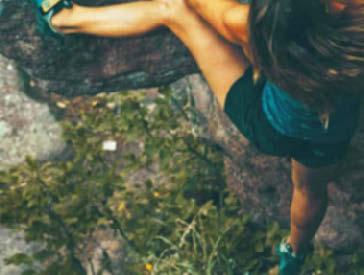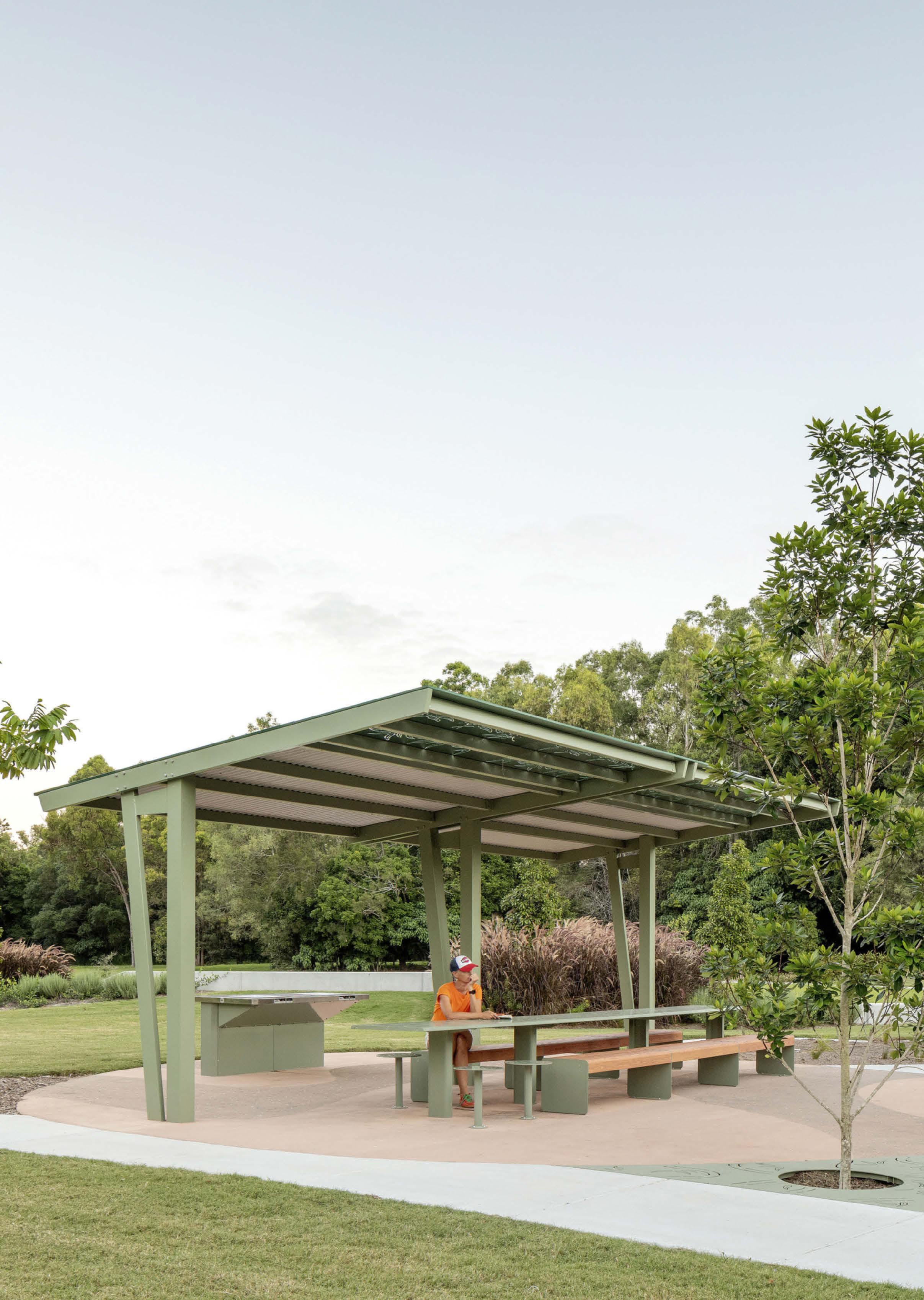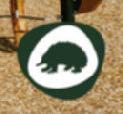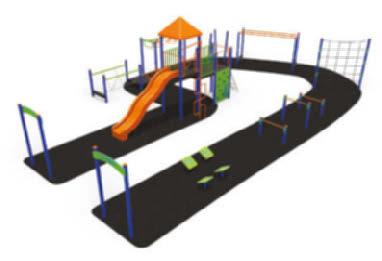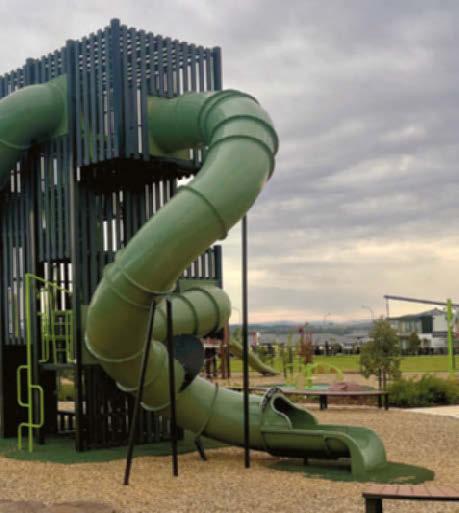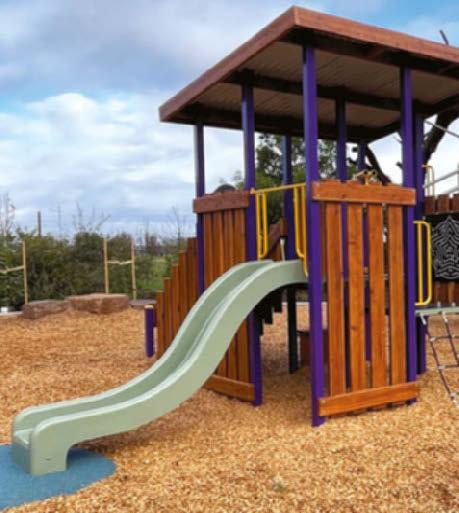















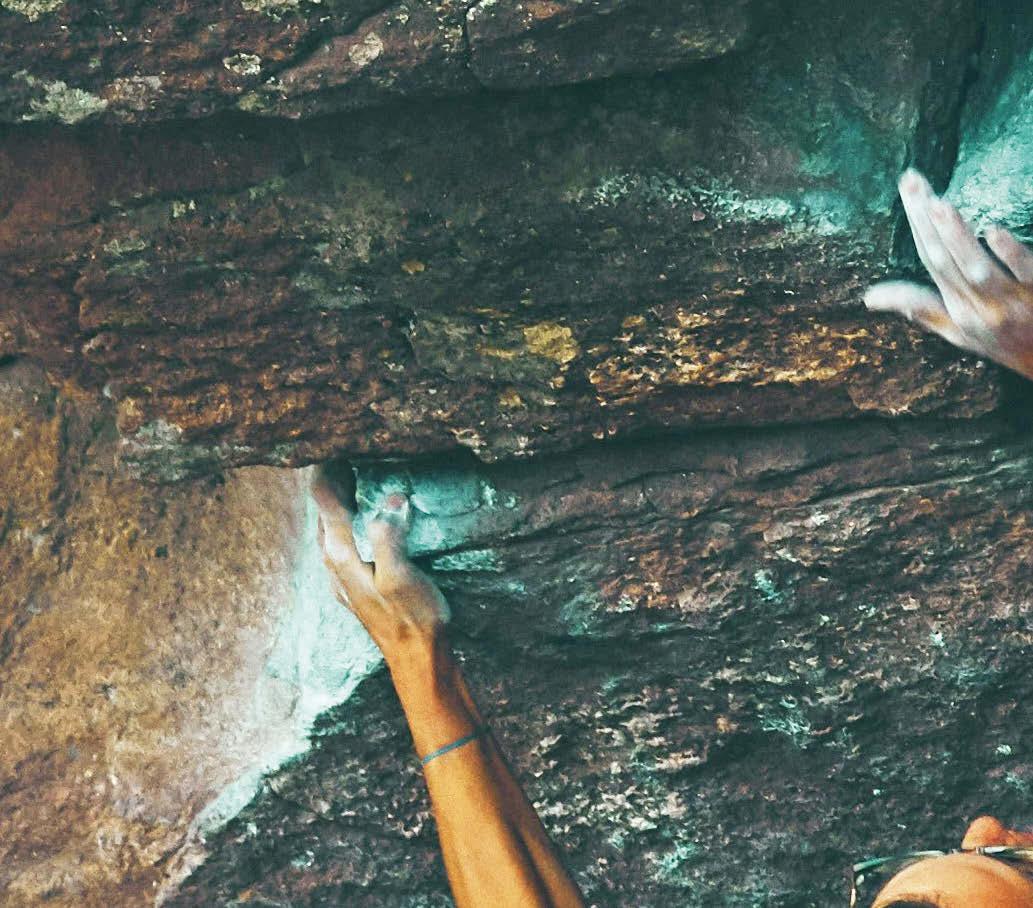



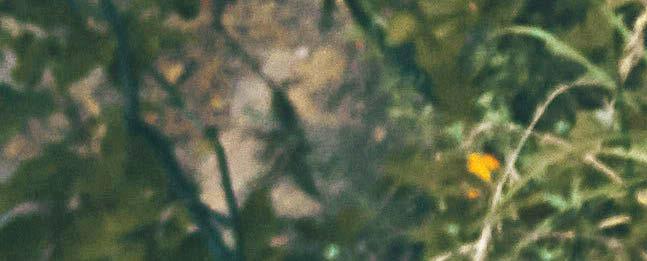




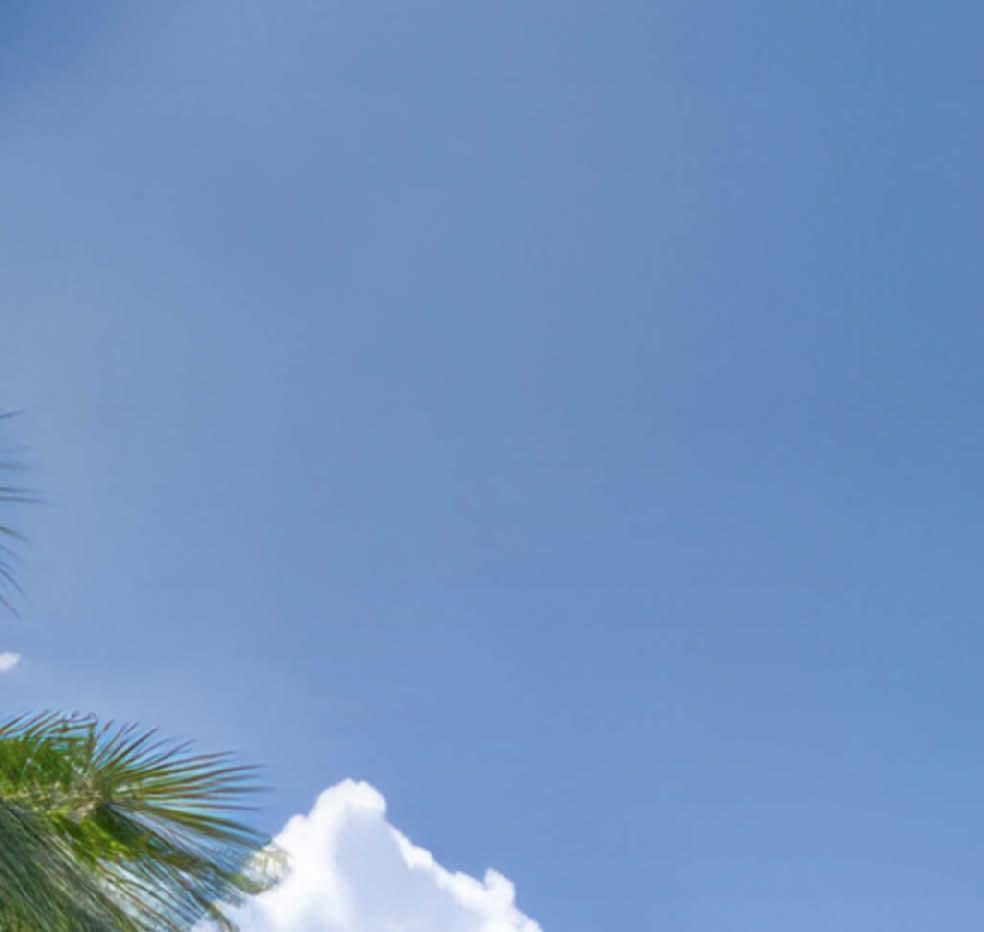
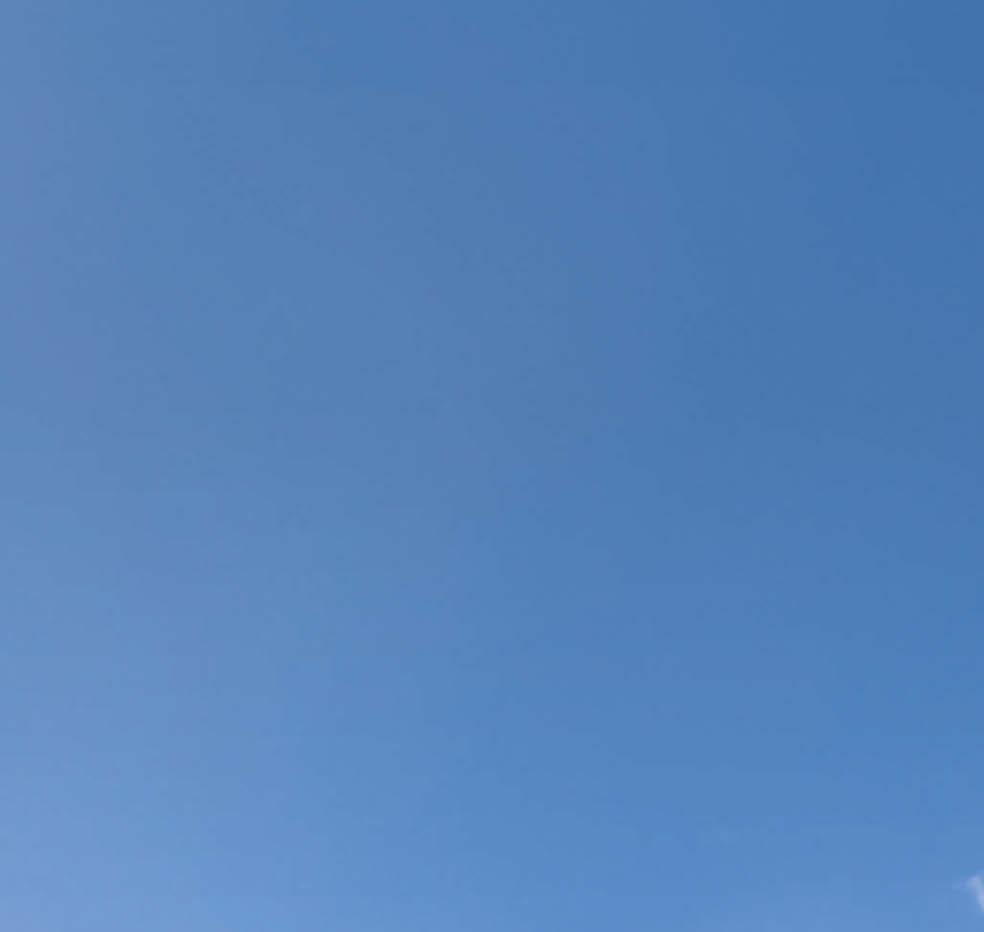





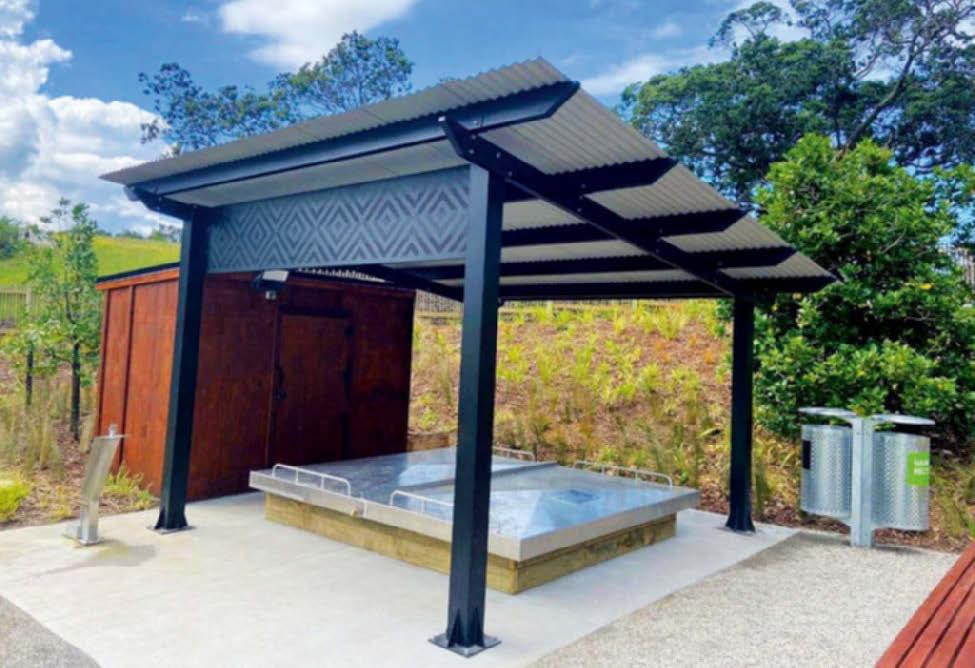
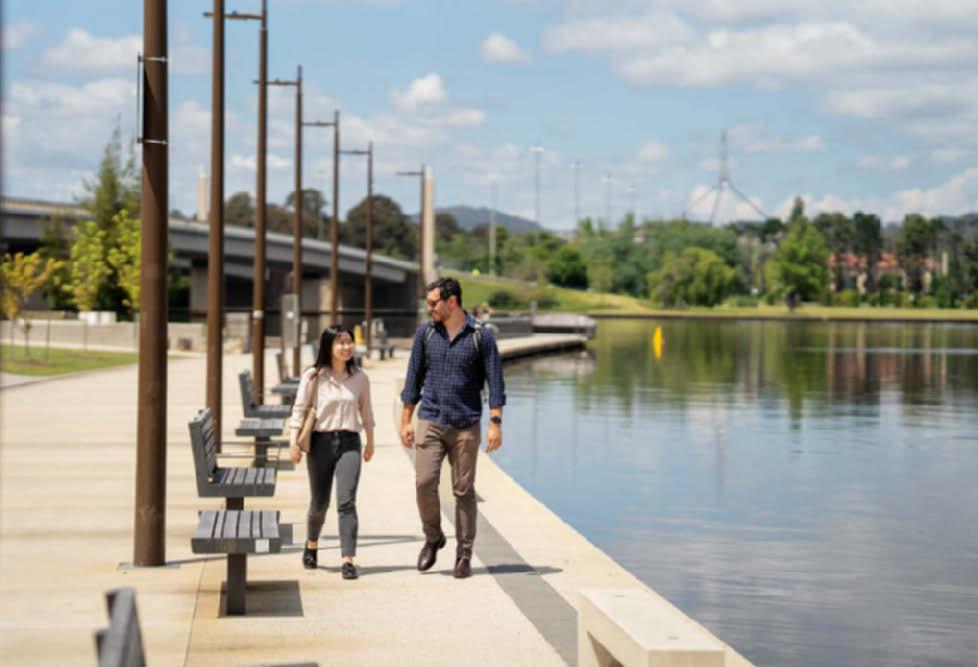
PRODUCTION
EDITORIAL
ADVERTISING
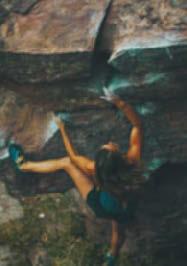

In this edition of the Journal, you will find a host of diverse articles from Australasia and further afield. These feature three new parks and playspaces from New South Wales, Victoria and the ACT, two health and liveability related pieces from Queensland, a frog breeding program from Melbourne, and a wonderful children’s forest initiative from Hornsby in New South Wales. From overseas countries, we have descriptions of how a dump site is progressively becoming a welcoming park in New York and what the town of Guelph in Canada has learned from a study trip to Copenhagen in Denmark. You can also look into a

Hot off the back of our dynamic and valuable program of PLA Region conferences bringing you important local content and networking opportunities, I wanted to congratulate all the regions, delegates and Awards of Excellence winners. Seeing the impressive work from across our sector on show, the insights shared and successful partnerships forged, it made me stop and reflect on the importance of connection.
new UNEP program, Sports for Nature Framework, under which Olympic athletes are calling for urgent action to protect nature, and how park rangers in Fiji are defending sand dunes from climate risks. Finally, an insightful article by Neal Ames (a long-standing PLA member) shares his recent tour visiting 35 European parks across 17 countries, drawing comparisons with our open space facilities here.
John Senior Editorial CoordinatorDid you know that Parks & Leisure Australia (PLA) has been in existence in various forms since 1926 and is the peak body for professionals working in the parks and leisure industry in Australia? As the national peak body for The People Behind The Places, we promote the good use of leisure time through provision of quality places, spaces, programs and services.
Our vision is for Australia to be the most liveable country in the world, renowned for its parks, sport and recreation facilities that provide the foundation for healthy and liveable communities. We connect people to the industry, opportunities and each other.
In a time when it feels like never ending and evolving challenges for our industry, we asked our members to identify the top global trends having a direct and significant impact on the work they do. The largest impacts identified from our enquiries were:
• Increase in construction costs (impacting the number and outcome of projects being delivered)
• Climate change, adaptation and mitigation
• Lack of funding and available resources
• Prominence of workforce and skill shortages
• Cost-of-living crisis
All of this occurs as the sector grapples with the fine balancing act between value, innovation,
adaptation, investment and the legacy of community infrastructure, while upholding the importance of the Olympics and Commonwealth Games to our people and our country. Throw in an asbestos scare in mulch supplies nationally and we have had our fair share of hurdles (pardon the pun).
The consistent element in all of this is our industry connection and how we come together to overcome and address these collective challenges.
PLA is here to represent and support our members, including professionals from community and urban planning; placemaking, parks management, environment and conservation; sport and physical activity, tourism and the arts. PLA supports and partners with several organisations and individuals in the development of evidence-based research to highlight the importance of the industry. It also works closely with the private sector to support growth and development of quality products, services and best practice that enhance opportunities and the lifestyles of all Australians. We are better together.
A great example of sector collaboration is Play Well: Australia’s Sport Participation Strategy, launched earlier this year. Australian Sports Commission (ASC) CEO, Kieren Perkins OAM, captured it best when he said, “We know Australians value sport, it’s
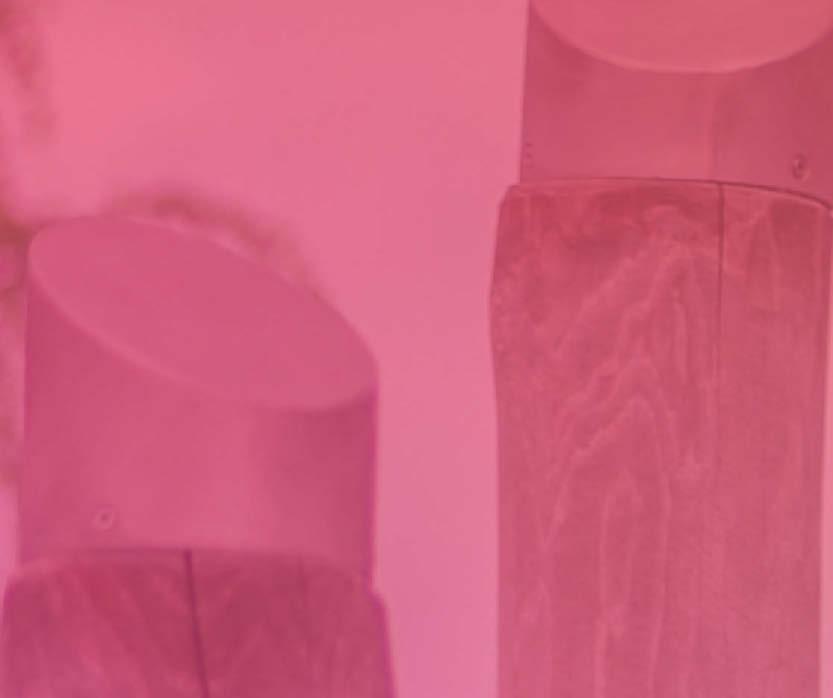








We create imaginary worlds where adventures are waiting to happen.
Welcome to Urbania.


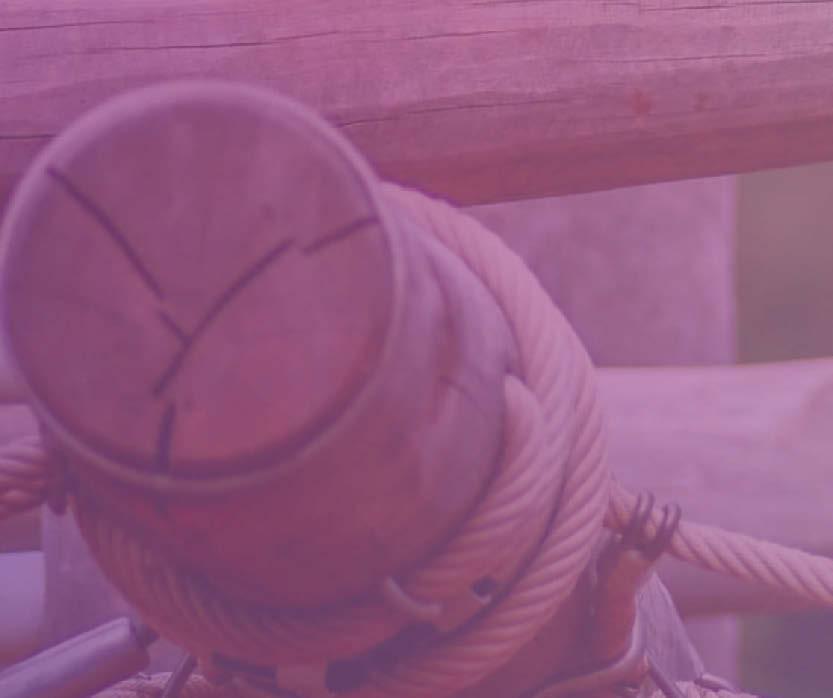
Many of the skills we need as adults are developed in the playground. At Urbania, we create imaginary worlds where kids can take risks, overcome fears and make new friends.
As well as amazing playgrounds, we also offer contemporary street furniture and end-to-end landscaping packages. And our background with Marcus Constructions means we also handle all the work needed to bring community spaces to life.
Let the adventures begin.
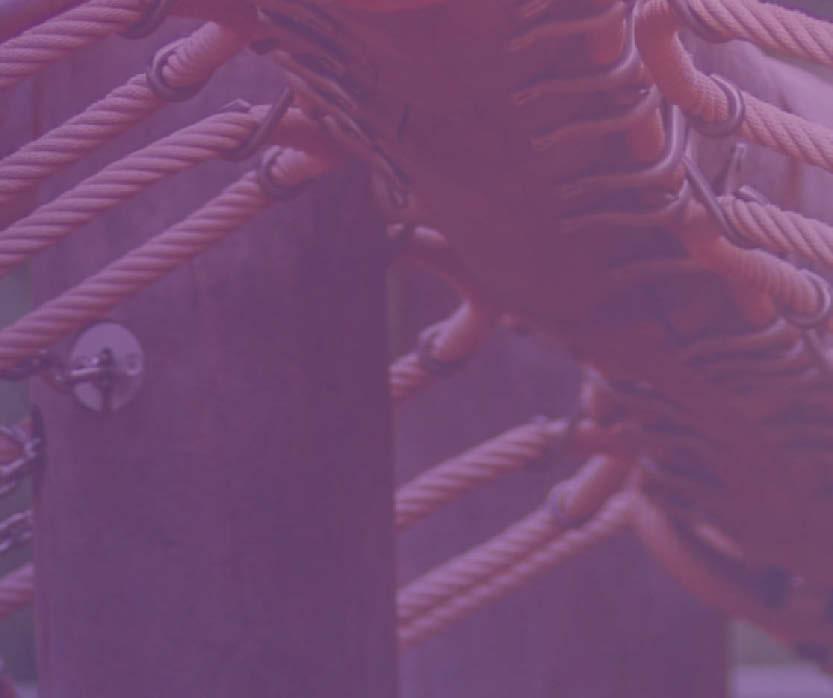
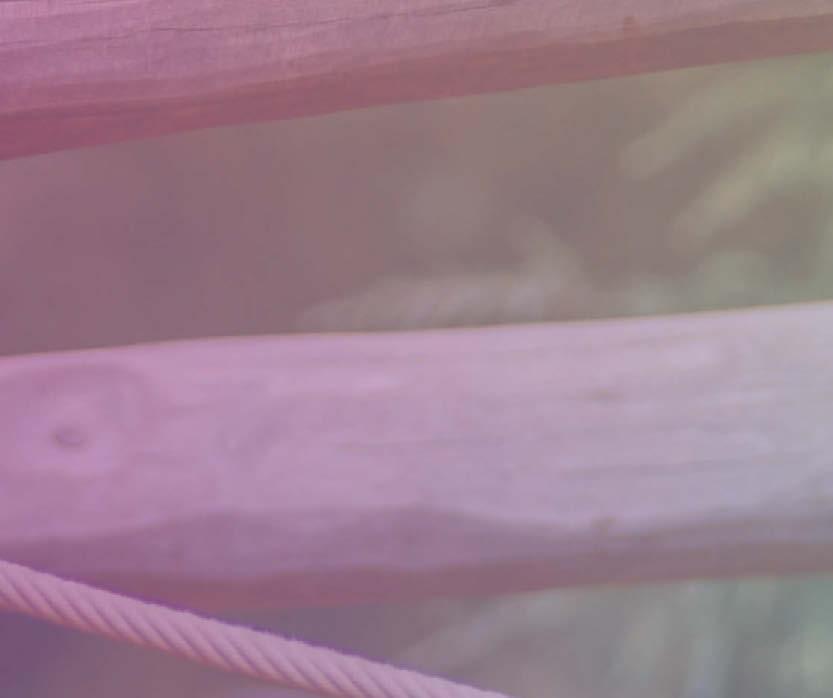
Moveart | Richter Spielgeräte | Durbanis
urbania.com.au



part of the fabric of who we are, but sport also needs to change. It needs to be more open and inclusive. We need to ensure that we are providing more opportunities for all Australians to be involved in sport in whatever role they choose. The Play Well Strategy is the result of a collective effort of passionate people from across Australia who are all committed to creating a more active and healthier Australia through sport. I am excited about where this strategy can take us.”
The Play Well Strategy has been developed to create great sporting environments and experiences, where individuals of all ages, backgrounds, genders and abilities can come together to access the benefits of sport. Based on the principles that everyone has a right to participate in sport and sport is a powerful vehicle for personal growth, community building and positive social change. Harnessing knowledge and experience from across the sector, the ASC are committed to making positive changes, to breaking down barriers and empowering individuals to explore, create and connect through sport. Redefining participation to be more than just competing, it’s about creating safe, welcoming and inclusive spaces where everyone can belong and thrive. I want to congratulate the ASC and Play Well Leadership Group for their crucial role in implementing the Play Well Strategy, bringing the sector together with a vision of ensuring “Everyone has a place in sport”. It’s great to see PLA members and award winners at the table driving change. The progress being made in this area is truly inspiring.
In light of recent global challenges, the significance of open spaces, leisure and recreation facilities in our communities has never been clearer. Places to play, parks, sports and gathering spaces have emerged as a crucial part of infrastructure planning for promoting both physical and mental wellbeing, leading to an increased focus and usage across the board. We extend a warm invitation to participate in this important industry lead program and join us in Brisbane for the National Parks and Leisure
Conference from 13 to 16 October 2024. Don’t miss out on being a part of shaping the future of our cities as places of play, sport and recreation.
Last quarter, Parks and Leisure Australia unveiled the new executive team that will guide its future. I am both honoured and excited to have been selected as our new National President, along with the talented Tara Looby as our new Deputy President, and the specialist Stefan Ratnasingham as our new Director of Finance. With this capable team at the helm, we are continuing the great progress made to date and confident in the exciting developments ahead for our organisation, our industry and our members.
I thank the excellent work of the previous executive led by our outgoing president Les Munn. At PLA National, we very much work as a team and I am thrilled to share that Les has agreed to stay on in the Immediate Past President role to continue our important work.
I am also pleased to share the incredible progress we have made over the past year:
• Our membership strategy has seen our membership hit a record high.
• Our new website and CRM system have made it easier for members to connect and engage, with over 115 events nationwide bringing us together.
• Our successful Joint International Congress in October 2023 welcomed over 500 attendees from 15 countries, showcasing the beautiful and green City of Adelaide.
• Our efforts towards gender equity have seen female membership increase to 42 percent — a significant five percent jump from this time last year — and our member diversity is tracking in the right direction.
• Our partnerships are stronger than ever as we adapt our offerings and approaches to better suit our member and partner needs.
• Our positive financial position is enabling us to invest in strategic objectives.
We thank our national sponsors and partners:




And we’re just getting started! Looking ahead, our focus remains strong as we work towards achieving our Strategic Plan, PLA Towards 2025, and representing the people behind the places to make a real impact in the industry. The next 12 months will see us continue our important research and advocacy on the topics that matter most to our members, strengthen our membership and offerings in Tasmania, and sustainably grow our organisation and our membership.
Lastly, I am thrilled to take on the role of Parks and Leisure Australia National President. As I make my way around speaking to people across our diverse industry, both nationally and internationally, I am eager to listen and work towards positive changes for our organisation, with our members at the forefront of everything we do. I remain committed towards a future defined by excellence, connection, growth and play.
Kristin Davies PLA National President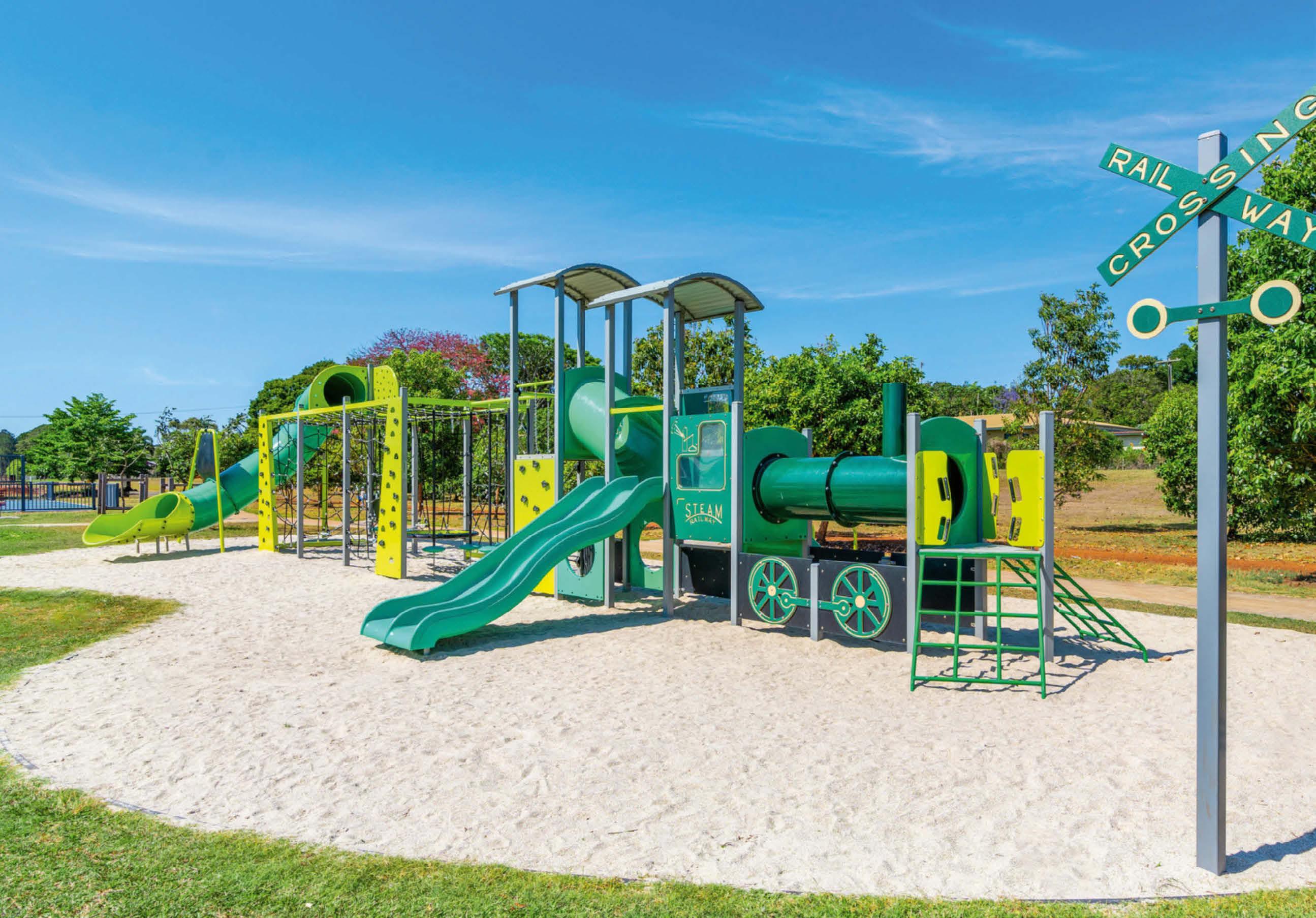


 BOBBY CLARK-HEU & MICHÈLE FREY
BOBBY CLARK-HEU & MICHÈLE FREY
We’re now well into 2024; so far, it’s been a great start to the year. The sun’s been shining (mostly) and our communities have been in full swing, utilising our beautiful parks, facilities and open spaces. We’ve got lots to look forward to in 2024 yet.
This year sees Recreation Aotearoa on a journey of reflection and reviewing our Mahi Ngātahi (working together as one) journey so far. This mahi will also integrate into our Te Whai Oranga strategy review. We have established a Mahi Ngātahi Working Group to really drive forward the review process. Members of our working group include representatives from the board, Te Kāhui Kura Māori, the Regional

Tēnā tatou katoa. As recreation professionals, we intuitively understand the value of recreation. We see and feel the benefits recreation brings to our communities on a daily basis. For many of us, it’s why we work in the industry. But sometimes, intuitively knowing something isn’t enough; particularly when the pressure is on, budgets are tight and new, expensive challenges like climate change are bearing down on us. We need to be able to talk about our value proposition with confidence — and with evidence and data to support our case.
Last year, Sport NZ Ihi Aotearoa commissioned a consortium of local and international researchers to quantify the social ROI of participation in recreational physical activity. The study found physical activity
Advisory Group as well as Recreation Aotearoa management.
The purpose of the review is to explore how we bring to life our commitment to Te Tiriti o Waitangi through our governance policies and practices. This includes looking at changes we might make to our Constitution so we become a truly Te Tiriti-centric organisation that honours and reflects our shared heritage as people of Aotearoa. Simultaneously, we’ll also be looking at how we comply with the new Incorporated Societies Act 2022, with the aim of presenting recommended changes to our members for consideration at the AGM in November.
We’re looking forward to bringing you a fantastic conference lineup. In May, Green Pavlova will be held at Te Pae Convention Centre in Ōtautahi. This year’s theme is He Oranga Taiao, He Oranga Tāngata; the programme is focused on resilience through community, partnership, technology and environmental sustainability. In addition, we have secured additional investment from Sport NZ Ihi Aotearoa to deliver a national play
workforce hui, integrated with Green Pavlova. In August, Waves will be coming to you from Lower Hutt. This year’s theme is Eke Panuku — Building a strong sector for the future and beyond. And keep an eye out for updates on the Recreation Conference due to be held in Tāmaki Makaurau in November.
Over to our partners; we would like to wish Les Munn, the outgoing PLA President, our very best wishes as he steps away from the role. We would also like to congratulate Kristin Davis on her new appointment to the role of PLA President. Kristin is an inspiration, having made a considerable contribution to the industry.
As we head into the winter months, we embrace the change in te taiao and a slower pace as we look forward to celebrating Matariki in June. Kia tau ngā manaakitanga ki runga i ngā hapori katoa o te motu (Sending our best wishes to all communities across the country).
Bobby Clark-Heu & Michèle Frey Co-Chairs, Recreation Aotearoa
generates considerable value to society, beyond the traditional economic measures usually seen. This like improved health and subjective wellbeing, improved productivity, social connections, and a reduction in preventable accidents and disease.
Across Aotearoa, something in the order of $7.95 billion is invested in providing sport and recreation opportunities, for a societal return of $16.81 billion. Put another way, every dollar spent on enabling recreational physical activity returns $2.12 in social benefit. That’s a return that decision makers and funders can see and understand!
Over the last few months, we have been advocating on behalf of our members through Council Long-term Plan processes. We’re calling on decision makers to show that they understand and value recreation by continuing to invest in critical community infrastructure. We understand the overwhelming pressure that local government is under. But we caution against trading off recreation investment to balance the books. As shown in the Social Return on Investment study, this is a false economy and hurts the very communities we are here to support.
On another notes, a big congratulations
to our partner CLM, who are putting their shoulder to the wheel to help reduce the recreation sector’s climate impact. CLM recently shared that over the last six months, they have reduced energy consumption across their pools and facilities by 11 percent. They’ve also reduced water consumption by 27 percent. Through this effort, they have saved a massive $25,000, proving that taking climate action is good for people and the planet, and good for the bottom line.
This year is shaping up to be a big year for Recreation Aotearoa. At the time of writing, we’re well underway with planning for this year’s Green Pavlova Conference in Ōtautahi (Christchurch). We’re starting to turn our focus to Waves in Te Awa Kairangi ki Tai (Lower Hutt) and Recreation Conference in Tāmaki Makaurau (Auckland). I’m looking forward to connecting with our members at all three events and sharing some of the exciting work we have been doing as part of our Mahi Ngātahi Governance Review and Te Whai Oranga Strategy Review. Watch this space. Ngā manaakitanga.
Sarah Murray CEO, Recreation AotearoaKRESS AUSTRALIA UNVEILS ITS ANSWER TO SUSTAINABLE LANDSCAPING
WORDS KRESS AUSTRALIA
City leaders and citizens agree that climate change and pollution are critical challenges. Among other measures to mitigate air and noise emissions, policymakers are progressively phasing out petrolpowered outdoor equipment that, according to leading environmental agencies, are a key contributor to toxic and carcinogenic exhaust, alongside fine particulate matter.
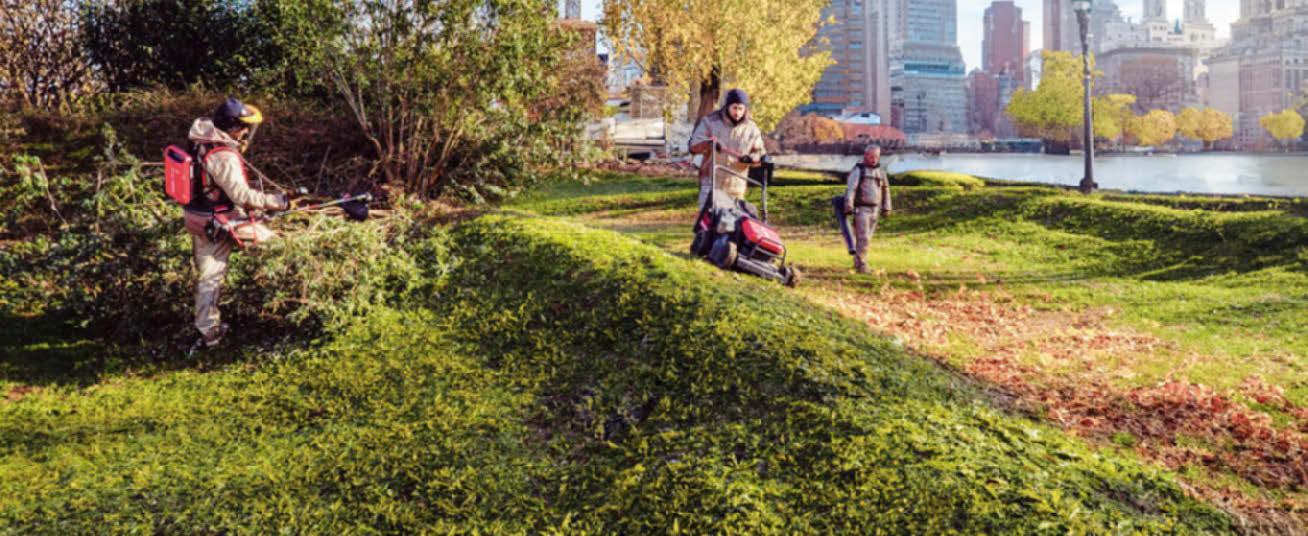
THE TRANSITION IS PICKING UP SPEED, PUSHED BY THE DEMAND FROM MUNICIPALITIES, COMMERCIAL FACILITIES AND HIGH-END RESIDENTIAL NEIGHBOURHOODS. - JOE OOSTHUIZEN, COUNTRY MANAGER, KRESS AUSTRALIA
In the absence of regulatory mandates or customer demands, it has been difficult for professional landscapers to adopt eco-conscious practices. Current battery-powered equipment often lacks the necessary power for the tasks of commercial landscaping, which can significantly impact productivity.
To maintain continuous operation, crews must stockpile a significant number of charged batteries. Moreover, the limited lifespan of conventional batteries positions them as a costlier alternative to traditional petrol-powered options.
Kress raises the bar for sustainability, productivity and profitability. A groundbreaking battery technology is at the heart of the eight-minute CyberPack innovation, which leverages proprietary chemistry to deliver high-current flow without the typical heat buildup that accelerates battery degradation. This breakthrough allows for unprecedented power and a full charge in merely eight minutes while ensuring unmatched longevity, backed by an eight-year or 3,000-cycle* limited warranty.
To ensure continuous operation throughout the day, the Kress CyberSystem features a unique selection of portable DC-DC chargers, enabling ultra-fast, battery charging on-the-go, even when kilometers away from the nearest AC power source.
Two- and four-stroke engines reach their maximum torque and power at high RPMs when they hit a sweet spot in their performance curve. In contrast, as we know from EVs, electric motors maintain peak performance over a broad range of RPMs. Yet, conventional low voltage batteries, like those used for OPE, could only deliver high power by pushing the current to levels that would degrade or even damage cells.
Kress’s 4Ah eight-minute CyberPack on-board battery delivers the power equivalent of a 55cc two-stroke engine, but with maximum torque delivered
instantly at the pull of the trigger. This means instant power access without the wait, transforming operators’ work experience with newfound efficiency and productivity.
Kress is committed to advancing the expansion of green landscaping by offering a unique business model designed to support landscape maintenance companies. This model revolutionises the traditional approach to fleet renewal by eliminating upfront costs, thus preserving working capital.
The simple yet effective formula relies on manageable monthly instalments, comfortably balanced by the savings from reduced fuel and maintenance expenses. The result? Enhanced profitability through pure profit, making the green transition not only feasible but financially advantageous.
ENHANCING THE ENVIRONMENT AND WORKERS’ HEALTH
The transition to zero-emission landscaping not only helps cities achieve their decarbonisation targets but also elevates the overall health and quality of life for its residents.
THE ERA OF BATTERIES CHASING THE POWER OF PETROL ENGINES IS OVER. NOW, IT’S THEIR TURN TO TRY AND CATCH UP WITH KRESS.” - LACHLAN MCDONALD, GENERAL MANAGER-COMMERCIAL CHANNELS, KRESS AUSTRALIA
Landscapers, who face the most significant risk associated with emissions from petrol-powered equipment, can experience immediate health benefits. Switching to Kress battery-powered solutions eliminates exposure to toxic exhaust fumes and significantly reduces the consequences of noise and vibration.
Transitions can only happen when a viable solution is available.
Kress transcends conventional battery limitations, blending advanced technology with an innovative business model to offer the only eco-friendly solution that promises significant longterm cost savings over fossil fuels.
Kress Commercial products are now available at select top-tier commercial dealerships throughout Australia.
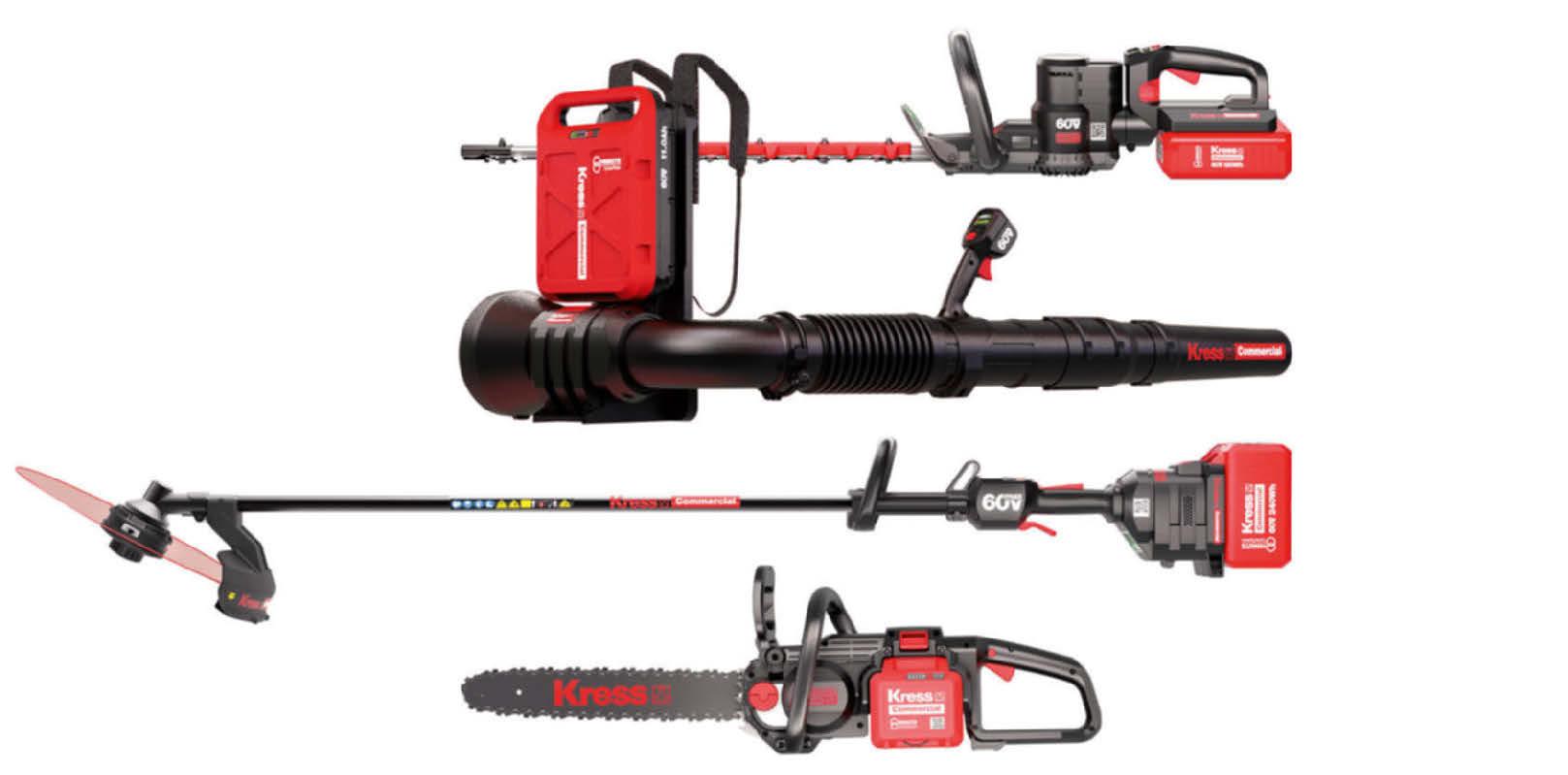


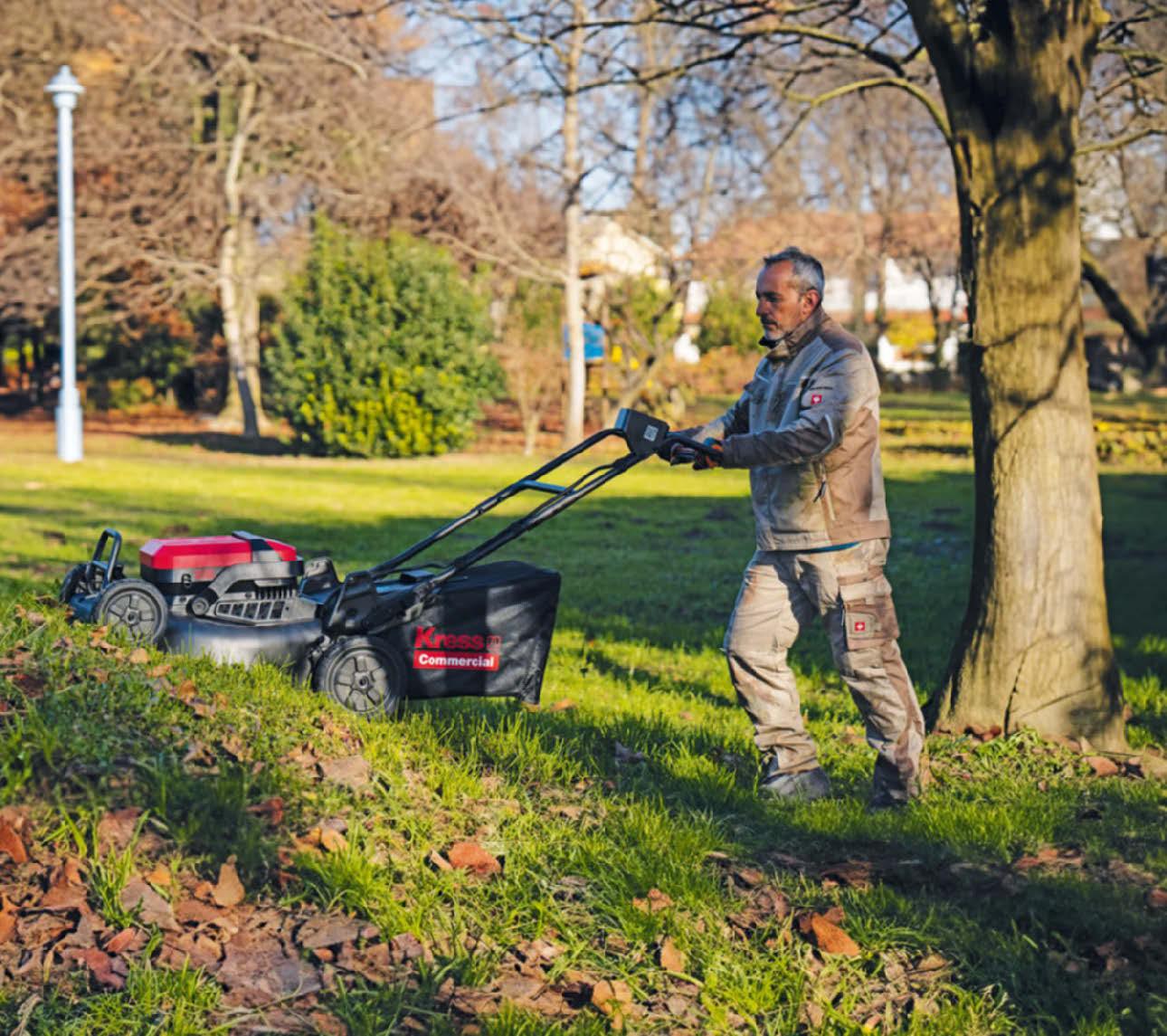

Established in 1928 by German engineer Christian Kress, the company initially specialized in AC and DC electric motors. By the 1960s, Kress had expanded into the realm of professional power tools for builders, metal workers and wood workers. A pivotal moment came in 2017 with the incorporation into the Positec Group, marking a renewed commitment to ecoinnovation.
Today, Kress is at the forefront of zeroemission outdoor power equipment, serving professional landscapers globally.
For more information visit kress.com
*5 + 3 Years^ or 2000 + 1000 charging cycles (whichever comes first)
^The additional warranty period applies only if customer registers their Kress products at www.kress.com/en-au/ within 30 days of purchase.




WORDS QUEENSLAND HEALTH
Shade provides numerous health benefits and can help protect communities from the harmful effects of excessive ultraviolet (UV) radiation exposure and future skin cancer risk. Tree canopy plays a fundamental role in its natural contribution to shade within our urban environments. There is a limited evidence-base for tree planting that focuses on reducing UV radiation exposure and advice for practitioners to optimise shade tree provision in the built environment.
Queensland Health has commissioned academic research with Professor Nathan Downs of University of Southern Queensland (USQ) to identify optimal tree species to maximise UV radiation protection and shade provision.
CanopyCast has been developed to translate technical evidence-based data generated by Professor Nathan Downs into a practical application. It will analyse UV radiation and shade protection for various tree forms and densities and along footpaths positioned in various orientations.
CanopyCast is a digital solar analysis application that analyses shade and UV index reduction provided by trees. It has been developed to help inform decision makers and local governments in the planning and planting of shade trees.
Shade Tree Guidance presents the research and thinking that has informed CanopyCast and summarises relevant
advice for the delivery of shade tree planning and planting within Queensland.
Queensland Health engaged government, local government and organisations who have responsibility for specific built and natural environment policy, planning, investment directions and delivery throughout the process. The stakeholders and a broad understanding of industry processes and literature have informed and shaped CanopyCast and Shade Tree Guidance.
The benefits of tree shade have been widely researched with the most significant advantages being their ability to support urban cooling, lower urban heat island (UHI) effect, improving ambient temperature, together with well-supported health benefits essential for physical and mental wellbeing. Tree shade can also reduce the amount of ultraviolet radiation that penetrates the earth’s surface, protecting people from harmful sun exposure.
A selection of measurable outcomes derived from research and previous studies have been provided to support the importance of strategic planning and planting of trees in Queensland.
A selection of studies has been provided to support the various benefits that tree shade can provide:
• Improved Thermal Comfort
A report from the Sustainable Cities and Society Journal (Vol 52),
investigating the placement and design of shade trees, found that tree shade contributes to changes in climate factors such as relative humidity, wind speed and overall radiation loads, meaning that perceived human thermal comfort is improved. [8]
• Valuable Green Infrastructure
Studies from the article, Association of Urban Green Space With Mental Health and General Health Among Adults in Australia, indicate that greenspaces with a higher density of tree canopy are more desirable to visit and spend time in, and are, in general, associated with higher levels of social connection compared to simple open spaces such as large areas of grass. [2]
• Contributes to Local Cooling and Reduction of UHI
A WWF Australia study found that, through evapotranspiration and the provision of shade, tree canopy can lower surface and air temperatures by as much as 11-25 degrees Celsius compared to temperatures of unshaded surfaces. [14]
• Improves Air Quality
A UN report states that a tree can absorb up to 150kg of CO2 per year and filter urban pollutants and fine particulates, consequently improving air quality. [13]
The following studies discuss the health benefits that greenspaces and trees provide:
• Reduction of Diseases
American studies analysing the health benefits of greenness have found that exposure to greenness
can boost immune function and can lower the risk of developing chronic diseases, such as cardiovascular disease and diabetes. [6]
• Promote Physical Activity and Active Transport
A WWF Australia report indicates that trees encourage outdoor physical activity by providing shade, thermal comfort and improving neighbourhood aesthetics [14]. They also encourage active transport mode selection as trees can increase pedestrian and cyclist safety by providing a physical and psychological buffer between the traffic and footpaths [8].
• Improve Mental Health
In the article, A Review of the Health Benefits of Greenness, studies suggest that exposure to greenspaces can lower stress and anxiety levels, as well as improve cognitive function, including attention, memory and task performance [6]. An Australian study also suggested that being nearby or within view of greenspace may enhance recovery from periods of psychosocial stress and increase optimism [2].
• Improved General Health
A study of adults over the age of 45, found that exposure to 30 percent or more tree canopy resulted with 31 percent lower odds of stress and selfreported improved general health issues [2].
• Lower Diabetes Rates
Rates of Type 2 Diabetes (T2D) were 1.1 percent lower in neighbourhoods with greater than 40 percent of greenspace in comparison to neighbourhoods with 0–20 percent greenspace within one kilometre walking distance [2]. Nb: T2D costs $6 billion, annual healthcare costs to Australian economy [4]
• Respiratory Disease Risk Reduction
A report discussing the impact of street trees on asthma in children has found by filtering particles out of the air, trees can improve air quality therefore decreasing the risk of respiratory illnesses, including asthma. [9]
• Foster Social Wellbeing
An article examining the multiple health benefits of urban tree canopy found that, by
providing opportunities for social interaction, trees and greenspaces can help strengthen community ties [12].
The following discusses how trees can contribute to the lowering of UV exposure and related benefits, referencing relevant studies:
• Absorption and Scattering of UV Radiation
A Queensland study that compared the shade characteristics of 21 trees found that, by blocking UV radiation through their leaves, branches and trunks, trees can provide reduced UV levels by up to 50 percent [10].
• Tree Location, Size, Density and Species Selection
A Victorian study revealed that, in order for tree canopy cover to provide UV reduction benefits, adjustments to traditional tree placements and species selections are required that consider street orientation, surrounding built form, season and geographic location [8].
• Outdoor Activity
A Queensland study states that protection from solar UV radiation is an important factor during outdoor sporting and recreational pursuits. This outdoor activity provides a sense of physical wellbeing and contributes to quality of life [10].
• Built Shade Structures
A Western Australian study investigating shade coverage in childhood education found that built shade is shown to correspond with children spending more time outdoors, by acting as a mediator for UV exposure. Built shade structures, such as awnings or pergolas, provide a similar level of UV reduction as shade trees by blocking direct sunlight and reducing the amount of UV radiation that reaches the ground below [3].
• Combined Shade
An article from the Medical Journal of Australia indicates that high quality shade, which refers to a combination of natural shade from trees and built shade, can reduce exposure to UV radiation by up to 75 percent.
View the full report or find out more about CanopyCast at storymaps.arcgis. com/stories/596e052524094c91a4dc5 e1bb3af13fb
1. Arpansa. (2023). Sun exposure and health. (Australian Government) Retrieved from arpansa: arpansa.gov.au/understandingradiation/radiation-sources/more-radiationsources/sun-exposure
2. Astell-Burt, T & Feng, X (2019). Association of Urban Green Space With Mental Health and General Health Among Adults in Australia. JAMA Network Open.
3. Christian, H, Lester, L, Trost, S, Trapp, G, Schipperijn, J, Boruff, B, & Eslick, H (2019). Shade coverage, ultraviolet radiation and children’s physical activity in early childhood education and care. International Journal of Public Health, 1325-1333.
4. Diabetes Australia. (2022, April 5). AIHW data shows diabetes costs the health system almost $2.5B per annum. Retrieved June 29, 2023.
5. Downs, N, Baldwin, L, Parisi, A, Butler, H, Vanos, J, Beckman, M & Harrison, S (2019).
Comparing the annualised dynamic shade characteristics of twenty-one tree canopies across twenty-six municipalities in a high ambient UV climate, Queensland - Australia. Applied Geography, 74-82.
6. James, P, Banay, R, Hart, J & Laden, F (2015).
A Review of the Health Benefits of Greenness. Curr Epidemiol Rep, 131-142.
7. Jones, B (2019). Tree Shade, Temperature, and Human Health: Evidence from Invasive Species-induced Deforestation. Ecological Economics, 156, 12-23.
8. Langenheim, N, White, M, Tapper, N, Livesley, S & Ramirez-Lovering, D (2020). Right tree, right place, right time: A visual-functional design approach to select and place trees for optimal shade benefit to commuting pedestrians. Sustainable Cities and Society, 52, 101816.
9. Lovasi, G S, Quinn, J W, Neckermann, K M, Perzanowski, M S & Rundle, A (2008). Children living in areas with more street trees have lower prevalence of asthma. Journal of Epidemiology & Community Health, 62, 647-649.
10. Parisi, A, Kimlin, M, Wong, J & Wilson, M (2001). Solar ultraviolet exposures at ground level in tree shade during summer in south east Queensland. International Journal of Environmental Health Research, 117-27.
11. Parsons, P, Neale, R, Wolski, P & Green, A (1998). The shady side of solar protection. The Medical Journal of Australia, 327–330.
12. Ulmer, J, Wolf, K, Backman, D, Tretheway, R, Blain, C, O’Neil-Dunne, J & Frank, L (2016). Multiple health benefits of urban tree canopy: The mounting evidence for a green prescription. Health Place, 54-62.
13. UN. (2018, March 21). As cities boom, forests key to meeting demands for water, food and energy – UN. Retrieved from UN News: news. un.org/en/story/2018/03/1005561
14. WWF, Australia and Doctors for the Environment Australia. (2023). Trees: The forgotten heroes for our health. Carlton: WWF/DEA.

At the official naming of Ngamawari (nar-mar-wa-ree), a new public park to be built on the shores of Canberra’s Lake Burley Griffin, a powerful statement from Ngunnawal Elder Caroline Hughes AM stated; “There is so much Ngunnawal history in this place that has not been told.”
The planned three-hectare park has been designed collaboratively with First Nations representatives and artists and will be located on a recently reclaimed section of the lake — itself a major engineering feat. The goal is to use art, landscape architecture and storytelling to make reconciliation and truth telling cornerstones of this national awardwinning ACT Government City Renewal Authority infrastructure project.
The opportunity to recognise local Ngunnawal peoples has been a common theme in community consultations on this project. It represents the groundswell of support to honour the region’s traditional custodians, who have occupied the area for tens of thousands of years.
Ngamawari will neighbour other key Authority projects: the outdoor gym, barbecue area and greenspace installed for Henry Rolland Park in 2018; 750 metres of boardwalk installed
progressively between 2018 and 2022; the future Acton Waterfront urban neighbourhood and its proposed mix of shops, businesses, cafes, recreation facilities and accommodation.
The new park will provide different spaces for events, markets, exhibitions, community gatherings and activities, as well as a community plaza, landscaped areas, barbecues, shelters and toilets.
The Authority’s project vision is to create a special visitor experience that transcends the standard park features. First Nations involvement will educate and entertain visitors with Ngunnawal history and culture, as well inform the proposed native plantings, bush tucker gardens and a Ngunnawalthemed nature playspace. As a result, Ngamawari will have a special sense of identity and place on the waterfront in the central national area of Canberra.
The Authority realised that such a positive outcome would only be achieved through a genuine commitment to co-design and the embedding of self-determination and cultural awareness. This involved sharing the purpose and scope of the proposed collaboration early in the process, listening and seeking guidance on the engagement approach and
working closely with Ngunnawal elders throughout the entire design process. In doing so, open communication and trust was developed between and with Ngunnawal community members.
Our engagement began with a Walk on Country with the Ngunnawal community, understanding that their connection with Country has continued over thousands of years and offers an opportunity to gain valuable knowledge that would inform our conceptualisation of what the new park should be. Meeting on Country helped create community bonds and enabled the Authority’s team to hear stories of First Nations history.
This was followed by a Design Jam to understand what ideas and stories could be told throughout the new park. Small intensive workshops staged over the next 18 months explored Ngunnawal knowledge around truth-telling and visibility, Country and nature, cultural expression and historic interpretations. This was followed by a series of more detailed design workshops.
The workshops included learning how to support living systems through the curation of diverse native planting palettes to increase biodiversity and climate resilience. It highlighted the
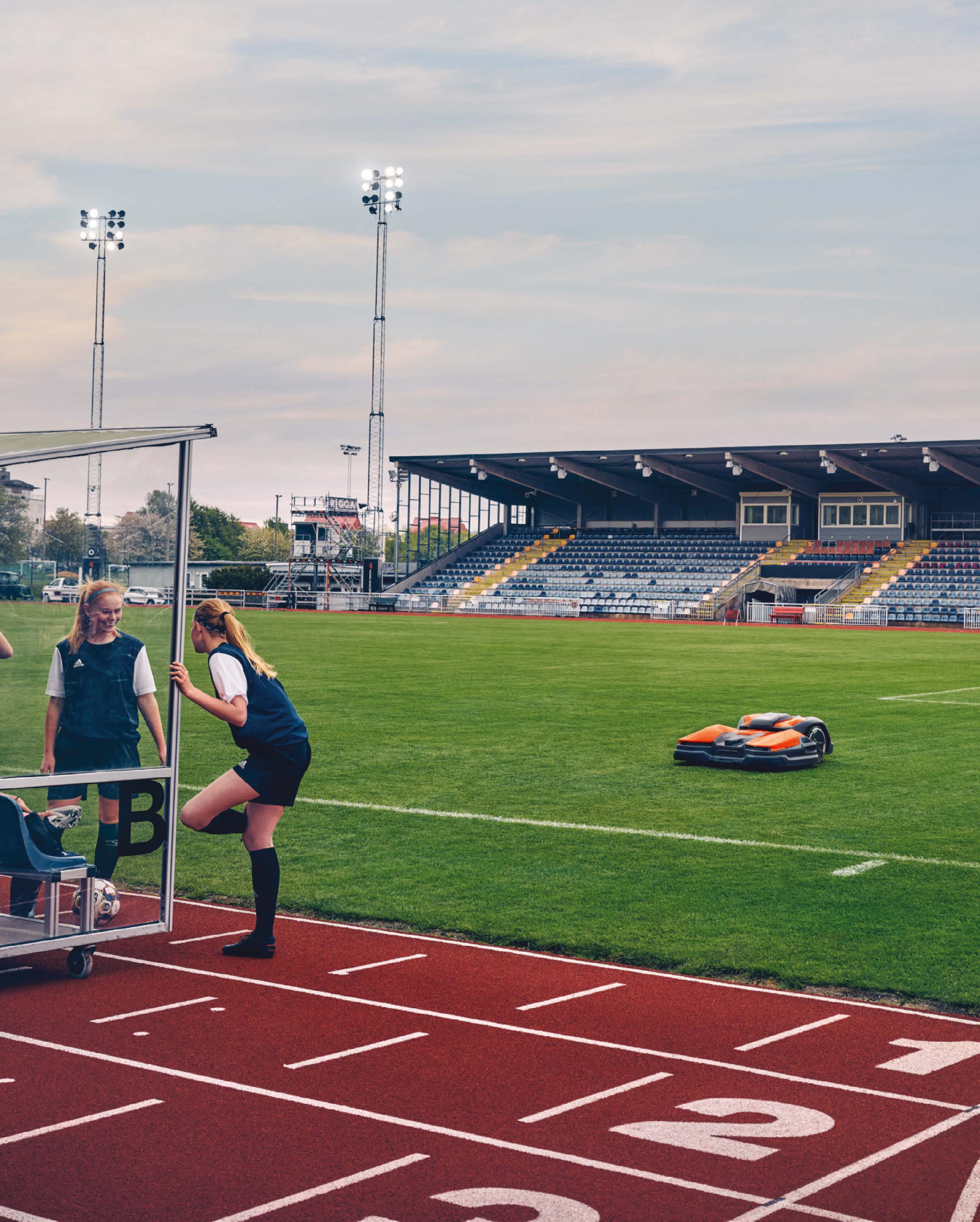
Dreaming of a championship pitch? With Husqvarna CEORA™ the dream is within reach. CEORA™ is a virtually silent autonomous machine that can cover the equivalent area of up to 4 full-size football fields, allowing you to trim both time and expenses. Our cutting system with razor blades in combination with a systematic cutting pattern delivers impressive turf quality. Creating the right conditions for players to perform their very best game. Learn more about CEORA™ on husqvarna.com

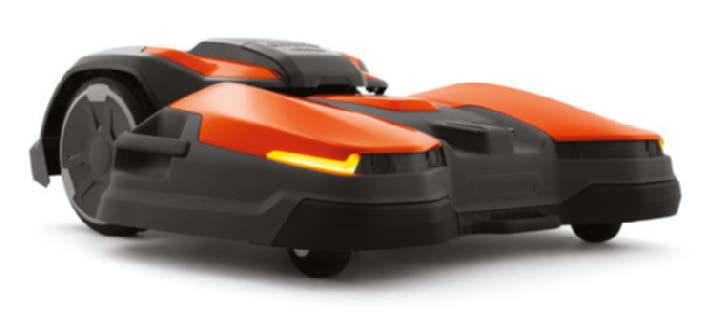 HUSQVARNA CEORA™
BOOK A DEMO
HUSQVARNA CEORA™
BOOK A DEMO
benefits to be gained from bringing First Nations community members to the table and learning from their knowledge passed down over tens of thousands of years.
While these workshops focused on how to incorporate stories and knowledge of the past to enrich the park design, they also focussed on the present. This included opportunities to create employment pathways for First Nations community members. Together, the Authority and First Nations community members identified construction internships, commercial ventures and other pathways for prosperity rooted in community empowerment. These will continue to be explored throughout the development and, ultimately, the management of the park.
The Authority’s focus on building capacity is further highlighted by Ngamawari’s Ngunnawal-led public art installations. The process to develop these art concepts involved a threeday workshop with Ngunnawal elders, artists and storytellers to explore the narratives that best illustrated their culture. Additional workshops helped the participants to develop international quality concepts, which were then assessed by Ngunnawal community members and key representative bodies.
This process provides a powerful platform for cultural expression, with local Ngunnawal artists able to conceive and develop largescale public art works while telling truths of community resilience and reverence. The artworks, once installed, will become synonymous with Ngamawari and be shared with everyone who visits and spends time in the new public space.
At an on-site ceremony on 30 November 2024, the Ngunnawal community officially gifted the new park the name Ngamawari – which means “cave place” in Ngunnawal. This is testament to the value of the co-design process adopted. At this ceremony, Ngunnawal Elder Dr Caroline Hughes AM explained its origins. “The limestone caves (Ngamawari)… have been hidden by Lake Burley Griffin and the city buildings,” Dr Hughes said. “All created at a time when Ngunnawal were excluded from the conversation and development
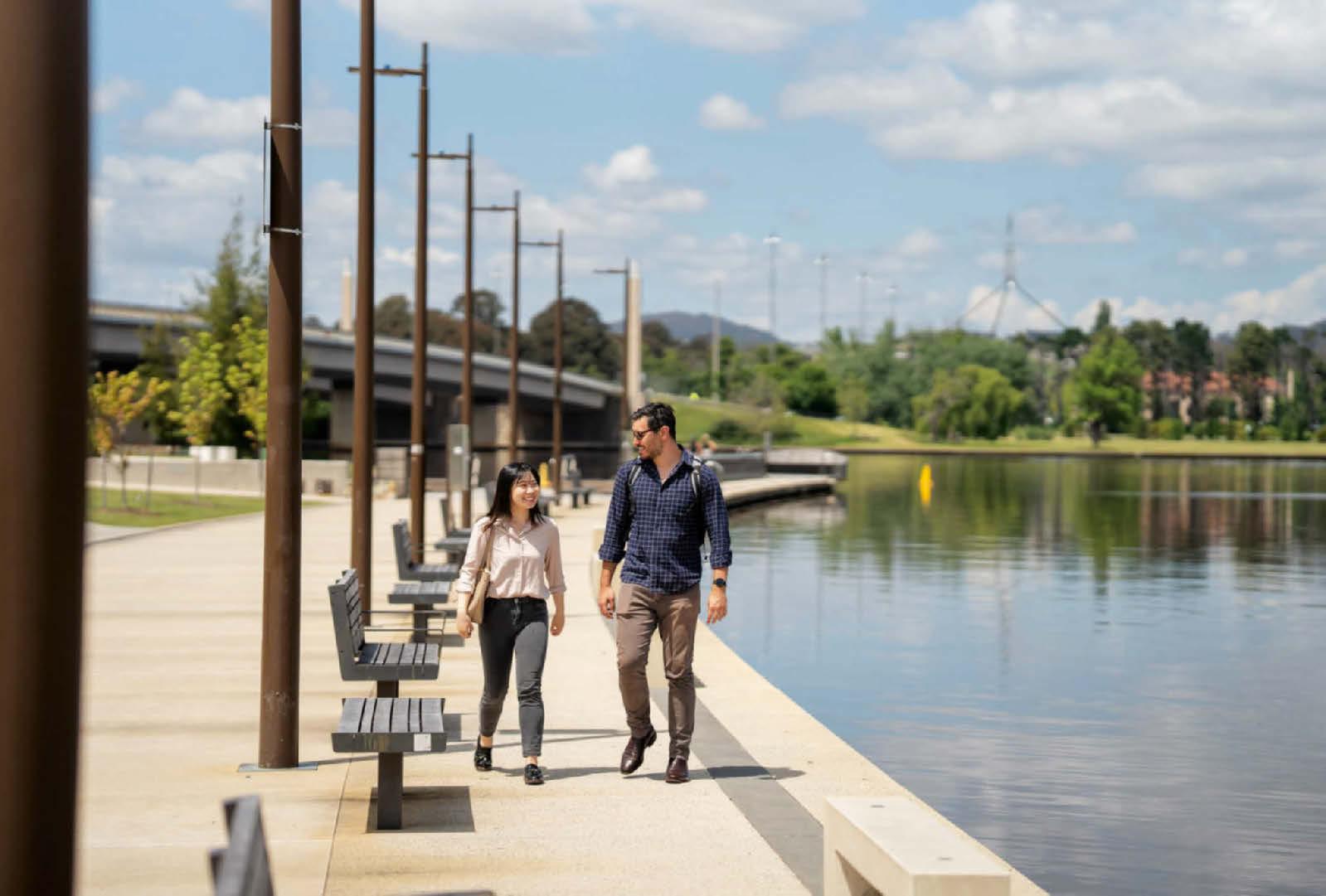
of Canberra. The significance lost forever. Ngamawari celebrates and educates all about Ngunnawal Country, history and language.”
In naming the new park Ngamawari, the little-known story of these First Nations landmarks will be shared with locals and visitors. This includes the important role they played for shelter and art along the Molonglo River, as well as the context in which they were hidden during the lake’s construction. Conversely, Dr Hughes’ words highlight the positive and impactful role that placemaking and designing on Country can play in reconciliation.
The design of Ngamawari has empowered the Ngunnawal community to guide the delivery of a complex and city-shaping project, while also educating and inspiring the Authority’s team of landscape architects. It has also been a powerful tool in building cultural awareness of Ngunnawal history and culture with the broader Canberra community through the consultation process.
The focus is now on bringing the park design to life, following design approval from the National Capital Authority in November 2023. The first stage of early works is underway, including stormwater upgrades, earthworks and a temporary parkland. It is expected the temporary park will open to the public in 2025-26, followed by the permanent park in 2028.
Many years of consultation and collaboration is now coming to fruition. Ngamawari will be a new destination park visited and valued by all Canberrans and visitors to our National Capital. It will also contribute greatly to the Authority’s vision of making Canberra’s City Centre a green and attractive place. It honours the
Traditional Custodians of the Canberra region and elevates sustainability, accessibility and inclusion.
As this exciting addition to the city’s landscape takes shape, our partnership with the Ngunnawal community will translate into a beautiful and enduring public space that celebrates Ngunnawal history and culture, while continuing to provide opportunities for learning and truth telling.
As Dr Hughes highlighted, there is still so much Ngunnawal history in our city to discover and learn. With the design and development of Ngamawari, it’s one more truth about the past that will be told – today and for future generations.
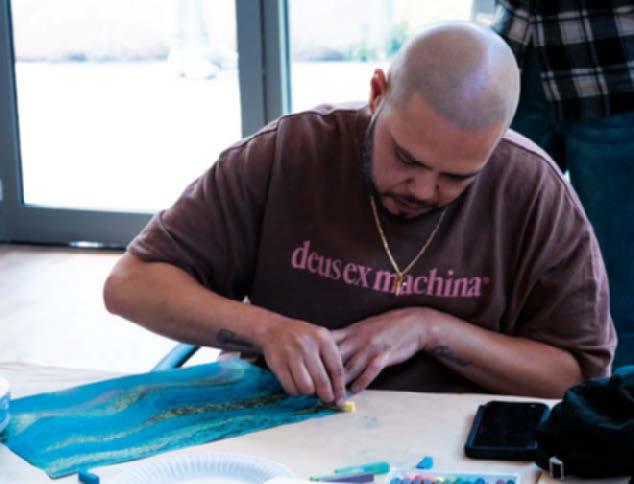
 Ngunnawal Elder Dr Caroline Hughes AM at the 30 November naming ceremony
Ngunnawal artist Bradley Mapiva Brown developing a concept for Ngamawari as part of the three-day workshop with Ngunnawal elders, artists and story tellers. Image FORM WA and BigSpoon Studios
Ngunnawal Elder Dr Caroline Hughes AM at the 30 November naming ceremony
Ngunnawal artist Bradley Mapiva Brown developing a concept for Ngamawari as part of the three-day workshop with Ngunnawal elders, artists and story tellers. Image FORM WA and BigSpoon Studios

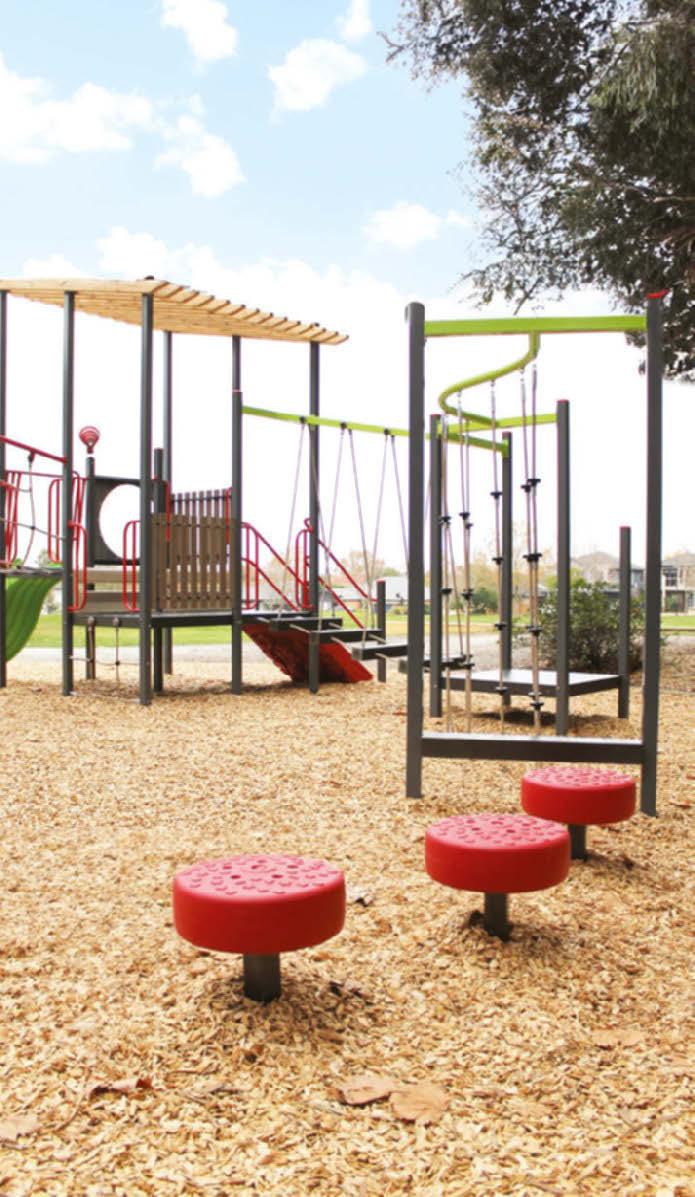




DONOR-FUNDED SURVEY REVEALS GROWLING GRASS FROGS BREEDING AT NEW WETLANDS
WORDS MERRI CREEK MANAGEMENT COMMITTEE
The dusk light is fading and a small group, gathered at the edges of a wetland, switch their spotlights on and cast beams across scattered grasses and ponds. The February night is warm and still — perfect for spotting frogs. The group, three surveyors from Merri Creek Management Committee (MCMC) and Merri-bek Council, are scouring a new wetland at Moomba Park in Fawkner for the presence of the Growling Grass Frog, which until recently hasn’t been seen locally for over 50 years.
The Growling Grass Frog is a ground-dwelling tree frog that was once abundant along the banks of Merri Creek, but whose calls went largely unheard in the area in the 1970s. The species is now listed at both state and federal levels as vulnerable, having disappeared entirely from some areas, including the extent of the Australian Capital Territory. In 2019, Merri Creek residents were thrilled to report the distinctive call was being heard locally once more.
“Until recently, we thought the frogs were getting washed down from further upstream,” says Michael Longmore, who heads up the Ecological Restoration Team at Merri Creek Management Committee. “But once we studied the area, we were hopeful there could be an evolving frog population. We wondered whether incorporating frog habitat into existing plans for a stormwater
treatment plant could work. Merri-bek Council were quick to get on board, even though the prospect of the frogs using the wetland was considered a long shot.”
The wetland where Michael and his fellow surveyors now stand (completed in July 2023) is the result of Merri Creek locals, Merri-bek Council, Melbourne Water and the MCMC collaborating to ensure the Growling Grass Frog’s call will still be heard here in another 50 years. The pond’s success as a habitat will be an important marker in the frog’s struggle for survival. And tonight, the stakes are high. A survey in November 2023 found no frogs; in January 2024, a second survey found just one frog. The team hopes the extra month might have given the frogs a chance to settle in.
Michael plays pre-recorded audio of the famous, guttural Growling Grass Frog call, which has been likened to the sound of a chainsaw. The team waits in silence for a response. After five minutes, the torches are turned back on. Michael’s teammate Nico Wayland stops and backtracks to a spot at the grassy edge of a pond, then takes a step closer. Sitting atop stands of Common Spikerush (carefully selected by wetland designers for this purpose), is
a pair of adult Growling Grass Frogs. And the news gets better: a closer inspection reveals the frogs are proud new parents. In the grasses and on the ground nearby, first one and then another tiny frog is seen. The final count is 18 soon-to-be-adult frogs. It’s the news that Merri Creek supporters have been hoping for.
In 2023, seventy-three generous donors were so inspired by our shared hopes of hearing the calls of the Growling Grass Frog here again that they donated nearly $20,000 to the Merri Creek Environment Fund towards research, surveys, community engagement and citizen science.
The baby frogs that Nico and the team are seeing are known as metamorphlings. These are frogs in the third stage of a frog’s four-stage life cycle, with the first and second stages being eggs and tadpoles, and the final stage being fully formed adults.
Metamorphlings have lost their tails and have fully formed legs but are not yet old enough to breed. Nico is excited to see such a quick response to a management intervention. “With most ecological restoration work it can take many years to see much result from your efforts. But this time, the frogs appeared pretty quickly after the wetland construction. We’re thrilled!”
Michael Longmore agrees. “The frogs still have a long way to go, and it’s important that we keep surveying, but this is an early sign that the efforts Merri-bek Council made to consult experts about what the Growling Grass Frogs need to thrive was worth
it. We hope to share more stories of success with our donors, who helped to deepen our understanding of this precious frog by supporting our campaign last year.”
Merri Creek Management Committee thank the generous
donors who supported the Merri Creek Environment Fund Autumn 2023 appeal to help our endangered Growling Grass Frog. These funds will continue to provide information about how we can best support these precious frogs to thrive here.
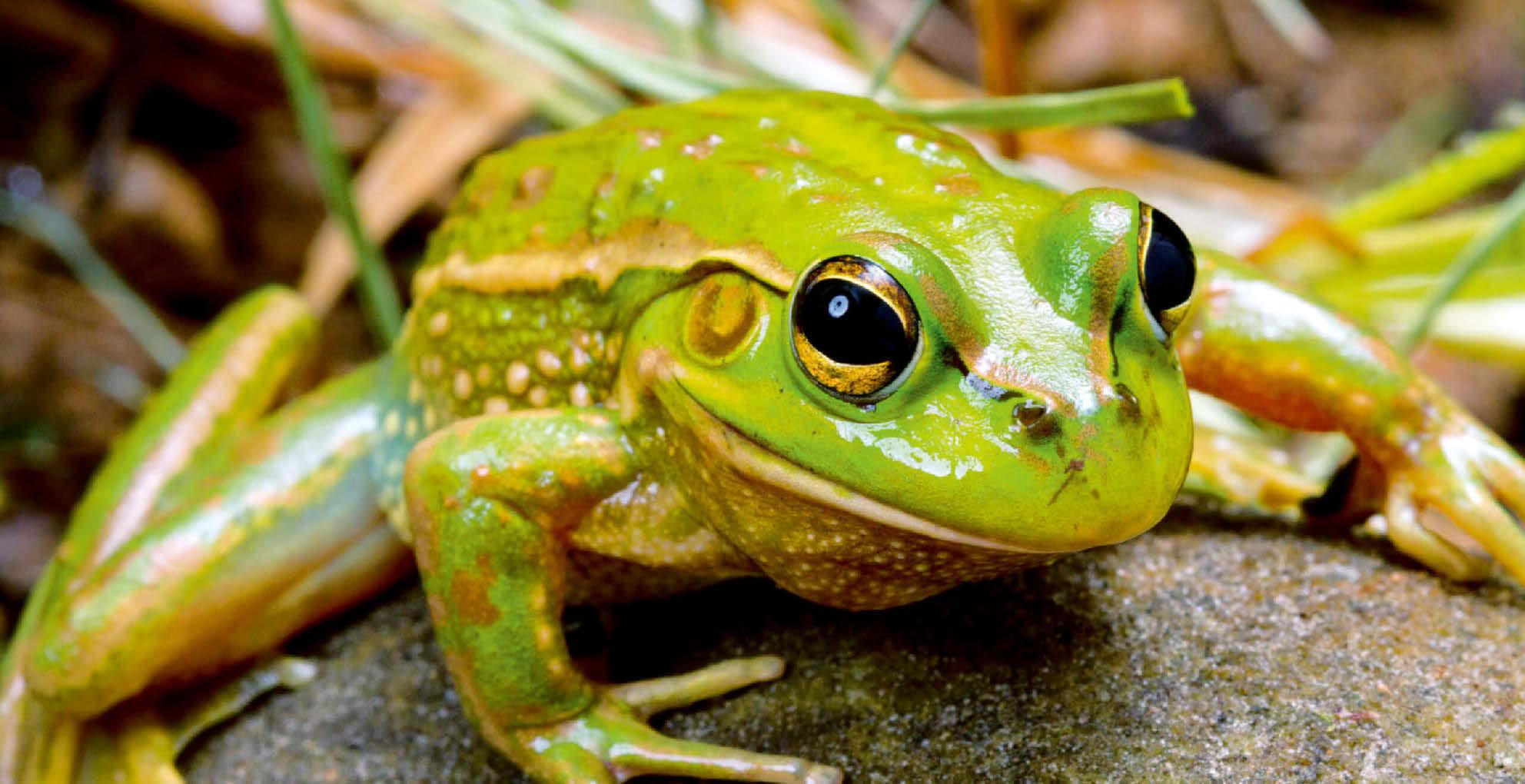


Nature Play is a guiding principle for landscape architects, emphasizing the importance of unstructured outdoor play and the transformative power of nature in children’s development. By allowing children to explore and interact with the natural world, we foster a deep appreciation for the environment while nurturing their sense of wonder and curiosity. Whether it’s climbing trees, constructing forts, or splashing in puddles, Nature Play celebrates the beauty of the outdoors and invites us to engage with it.
As communities seek to enhance experiences for young learners, natural playgrounds provide a compelling solution that goes beyond play to shape well-rounded individuals ready to navigate future challenges. Research supports the positive impact of nature on cognitive function, creativity, and concentration, as children develop critical thinking
skills through imaginative play and problem-solving within natural settings.Natural playgrounds are central to a child’s educational and developmental journey, offering inclusive, sensory-rich experiences for diverse needs and abilities. By incorporating accessible paths, sensory gardens, and nature-inspired activities, these spaces ensure that every child, regardless of ability, can engage fully and meaningfully.
As we prioritize sustainability and innovation, the combination of natural and recycled materials in playground design leads a revolution in landscape architecture. Locally sourced Australian timber complements the surrounding landscapes, offering durability and aesthetic appeal. Additionally, the strategic use of 100% post-consumer recycled (PCR) HDPE sheets and plastic timber profiles presents a sustainable and visually pleasing alternative.
1300 433 364 | 1/45 Neumann Road, Capalaba QLD 4157 | info@austekplay.com.au | austekplay.com.au
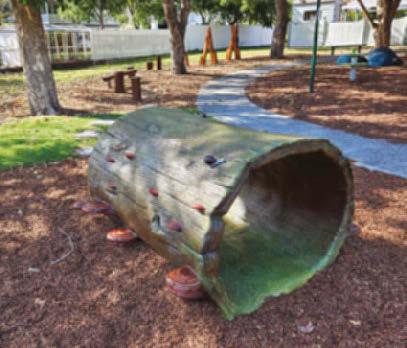
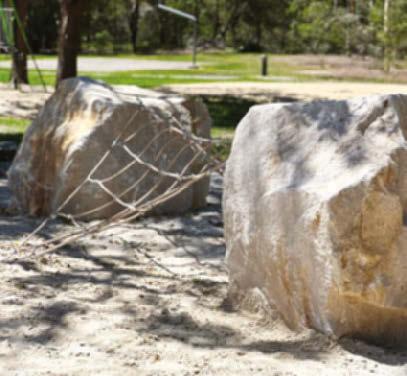
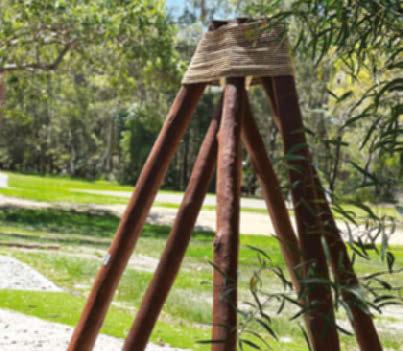
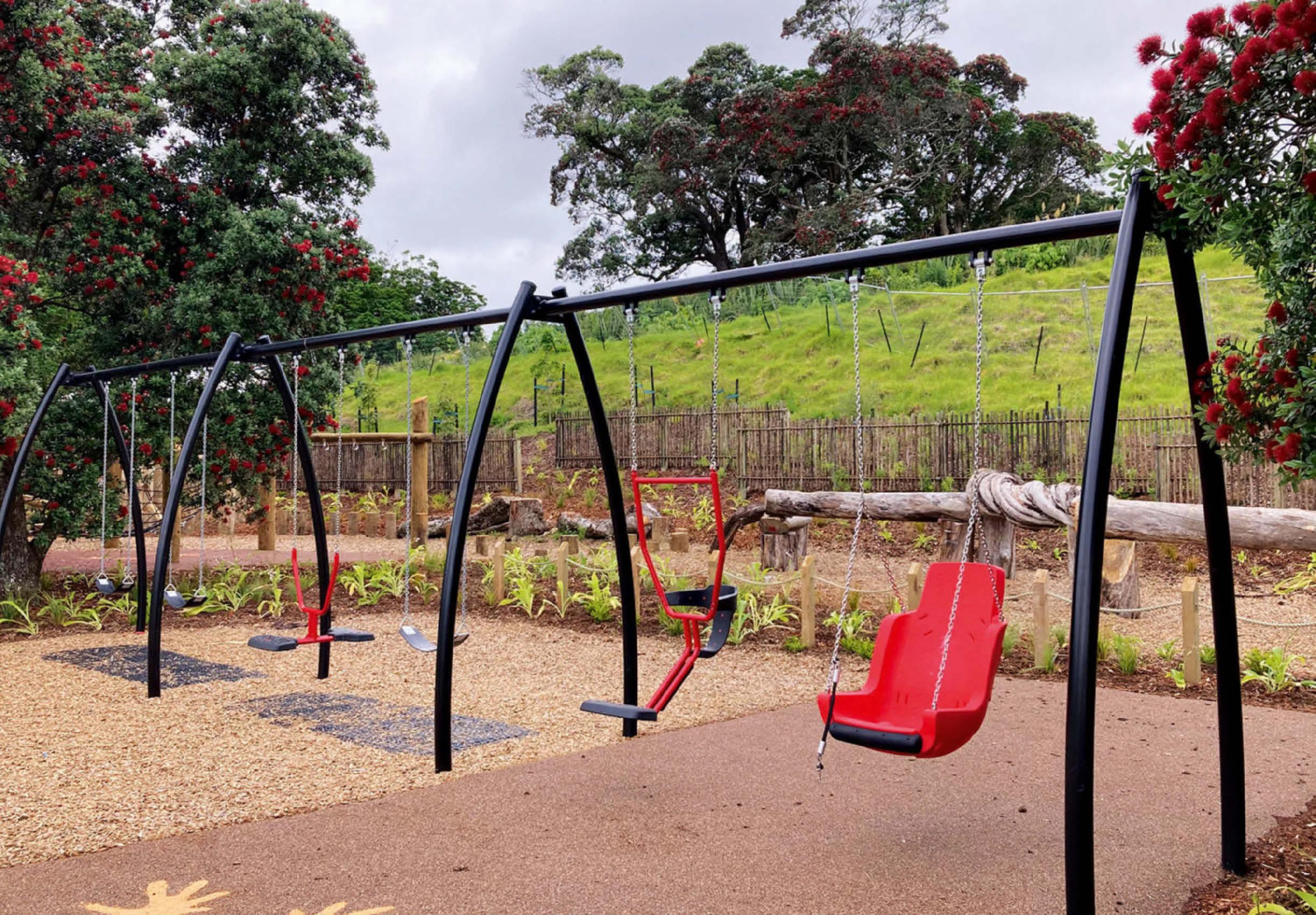
Whānau Ātea is a vibrant community hub based in Mangere in South Auckland. Boffa Miskell and Tūpuna Maunga Authority won the Recreation Aotearoa Te Tohu – Whaiao Māori (Māori Outcomes) Award for Whānau Ātea.
Whānau Ātea rethinks and recreates what a papa-tākaro (playspace) looks like in 21st Century Aotearoa (New Zealand). Based at the foot of Te Pane-a-Mataoho | Te Ara Pūeru | Māngere Maunga in Tāmaki Makaurau (Auckland), Whānau Ātea celebrates and reintroduces the cultural practices and traditions that were prevalent on Ngā Tūpuna Maunga (ancestral mountains).
The papa-tākaro is comprised of four main spaces that retell the pūrākau (ancient stories) connected to the landscape. Within each space, further stories have been interpreted through mahi toi (artworks), tohu (symbolism) and natural settings including rākau (trees) and kōhatu (stone), with a deep understanding of the history of the people and place. These spaces are linked by Te
Ara Hīkoi, which weave traditional (hupara) and contemporary play, tākaro-taiao (nature-play), active recreation (skatepark, basketball, Kīo-Rahi) and public amenities such as hāngī (earth ovens), a kapehu whetū (star compass) and wānanga spaces.
Designed by Boffa Miskell in collaboration with the Tūpuna Maunga Authority, Whānau Ātea offers a holistic approach of papa-tākaro for health and wellbeing through spaces that are inclusive and intergenerational.
Whānau Ātea Māra Hūpara began with community engagement to honour mana whenua (indigenous peoples) of the region by instilling their aspirations, stories and values. This was achieved through the following design themes:
Hononga Atua, Hononga Wairua Connection to the spirit of land and people: representing the creation story of Tāmaki Makaurau as a volcanic landscape.
Nō te Maunga, ki te Moana Connection from the mountain to the sea: signifying the interconnected relationship
between people, nature and place, with an emphasis on reciprocity (right and responsibility) as an integral component of wellbeing.
Mātauranga The continuance of indigenous knowledge: promoting the importance of the transference of traditional knowledge and recognition of the past.
Entering Whānau Ātea, a paved whāriki (woven mat) welcomes you with tāniko patterns, which symbolise stories of the local people and their connection to ancestors, nature and the spiritual realm. Te Ara Hīkoi loops around the papa-tākaro connecting four main spaces.
Tākaro a Tāne (Tāne Play), at the base of the maunga, reflects the ngāhere (forest) and the creatures that live within. Mature Karaka, Pōhutukawa and Pūriri provide protection where various tākaro-taiao and contemporary elements accommodate play, inclusivity, community and celebration. Tūwatawata (palisade fencing) is staggered along the full base of the
WHĀNAU ĀTEA RETHINKS AND RECREATES WHAT A PAPA-TĀKARO (PLAYSPACE) LOOKS LIKE IN 21ST CENTURY AOTEAROA (NEW ZEALAND)
maunga and is supported with rich rongoā (medicinal planting), which is also incorporated within all the spaces.
Tākaro a Mataoho (Mataoho Play) tells the story of the creation of the volcanic landscape. The redesigned skatepark reflects the craters with tākaro kōhatu (rock play) in various forms. A new basketball court provides active recreation and is complemented by mahi toi, which expresses the energies of the whenua (land) and moana (sea).
Tākaro Pā Tūwatawata (Fortified Pā Play) allows for playing pā (interpreted by breaching the pā) up the embankment slope. A mix of tākaro taiao and contemporary play provides challenging abilities up and down the slope.
Whānau Ātea, at the heart of the papa-tākaro, is a multifaceted space for Kī-o-Rahi, kapehu whetū and gathering. Supporting this, a unique hāngī space brings the traditional ways of kai (food) back to the maunga. These spaces are all supported with bespoke furniture and elements that
reflect the many pūrākau.
This the only open space in Aotearoa to provide hāngī, which reconnect mana whenua with their ancestral maunga and enable traditional cultural practices on the maunga. Making hāngī has not been practised on the mountain since the 1860s. Hāngī Master Rewi Spraggon worked closely with the Whānau Ātea design team to build two, fitfor-purpose pits.
It is also the first permanent and public Kī-o-Rahi field. Kapehu Whetū is one of few spaces in Auckland that embodies the star constellation of Matariki.
To provide all visitors with a deeper understanding of the history and meaning behind these unique elements, QR code panels are attached to many of the hūpara and other structures. These can be scanned by phone, allowing the user to access a made-for-purpose video in which mātanga (knowledge holders and sharers) introduce the traditional name of the element and explain how to use it and the values and skills it is designed to enhance.


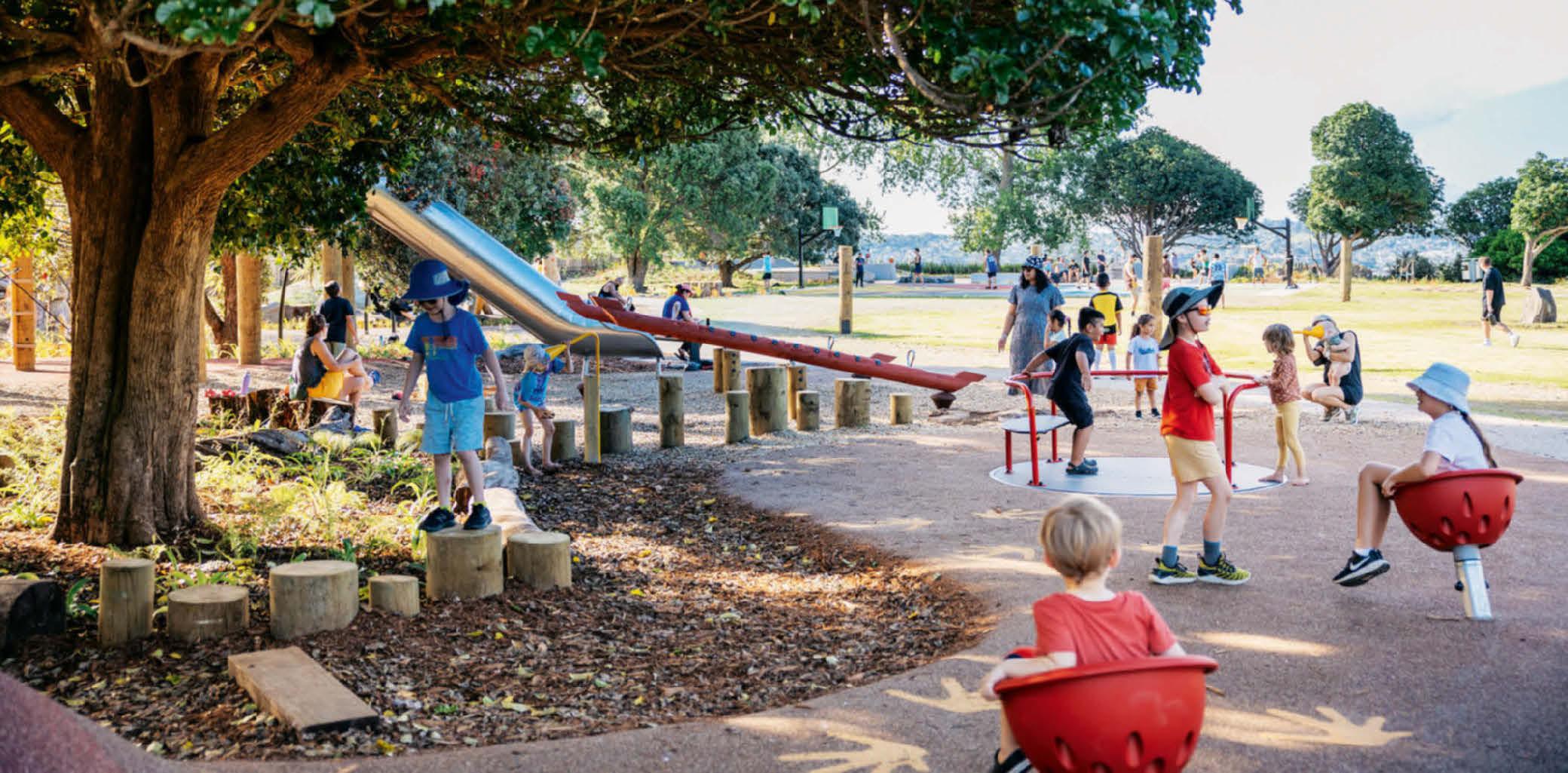
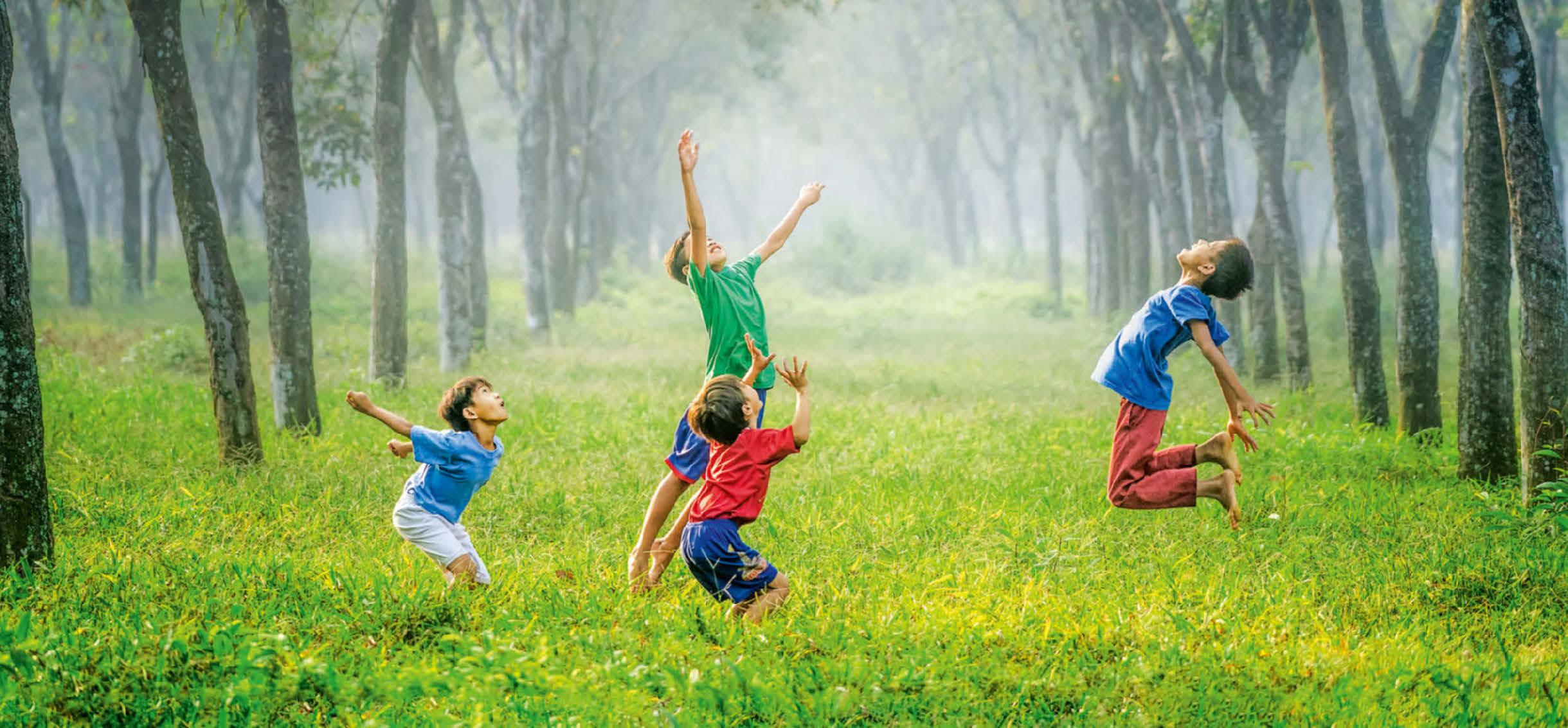
OUTDOOR RECREATION: CULTIVATING WELLBEING IN SOUTH AUCKLAND SCHOOLS
WORDS DR TRACEY-LEE DALTON, HEALTHY ACTIVE LEARNING ADVISOR, CLM COMMUNITY SPORT
Below is an overview of how three New Zealand schools have drawn on the wellbeing model, Te Whare Tapa Whā, and their natural environments to create active learning environments for kids.
In the wake of the Covid-19 pandemic, there has been a heightened emphasis on health and wellbeing in society. This is particularly evident in New Zealand schools, where improving hauora (wellbeing) has become a common objective in strategic planning. One approach to enhancing wellbeing in schools is through outdoor education, specifically targeting physical activity to improve overall health.
Te Whare Tapa Whā is a wellbeing model developed by Sir Mason Durie in 1984. This holistic indigenous Māori framework uses the metaphor of a whare (house) to represent health and hauora (wellbeing). The whare has four walls. Each wall represents a dimension of wellbeing; when all of these walls are in balance, we thrive. The foundation of the whare is connected to whenua (the environment). This indicates that our wellbeing has a natural connection to the land. These four dimensions are:
• Taha hinengaro (mental health and emotions)
• Taha wairua (spiritual health)
• Taha tinana (physical health)
• Taha whānau (family and social)

Three New Zealand schools have adopted Te Whare Tapa Whā as a framework for student hauora. The three South Auckland primary schools, Orere Primary School, Dawson Primary School and Kauri Flats School, have each implemented unique outdoor recreation strategies to increase student engagement and foster wellbeing, guided by Te Whare Tapa Whā.
A small, rural school on the outskirts of Auckland, near beaches, Orere Primary School (Orere) has an onsite waterhole that is fed by a river. New Zealand has high fatal drowning statistics and, with its proximity to water, it’s important that Orere students learn water safety. Partnering with Healthy Active Learning and Drowning Prevention, Orere was able to utilise these natural spaces to teach water safety skills. The space also provided a
natural environment to teach holistic wellbeing skills.
Located in Ōtara, 95 percent of Dawson Primary School’s (Dawson) students are Māori or Pacific peoples. Dawson drew on this cultural capital to adopt a kinaesthetic hands-on approach to learning, where students could learn by doing.
Dawson developed outdoor spaces, included a bike track and an outdoor classroom where students could learn practical skills like growing food to eat and cook, weaving traditional practice and crafting into lessons. Simultaneously, students were able to learn wellbeing skills by proxy of being in a natural environment.
Opened in 2017 amidst high-density housing in Takanini, Kauri Flats School faced space constraints and limited greenspace for children to play. Kauri Flats transformed dead spaces within the school into outdoor recreational areas. Utilising partnerships with community organisations and funding, Kauri Flats created wilderness trails, outdoor fitness apparatus and recreational games to enhance student engagement and wellbeing. Their efforts earned them a Merit Award at the 2023 Recreation Aotearoa Recreation Awards for Outstanding Community Recreation Programme.
In each of these cases, schools have utilised their natural environments as classrooms for their students. Drawing on partners and community groups, they have created programmes that leverage their cultural and natural assets to improve outcomes for their students. They showed how a framework grounded in the natural environment can teach important wellbeing skills.
Each school has seen an increase in student engagement and attendance, a decrease in behavioural incidents, and tangible improvements in their students’ wellbeing.
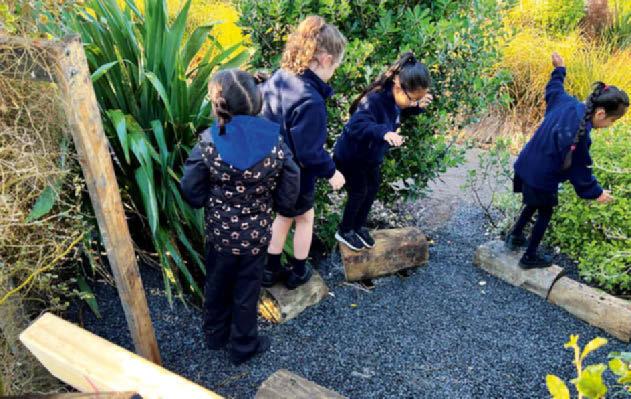
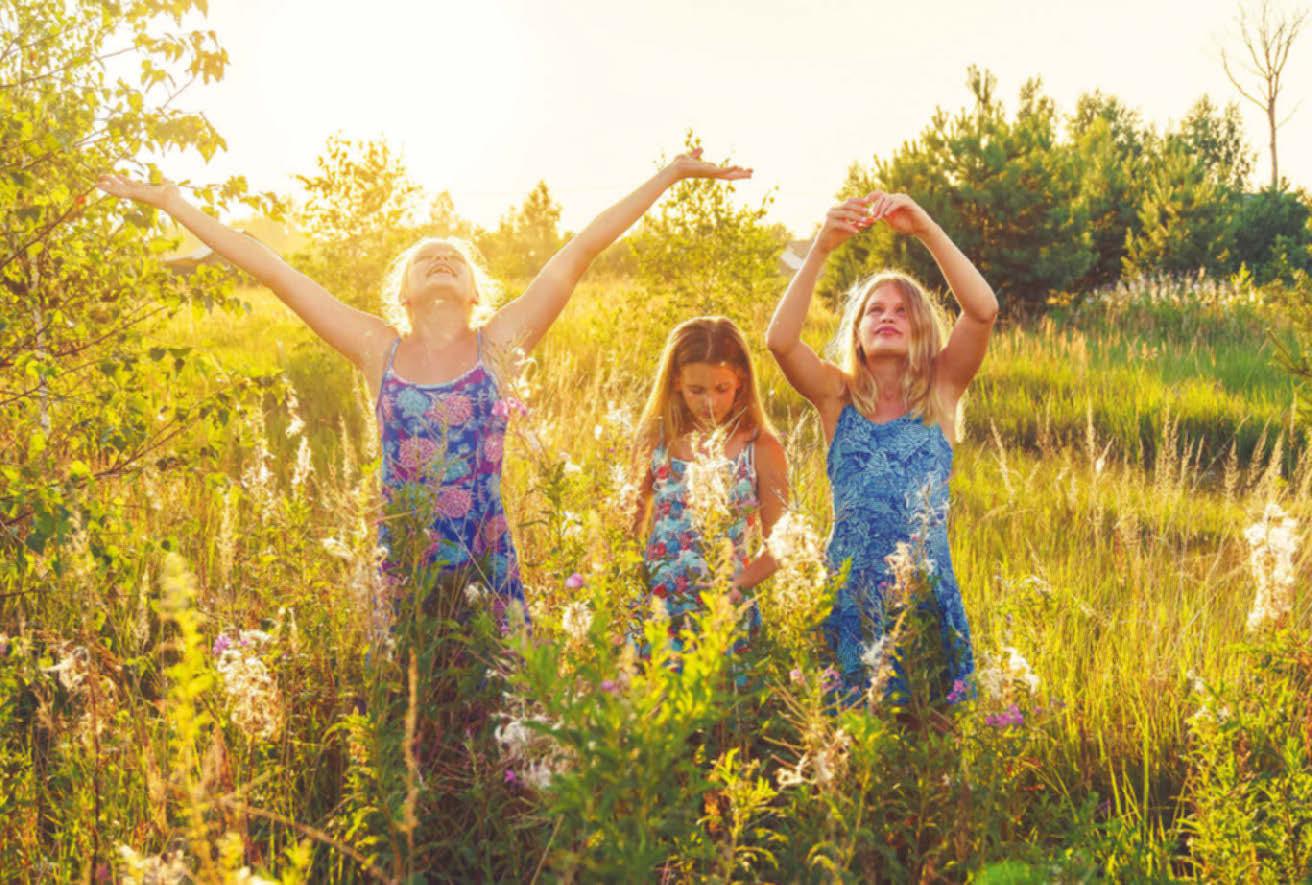
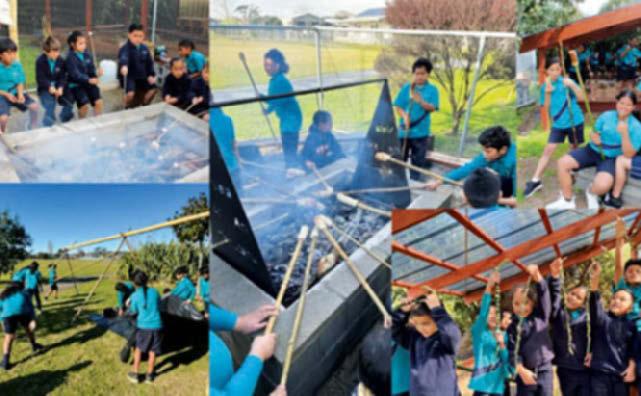

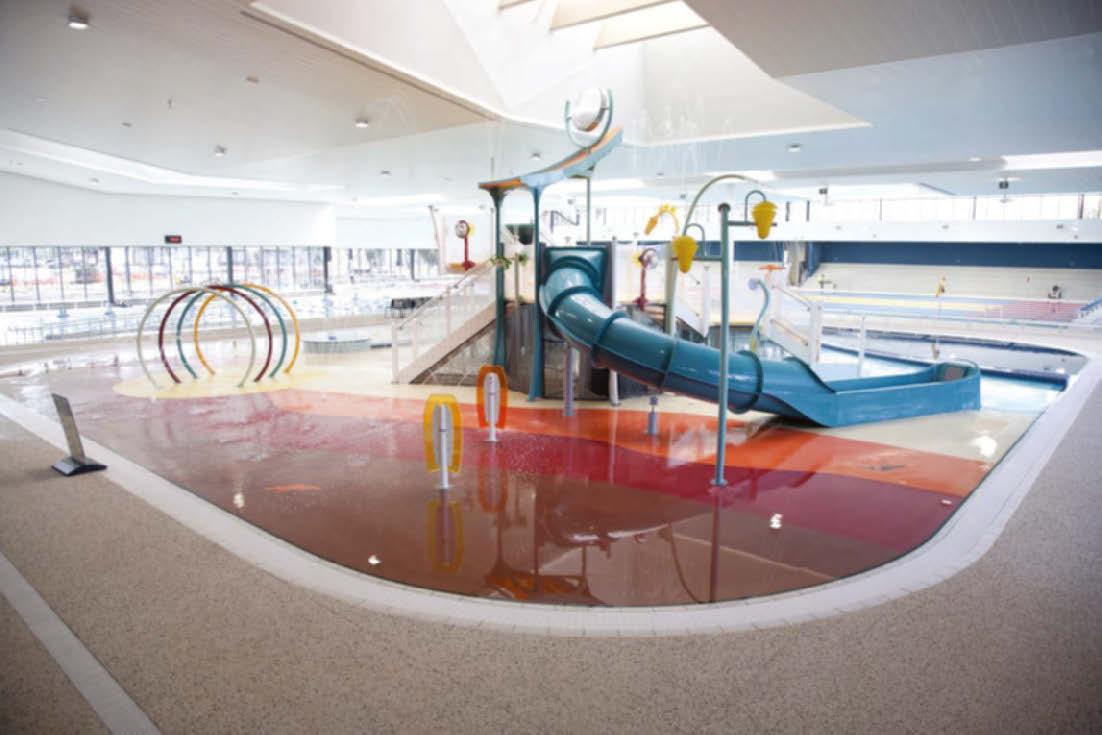


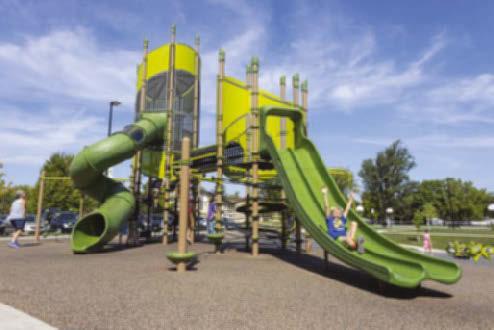
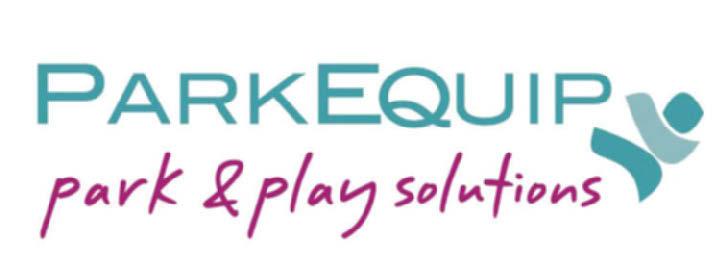









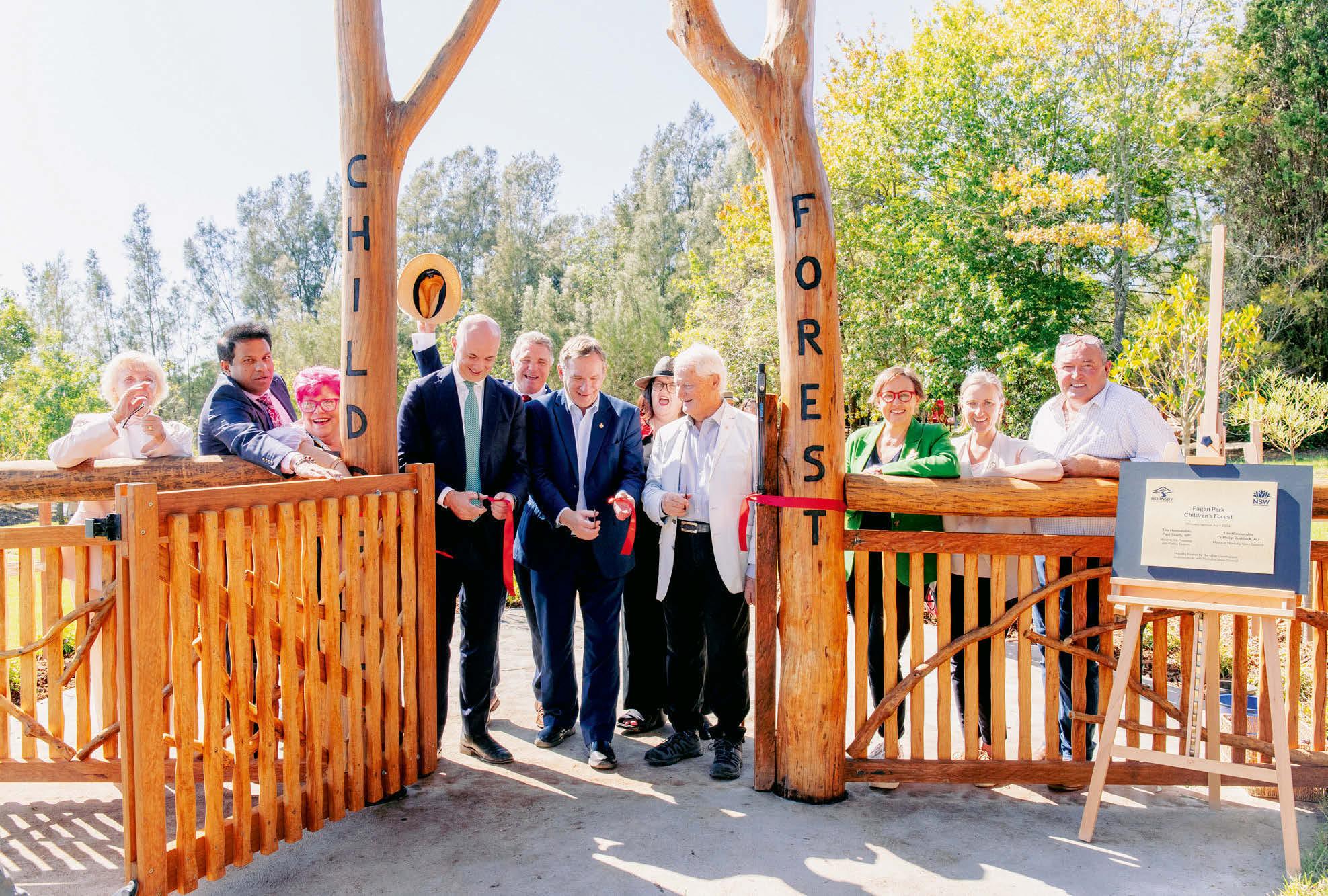
Hornsby Shire Council recently published its Urban Forest Strategy 2021, which established the importance of trees within the Shire and, more broadly, across the Sydney Basin. The study highlights the importance of education as a key strategy to ensure that communities are aware of the key contribution trees make towards a more sustainable and healthy future.
We worked with local landscape architect Fiona Robbé, who realised that there are few publicly accessible places in the Shire that specifically invite children to take note of trees and interact with them, which in turn will engender an appreciation of their importance. Our desire was to create a dedicated forest within the Shire, specifically for children to visit, enjoy and learn about trees.
A site within Fagan Park, a large popular open space in Galston, NSW, was selected. The underutilised corner, consisting of a small dam, was partly fenced and included a small overgrown forest of predominantly Casuarina and Fraxinus trees. The site also contained other eclectic but remarkable trees,
including Kauri Pines and Pin Oaks. With a north-westerly aspect looking across the open sweeping fields of Fagan Park, it was a perfect site.
We successfully applied for a state government grant through NSW Government Grants (Places to Play and Metropolitan Greenspace grants), along with some additional funding from Hornsby Shire Council, to make the project became a reality.
The Children’s Forest invites children on a journey of discovery as they traverse a nature trail that winds through the forest. The trail leads the visitor to “discovery pods”, each with a specific aim to help children discover fun information about trees.
The inspiration behind all the designed elements is varied. A large percentage of the ideas originate from children themselves — thanks to a generous phase of consultation of all ages, capabilities, genders and cultures at the beginning of the project. Learnings from the consultation underpinned many of the project outcomes. For example, the central tree house, which is due to be built at a future stage when funding
is obtained, and the importance of animals that are found in forests are central to the project.
In addition to consultation, some state-wide and local guidelines were also of primary importance to the design philosophy:
The Everyone Can Play Guidelines (2021 – updated 2023)
Connection to Country Position Statement (AILA)
Hornsby Council Urban Forest Strategy (2021)
Hornsby Council Play Plan (2021)
Classic children’s books and television programs also inspired the designers, such as The Wind in the Willows (K Grahame), The Treehouse series by Andy Griffiths and Terry Denton, and stories of children in forests such as Little Red Riding Hood and Hansel and Gretel. Lastly, Melbourne’s Children’s Garden and the Fallen Oak in Melbourne’s Botanic Gardens were also inspirational to the designers.
The site offered an ideal location for the Children’s Forest, but did

have some unique challenges to be addressed and overcome:
1. The small farm dam The site contained a small farm dam, which was too deep to maintain in its current form. The silt and mud had to be scraped out of the dam then filled to a level that would maintain the water level at 300mm maximum. A spillway had to be dug to secure the level. This was an expensive and messy process. Earth banks were later planted with donated plants by local volunteers.
2. Accessibility The site is in an unknown part of Fagan Park; a reasonable distance from the main carpark and amenities block. This posed a significant challenge, as part of the anticipated user group will be very young children, as well as children and young people with disability. This challenge was tackled in several ways:
> A generous 350m-long concrete path was constructed linking the carpark and toilets to the Children’s Forest.
> The concrete path leads the visitor into the Children’s Forest and links with its key features (with more to come in future stages).
> An informal carpark and entry is provided close to the Children’s Forest for minibus use.
3. Funding Council’s budget for the project was limited, however by obtaining two NSW Government grants, we were able to create the
bones of the Children’s Forest. Council will apply for future grants to complete the Children’s Forest and deliver the key main feature, the tree house. By delivering the project in stages, we are able to provide a space for children to enjoy now, while also building interest in future stages that will hopefully lead to future funding opportunities.
The entire project is innovative, in that the concept of a dedicated Children’s Forest is fairly new in Australia. At this point, the Fagan Park Children’s Forest is a first in New South Wales. It is a designated space for children, parents and carers to explore trees and the natural environment in a fun and educational setting.
The Children’s Forest provides a space where children can visit a forest on their own terms to specifically interact with trees, learn about them and enjoy them. The Forest is a novel concept, different from playgrounds, native play areas and trails, bushwalks or children’s gardens, as the key focus is on encouraging children to engage with and learn about trees. Many playgrounds being designed these days include some sort of nature play, usually in the form of timber balancing beams or steppers. These nature play elements are great because they use natural and sustainable products and encourage children to interact with natural materials, however there is often little educational aspect to them.
The Fagan Park Children’s Forest takes the idea of “nature play” to a whole new level as it combines nature play, trees and education all together. The result is a fully fenced space (very important to parents and carers when kids like to roam freely), which includes numerous educational discovery pods where kids can learn about the many aspects of trees. These include tree life

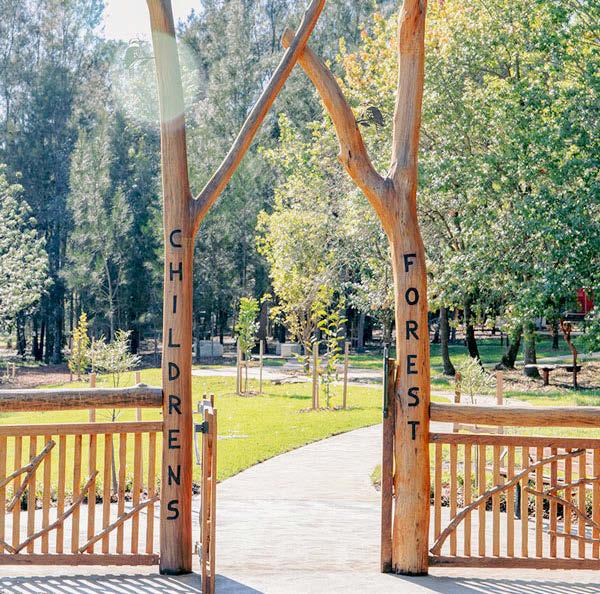
cycles, why leaves are green, how to discover how old a tree is, who eats trees, and who lives in forests.
While these educational elements themselves can be found in libraries or museums, by providing them in an outdoor forest setting, the children are directly emersed in nature, which will hopefully promote an ongoing love for our natural environment for years to come and is key to a more sustainable and climate positive future. New innovations in the delivery of the project include:
• Novel child-friendly signage about trees, with six signs linking an activity to an important aspect of trees or forest ecologies. An example is why termites are important in the life cycle of trees. The sign also links to a QR code with more indepth information.
• Child-orientated activities throughout the Forest link a fun item or activity to a key learning about trees (eg. looking and counting growth rings on a cut trunk indicates how old a tree is).
• Eclectic, child-orientated choices of trees: flowering trees, fruit trees (citrus and mulberry scented trees), trees with interesting bark, trees with acorns and pinecones, whispering trees, trees with coloured autumn leaves, fat trees (Bottle Trees), and bush tucker trees.
• Encouraging children to explore the small pond, something not normally found in areas for children. Signage and sight lines to the pond are provided at the entrance to advise parents/carers of the water body within the Forest. We also installed a water depth marker in the middle of the pond, which advises how deep the water is, to minimise concern from parents or carers. Water bodies are often present in forests and can provide habitats for numerous amphibious creatures and contain different vegetation types. The pond allows kids to explore water in a fun and safe setting.

The NZ Mountain Safety Council (MSC) is calling for outdoor enthusiasts to join its new Adventure Voice outdoor research community to help shape the future of outdoor safety in Aotearoa (New Zealand).
Launched in March 2024, Adventure Voice is dedicated to gaining insights into outdoor recreation in Aotearoa to build on MSC’s ongoing efforts to enhance its outdoor safety education resources and campaigns. Everyone with land-based outdoor interests is encouraged to join Adventure Voice, no matter what your level of experience or ability. “Adventure Voice is incredibly exciting because it will allow us to learn more about the everyday people across Aotearoa who make up our outdoor community,” says MSC Chief Executive Officer, Mike Daisley.
“We’re looking for people from all walks of life, across all types of landbased outdoor recreation, to give us honest insights about what they do when heading off on adventures, big or small. Whether you like short walks, hearty tramps, scaling mountains or riding down them, sliding on snow or scaling crags, your voice matters.”
Adventure Voice will support the MSC to be more responsive to the needs of the outdoor community by providing a snapshot of how people are thinking and acting when they plan, prepare and head off on their adventures.
Established by the MSC and managed by Rangahau Aotearoa
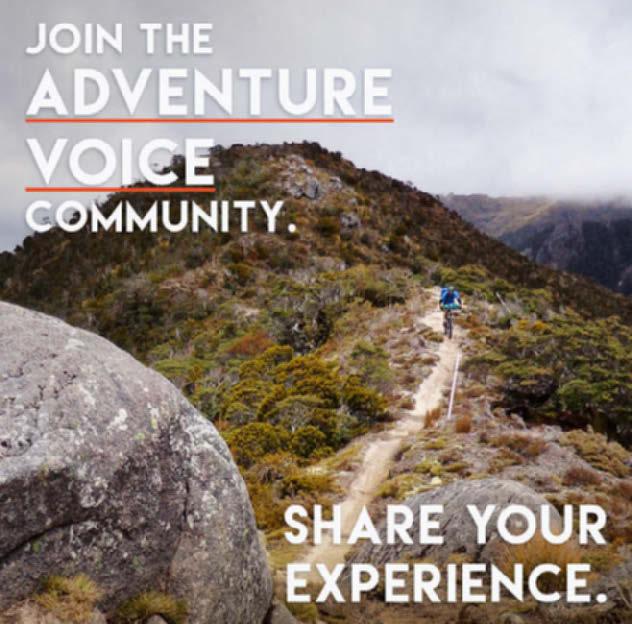
Research New Zealand, Adventure Voice builds on existing and ongoing MSC research and insights. MSC accesses a wide range of data relating to participation and incidents in the outdoors and, through careful analysis, develops these varied data sources into insights. These insights shape key MSC safety messages and safety campaigns, understanding of target audiences and targeted prevention initiatives.
“We aim to provide resources that are genuinely helpful for New Zealanders heading outdoors and that help everyone to have a positive, safe experience. To do our job well, we have to understand where the need is. Part of that is understanding how people are preparing for their adventures. Adventure Voice will feed into that process,” says Daisley.
“By joining the Adventure Voice community, you’ll help everyone out there exploring our great outdoors to make it home safe,” he adds.
Adventure Voice welcomes individuals with land-based outdoor interests from all levels of experience and ability. So, whether you prefer walking, hunting, biking, running, climbing or snow sports, your input will offer valuable insights to ewnhance MSC’s work.
When you sign up to Adventure Voice, you’ll be invited to take part in short, confidential online surveys. These will

ask you to share your experiences, insights and opinions on a range of outdoor recreation topics. The information gained will help MSC better understand and support the diverse outdoor community in Aotearoa.
As a member of Adventure Voice, you’ll be part of a community passionate about outdoor adventures. This gives you the unique opportunity to:
• Have your say on a range of outdoor topics.
• Contribute to data and insights about Aotearoa’s outdoor recreation community.
• Receive exclusive community updates on MSC’s research and insights.
• Go in the draw to win one of 3x $100 Prezzy® Cards every month.
• Win additional spot prizes when you complete short online surveys.
IT’S SUPER EASY TO JOIN
To join Adventure Voice, simply complete the online form on the MSC website at adventurevoice.nz After you register, you’ll receive an email from Rangahau Aotearoa Research New Zealand with a link to complete your registration. This will involve a quick questionnaire about your outdoor interests. This is the final step to registering as an Adventure Voice community member. After registering, we’ll keep you updated via monthly emails and invitations to short surveys.
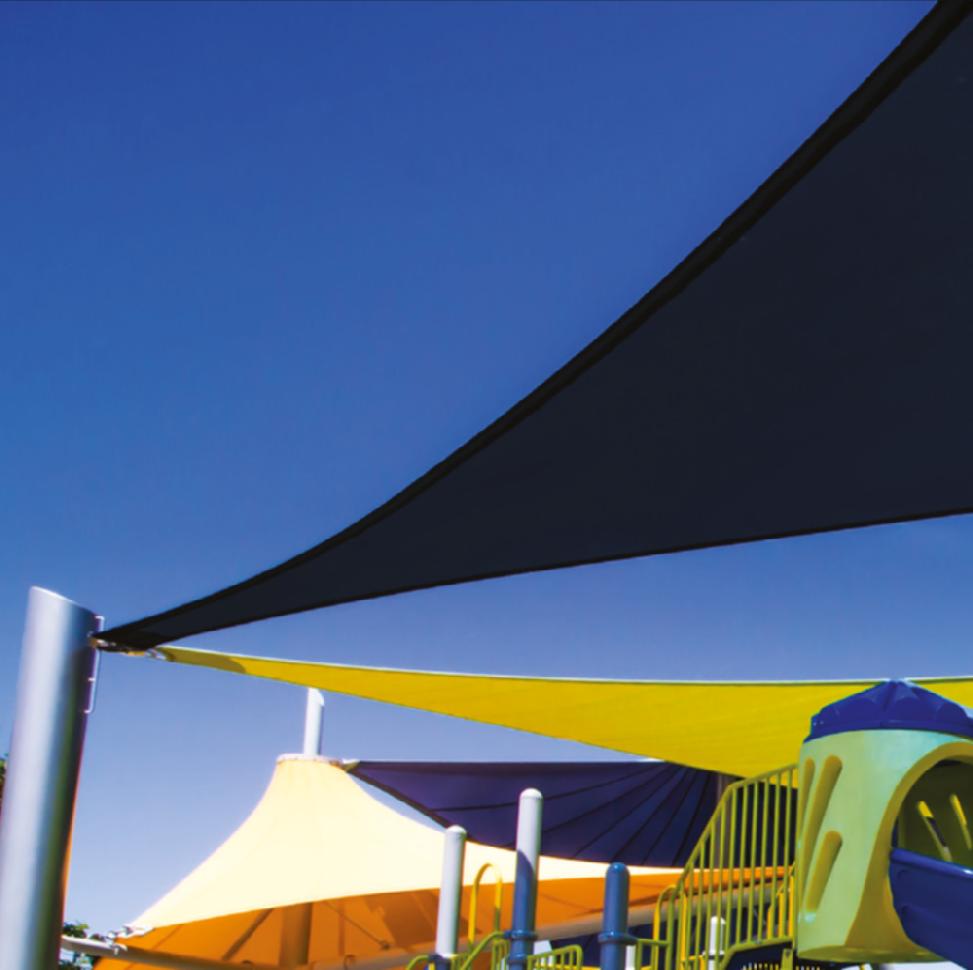



Coolshade® by Ricky is a heavy-duty commercial grade shade cloth that delivers ultra-violet (UV) protection and is engineered to last under the harsh Australian elements. The contemporary colour palette is available in multiple fabric widths for versatility. Coolshade® is supported with a 12-Year Warranty for peace of mind. Typical environments include; schools & daycare centres, parks & playgrounds, carparks and most shade sails and structures.












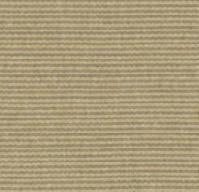


 BLACK SLATE SILVER
MAIZE RED MIDNIGHT DARK GREEN
AQUA BLUE
BLACK SLATE SILVER
MAIZE RED MIDNIGHT DARK GREEN
AQUA BLUE
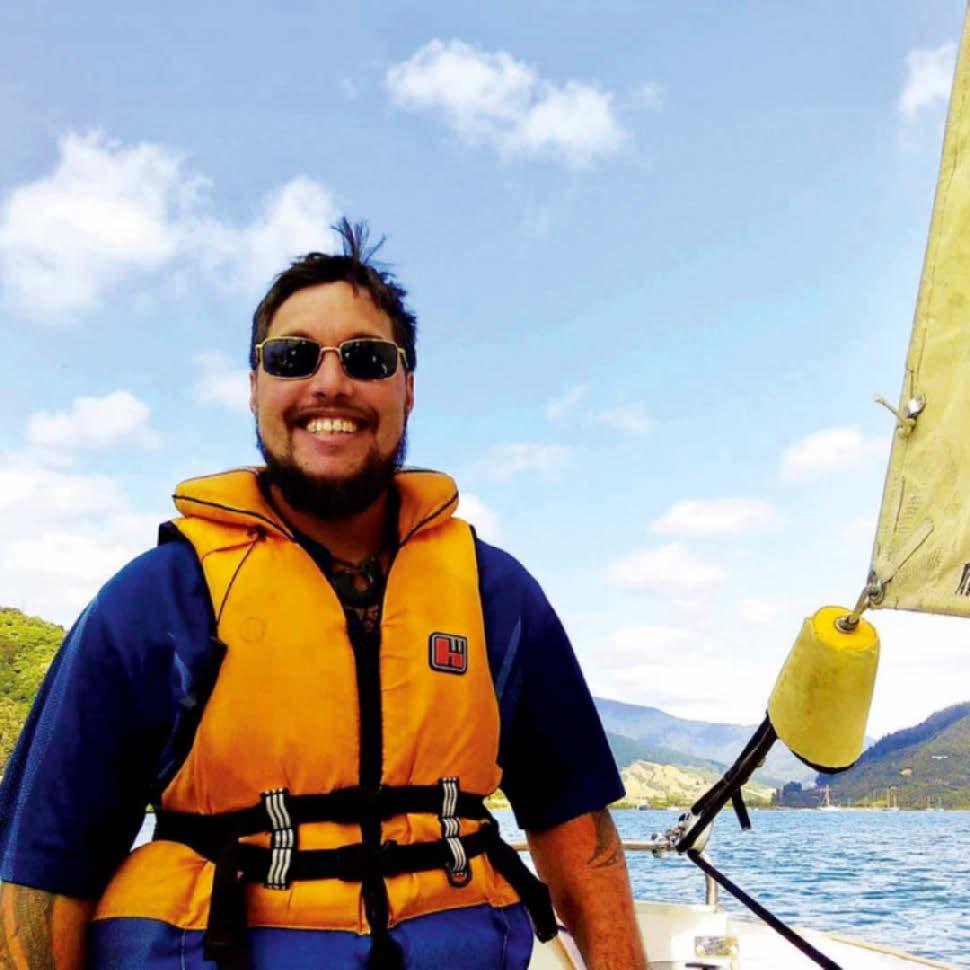
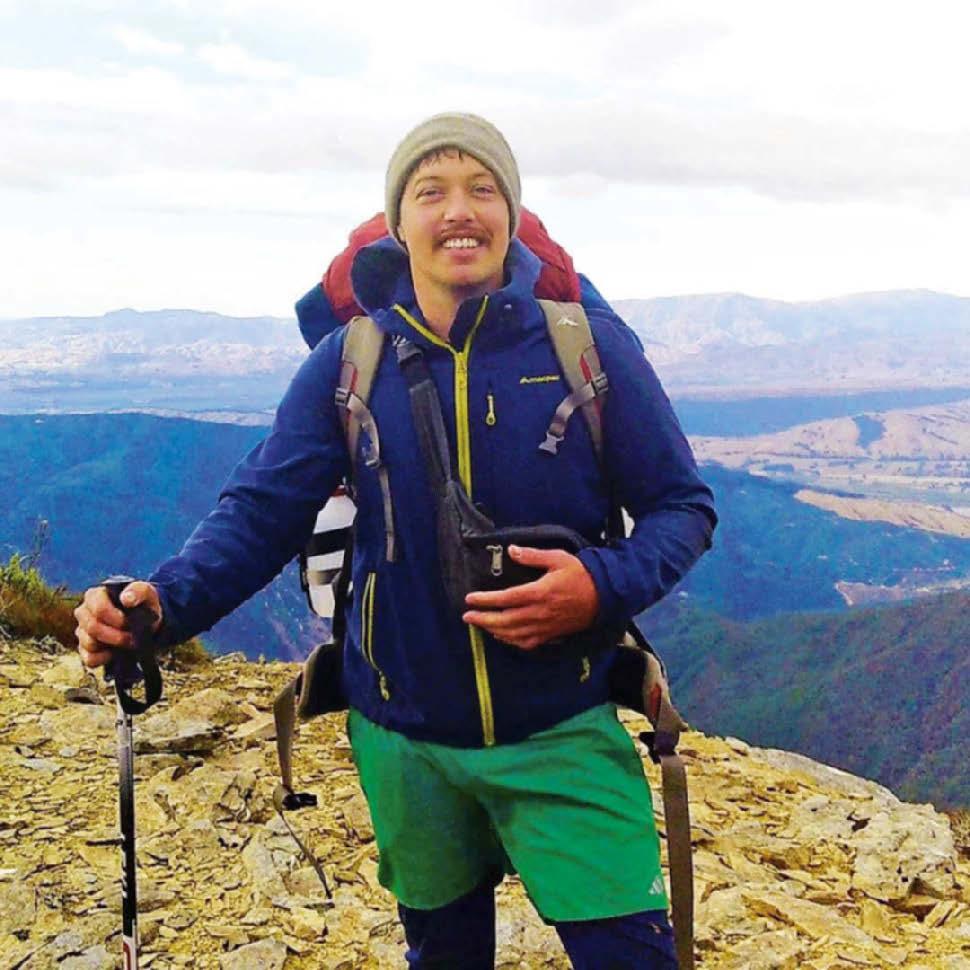
Kuruho Wereta, Māori Outcomes Manager at Recreation Aotearoa, recently completed a 21-day course at Outward Bound. Based in Anakiwa, at the top of the South Island of New Zealand, Outward Bound specialises in helping people realise their potential through outdoor challenge and adventure. Below, Kuruho gives a glimpse into his experience.
Everyone I talked to about my upcoming Outward Bound course responded with a mix of excitement and envy. “You’re gonna love it!” they said. “My cousin did it and raved about it!” they exclaimed. Honestly, when I signed up for the programme, I was unsure what I was getting myself into, or why! Leaving my whānau (family) for three weeks to head to an unfamiliar environment felt daunting.
The pre-course communication provided some peace of mind. Automated messages and emails kept me informed and organised. There is no doubt Outward Bound cares about their tauira (students). When the gear list arrived, its comprehensiveness was a little overwhelming. As a seasoned Department of Conservation ranger with a decade of experience, I had most of the essentials. But gathering seemingly mundane items like stamps and a digital camera actually proved challenging. Who still uses stamps?
Touching down at Blenheim Airport amidst a sea of trail runners and activewear, I couldn’t help but wonder if these folks were also doing Outward Bound. Shuttles soon whisked us to
Picton, where we boarded a charter vessel bound for Anakiwa, via a scenic journey through the breathtaking Totaranui Sounds. Nearing our destination, a nervous anticipation set in; the anticipation of recreational discomfort — my euphemism for the inevitable aches and challenges.
A clear briefing on the boat prepared us for arrival. A Nau Mai ceremony awaited, welcoming us to Anakiwa and the Outward Bound programme. The ceremony required two volunteers to represent our group. While public speaking comes naturally to me, it wasn’t exactly on my agenda for this experience, so I retreated to the back, allowing others to embrace (or conquer) that discomfort.
The entire experience at Anakiwa felt like stepping into a surreal utopia, a challenging yet beautiful environment, pulsing with a different kind of energy. This unique Mauri (life force) was crucial, I believe, to the programme’s effectiveness. Disconnecting from our phones, emails, internet and social media was a transformative experience. Where else do you willingly disconnect from modern life to reconnect with yourself and nature?
We immersed ourselves in the tikanga (customs) specific to Anakiwa and Outward Bound, which beautifully intertwined elements of Te Ao Māori (Māori worldview) with sustainability, organisation, integrity, manaakitanga (hospitality), and even the importance of te āhuatanga o te ngū (silence).
As a tauira, I was encouraged
to build strong relationships with a new “watch” — a group of strangers who’d become my new support system. Patience and understanding became crucial as we learned to live harmoniously with each other.
The facilitators were nothing short of superheroes: knowledgeable, resourceful, and seemingly equipped with endless tricks (both practical and entertaining). Hami and Toni, our instructors for Cook Watch, were true pou (pillars) of the kaupapa (mission). Their guidance and inspiration left a lasting impact, motivating me to make positive changes in my own life.
I embarked on this journey seeking a test of my abilities, a disconnect from the digital world and a chance to reconnect with te taiao (the natural world). It delivered on all counts, and so much more. Disconnecting from technology allowed me to reconnect with myself, free of digital distractions, and truly appreciate the beauty of nature in a profound way.
Leaving Outward Bound, I felt rejuvenated and inspired. The organisation, communication, facilitation, stunning location, incredible staff and focus on Te Ao Māori combined to create a truly transformative experience.
For more information about Outward Bound, visit the website at outwardbound.co.nz
Images courtesy of Kuruho Wereta
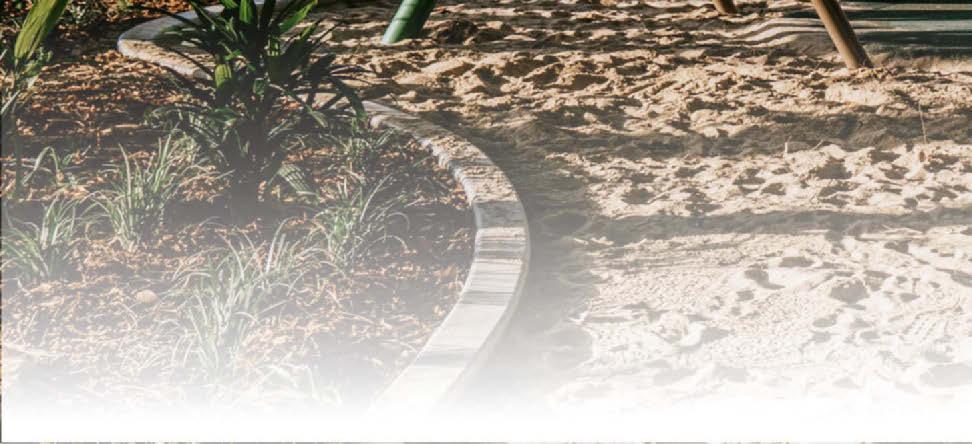



Revolutionise your playground with WillPlay's Timber Look range. Offering the visual appeal of real wood without maintenance hassles, while ensuring durability and safety with marine-grade aluminium. Our eco-friendly Composite Wood Panels, made from recycled materials, amplify versatility. With Timber Look, experience a unique blend of style, resilience, and sustainability, ideal for crafting the perfect play area.


As winter approaches, sports field managers face unique challenges in maintaining the health and integrity of natural turf surfaces. Dr Brett Morris, Syngenta Turf and Landscape’s Technical Services Lead for Australia and New Zealand, outlines strategies for protecting sports fields as the season cools.
Excess moisture from rainfall, coupled with a natural slowing of evaporation, surface thinning due to player usage and Winter Fusarium are among the primary concerns during the colder months. Implementing effective winter management strategies is essential to minimise turf damage and ensure optimal playing conditions.
The causal agent, Microdochium nivale (formerly Fusarium nivale), is a single fungal pathogen responsible for two phases of disease known as Pink Snow Mold and Microdochium Patch. Pink Snow Mold forms under snow cover, while Microdochium Patch will occur in cool and wet conditions in the absence of snow.
In some regions, Microdochium Patch can occur year-round on several turf types, starting in small circular patches of less than five centimetres in diameter. The initial patches will appear as small water-soaked spots that can resemble streaks. These change rapidly from an orange brown to dark brown to finally a light grey colour. The spots can then enlarge to a larger patch of up to 20 centimetres in diameter.

The pathogen can survive as dormant mycelium in leaf and thatch over summer. When temperatures fall, the active spores (conidia), can be transferred by mowers and end-users of the facility. This gives rise to the streaking or smearing observed when turf is infected. It is important that, as temperatures fall, mowing continues (provided the turf is growing). Mowing reduces the risk of leaves matting in longer cut stands during winter, which creates a favourable environment for the pathogen to thrive. Spring allows for an opportunity to reduce thatch levels (if present), as the pathogen can be severe in turf that has high thatch levels in cold, wet weather. As with any winter hardening programme of turf with nutrients, monitor N usage and ensure K levels are optimum in autumn.
Microdochium Patch will start to be observed in mid to late autumn, dependent on location and current weather conditions. These are typically periods of cool, wet weather, which result in extended surface leaf moisture. Temperature ranges for
growth of the pathogen are between 0–16°C, so it is important to keep a watch of the weather patterns and maintain good data.
Recently, Syngenta has introduced a range of digital tools to assist managers in making informed decisions based on data. When looking at two years of historical weather data for various locations in both the South and North Islands of New Zealand, it provides a guide as to when you can expect to see emergence of the pathogen and allow you appropriate time for control if present.
For example, Christchurch saw temperatures fall below 16°C in the late April/early May period in both 2022 and 2023. The trend continues for most of the southern portion of the North Island, with temperatures falling below 16°C with similar late April/early May timeframes. Some variations will always exist based on location, but the Turf Tools available for free on the Syngenta Turf website is a strong starting point to assist you in timing any pesticide, fertility or cultural works.






At FormBoss®, we understand the importance of quality and durability. Our edging solutions are designed to not only enhance the aesthetic appeal of your project but also withstand the test of time.

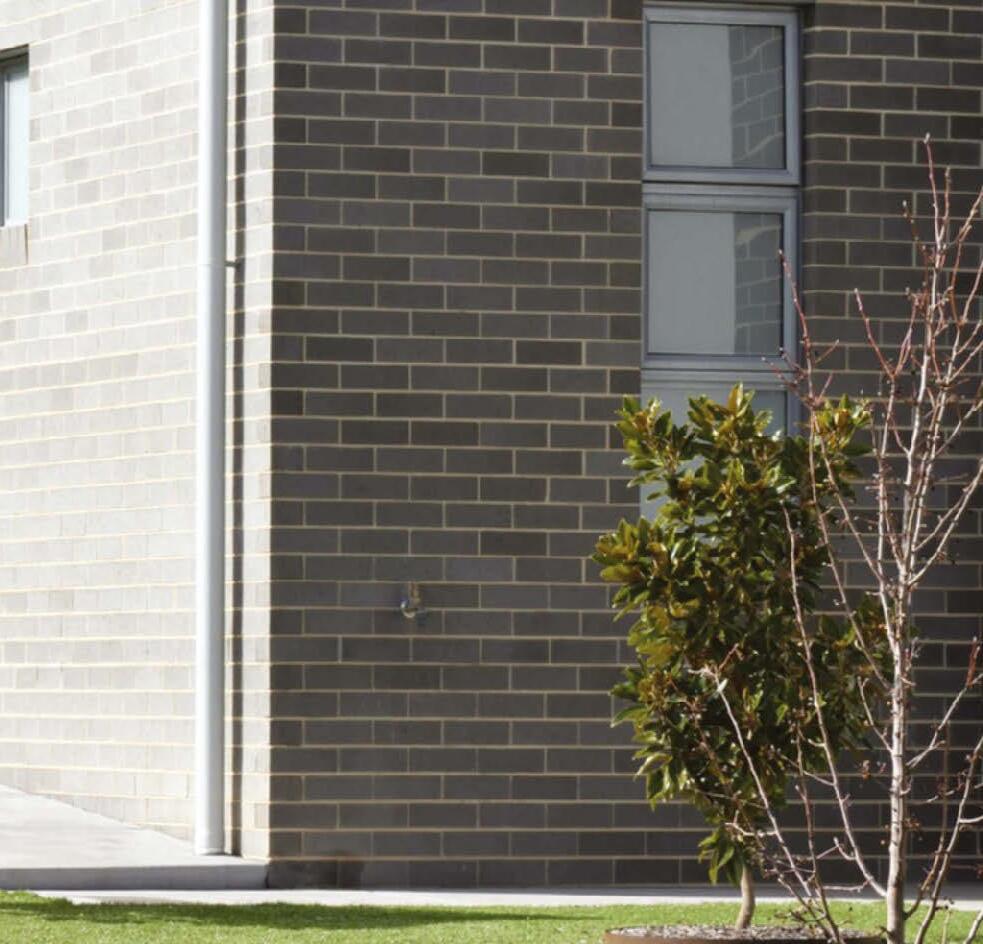

Visit our website today to explore our range of edging solutions, installation videos, and get inspired. We make landscaping projects a breeze for professionals and DIY enthusiasts alike.
Create any shape you can imagine!
Australian made quality. Multiple heights, gauges & finishes.
Delivery Australia wide. Stays in shape with guaranteed results.
SCAN THE CODE
See how easy our products are to work with.

Outside of monitoring for pathogen development, a number of cultural approaches will also assist in the overall management of natural turf fields during winter.
1. Aeration
Regular aeration with small diameter solid tines assists in improving drainage and infiltration, while alleviating compaction.
2. Irrigation Management
Should irrigation be required; irrigation scheduling adjustment will assist in minimising surface moisture levels. Overwatering can create ideal conditions for pathogen development so monitoring soil moisture levels is important. Consider using, if not already, moisture probes or sensors.
3. Overseeding
Overseeding with a winter active variety assists in maintaining density and resilience during the winter months. Select varieties that are known for vigor and pathogen resistance. Overseeding also helps fill in thin or bare areas on the playing surface, improving overall turf quality.
4. Player Management Conversations with players and managers on the importance of minimising wear and tear on sporting fields during winter is important. Implement rotating practice schedules, designate specific areas for warm-ups and restrict access to high traffic areas to prevent excessive surface thinning and compaction.
5. Protective Covers
Consider using temporary protective covers to shield high-traffic areas or vulnerable sections of the field from harsh winter conditions. Covers can help maintain soil temperature, reduce moisture buildup and protect against frost damage, ensuring the turf remains healthy and resilient.
Regularly inspect sporting fields for pathogen infection, excess moisture and surface damage. Early detection allows for prompt intervention and targeted management strategies to prevent further turf deterioration. Utilise diagnostic tools and specialists to assess turf health and identify potential issues before they escalate.
Should it be determined that you are required to apply a fungicide for control, either preventatively or curatively, contact Syngenta for the best advice. Since Microdochium Patch affects the leaves, good coverage of fungicides is essential. When applying, water volume needs to be between 300–500 L/ha. Nozzle selection should be either Syngenta XC025 (purple) or Syngenta XC04 (red) dependent on ground speed.
As always, you will get the best from fungicides when using a well calibrated sprayer. Syngenta also features calibration calculations on its website if any assistance is required. One other key feature on the Syngenta website is the spray


window calculator, which is in the Weather Forecast section. Enter in your location and scroll to the bottom and select Ground Spraying. This will provide you with recommendations over the upcoming week on the best day to spray based on the weather forecast for your individual location.
Protecting natural grass surfaces during winter requires a proactive approach that address the challenges from excess moisture, usage and pathogens such as Fusarium. With careful planning and diligent maintenance practices, surfaces can withstand the rigors of winter and emerge healthy and vibrant in spring.
For more information, visit the Syngenta website at syngenta.com

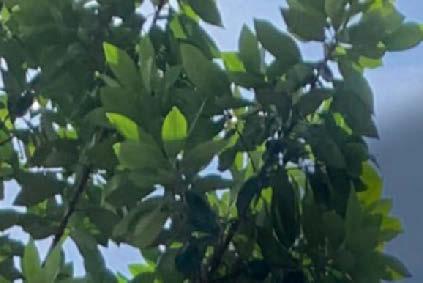





819 003


• Replaces gypsum, lime and dolomite

• Reduces watering, spraying and wear and tear
• Improve soil structure, plant establishment and plant health


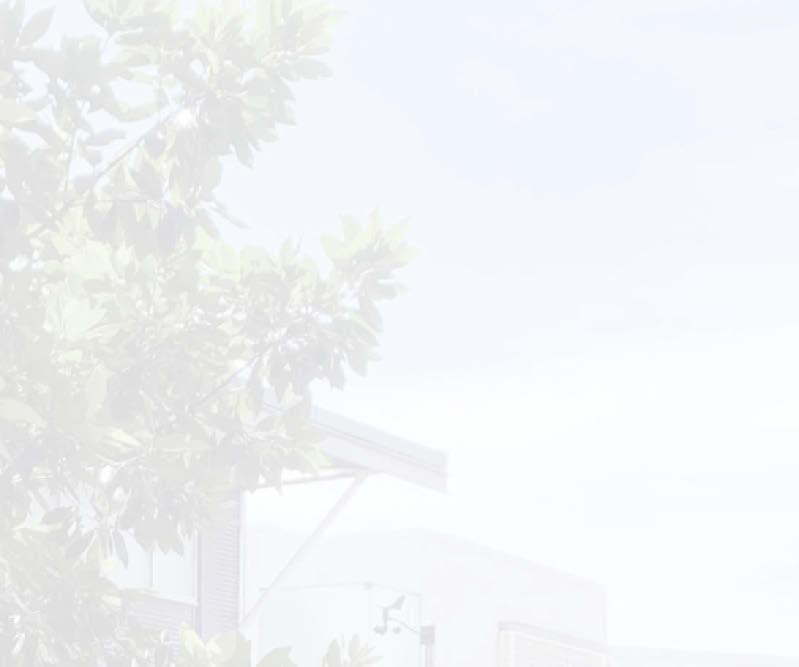
• Recommended for all soils, safe for all plants and turf
• Used by professional landscapers, councils, turf farms, wholesale growers and industry experts
LESS EFFORT BETTER RESULTS MORE PROFIT








“We have found that our gardens require less water, and the plants take up the natural nutrients in the soil much quicker, giving us better colour and foliage in all our plants. We strongly recommend using EarthLife products as Best Practice in all our projects, and highly recommend adding it to your next landscaping project list.”
Jason Kay, owner of iLandscape

The Kingaroy Memorial Park and WJ Lang Memorial Pool Master Plan, endorsed by South Burnett Regional Council in February 2023, provides a blueprint for the future development and redevelopment of South Burnett’s much-loved regional park and pool precinct. It aims to embody the community’s collective vision to provide an inviting, activated, inclusive and sustainable regional park and aquatic facility that fosters community wellbeing and liveability.
Located in close proximity to Kingaroy CBD, the Memorial Park and the WJ Lang Memorial Olympic Pool are cherished spaces for the people of the region and visitors alike. Offering a wide array of activities including play, active recreation, aquatic sports and remembrance, these areas serve as vital hubs for community gatherings and events, making the signature park and pool key features of South Burnett’s social and economic profile.
The Memorial Park site was originally donated in 1919 by Mr A Youngman to be used as a public park and war
memorial. Significant milestones in the precinct’s development include the laying of the foundation stone for the Kingaroy Soldiers’ Memorial Rotunda in the early 1920s, and the construction of Queensland’s first Olympic-size swimming pool in 1952, later named the WJ Lang Memorial Pool. Over the years, the site has undergone various enhancements, including the establishment of formal gardens, a children’s playground and commemorative plaques, as well as the restoration of the memorial rotunda.
Council recognises the rich history and intrinsic value of Memorial Park and acknowledges the pivotal role of parks and greenspaces in fostering mental, physical and social wellbeing, as well as supporting economic and ecological sustainability. Over time, Council has identified and facilitated a number of improvements to the park and pool, however this has resulted in some ad-hoc and band-aid developments that are not sustainable long term. The need for a cohesive community vision became apparent to ensure future developments meet the
evolving needs of the South Burnett community. Thus, the development of a Master Plan for the site aims to provide a comprehensive-blueprint for its future, encompassing spatial and functional considerations for a diverse range of aquatic, recreational and community activities.
The vision and design principles of the Master Plan, informed by extensive community engagement and contemporary park and aquatic trends, position it as a catalyst for achieving Council’s strategic liveability and lifestyle objectives.
Led by Otium Planning Group and supported by a team of specialist consultants including Greenedge Design and Liquid Blu, the Master Plan embodies leading practice in park and aquatic facility design. From a redesigned stormwater drain serving as a natural waterway to an inclusive youth recreation precinct, each feature was consciously created to meet diverse community needs. The warm water program pool will close a significant health and liveability gap, while the
First Nations Space (concept) WORDS LEANNE PETERSEN, ACTING GENERAL MANAGER LIVEABILITY, SOUTH BURNETT REGIONAL COUNCIL, QLDcontemporary aquatic features will service a much broader market.
The themed botanical and First Nations spaces celebrate both historical heritage and environmental sustainability, while enhanced play and entertainment precincts ensure the park has something for everyone.
Key features of the design include:
• New memorial feature pathway honouring those who have served.
• Enhanced children’s play area incorporating inclusive, sensory and nature play reflecting contemporary playspace trends.
• New contemporary and innovative youth play precinct to address a provision gap and engage youth in physical activity.
• Enhanced outdoor entertainment space that will activate the park and provide opportunities for community celebrations and events.
• Redesigned, universally accessible aquatic precinct with new indoor warm water program pool, and water play.
• Central avenue of trees “Heritage Walk” acknowledging Pioneering, European and First Nations history.
• Botanical area and First Nations space celebrating First Nations history, and providing themed botanical spaces reflecting the region’s natural environments and featuring endemic species, interpretive, sensory and bush tucker trails.
• Redeveloped stormwater drain to create a green infrastructure solution incorporating recreation, trail, nature play and nature appreciation.
• Trails, interpretive and educational features and public art.
At the core of the Master Plan development was a carefully planned and executed engagement process intentionally generating community buy-in and trust. From community surveys to onsite meetings and workshops, diverse techniques facilitated inclusive participation and yielded positive outcomes. Feedback from stakeholders reflected widespread support and enthusiasm for the Master Plan’s vision and implementation. A convincing 84 percent of respondents to round two engagement indicated support for the Master Plan and an intention to use the park and/or pool more frequently.
Round two engagement also enabled education about Council’s vision and the next steps towards implementation, allaying fears that rates would rise or funding would be taken from other buckets to implement the Master Plan. Importantly, the engagement process elicited input from many community members who may not normally engage with Council, prompting keen interest from groups and individuals attracted to ongoing involvement in future design and construction stages.
Despite budget constraints and structural challenges, the Memorial Park Master Plan represents a significant investment in the South Burnett community’s future. Its staged approach and strategic resource allocation demonstrate Council’s commitment to realising the plan’s ambitious vision. With careful planning and community support, the project promises to deliver substantial social, economic and environmental benefits for generations to come.
The Master Plan will be essential in guiding future investment in infrastructure at the park and the pool. Furthermore, the process in developing the Master Plan brought councillors and the community along on the journey, illustrating to them the importance of planning for the long term and not simply reacting to ad-hoc or emergent needs.
The Kingaroy Memorial Park and WJ Lang Memorial Pool Master Plan represents a truly collaborative effort to create a vibrant, inclusive and sustainable community space. Founded on community engagement, innovation and strategic planning, it embodies the values of the South Burnett community and Council and promises to be a catalyst for positive change in the region.
As construction commences and the plan unfolds, the South Burnett community eagerly anticipates the realisation of its collective vision for a space that will enhance wellbeing and liveability for locals and visitors for generations to come.
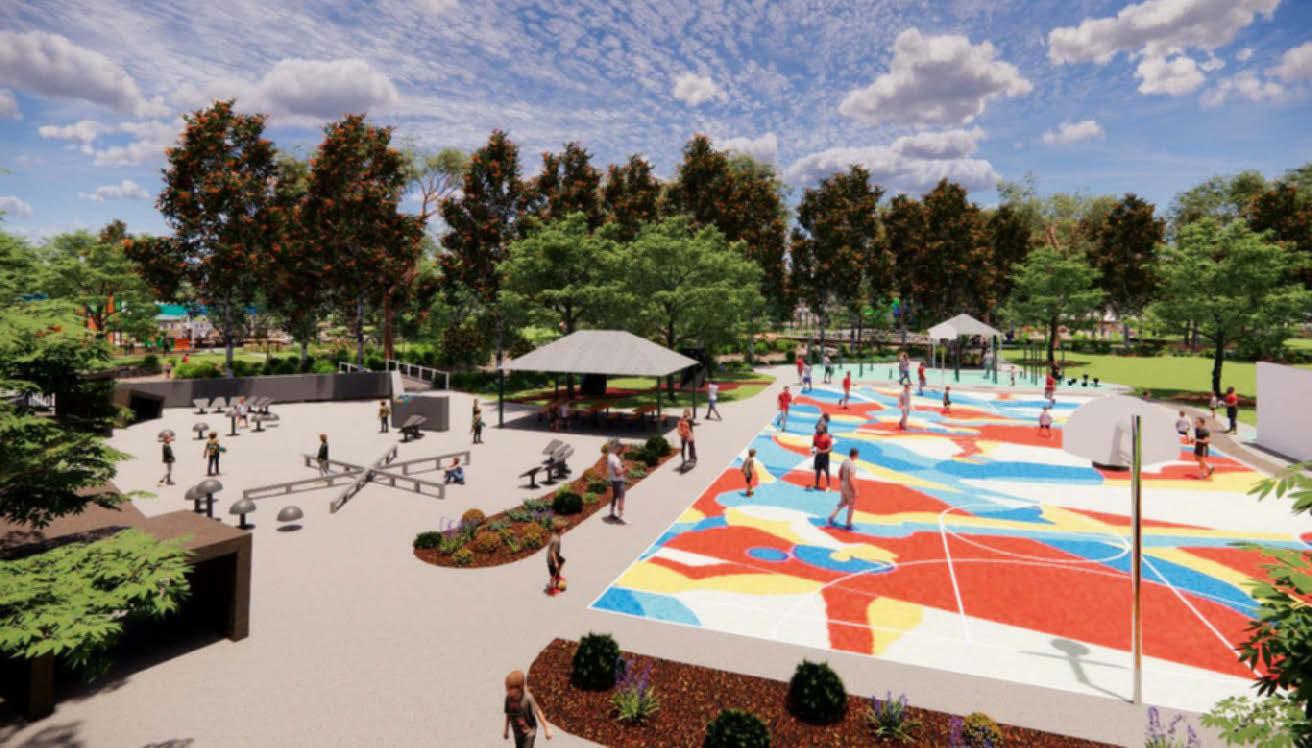
 Youth Precinct (concept)
Youth Precinct (concept)
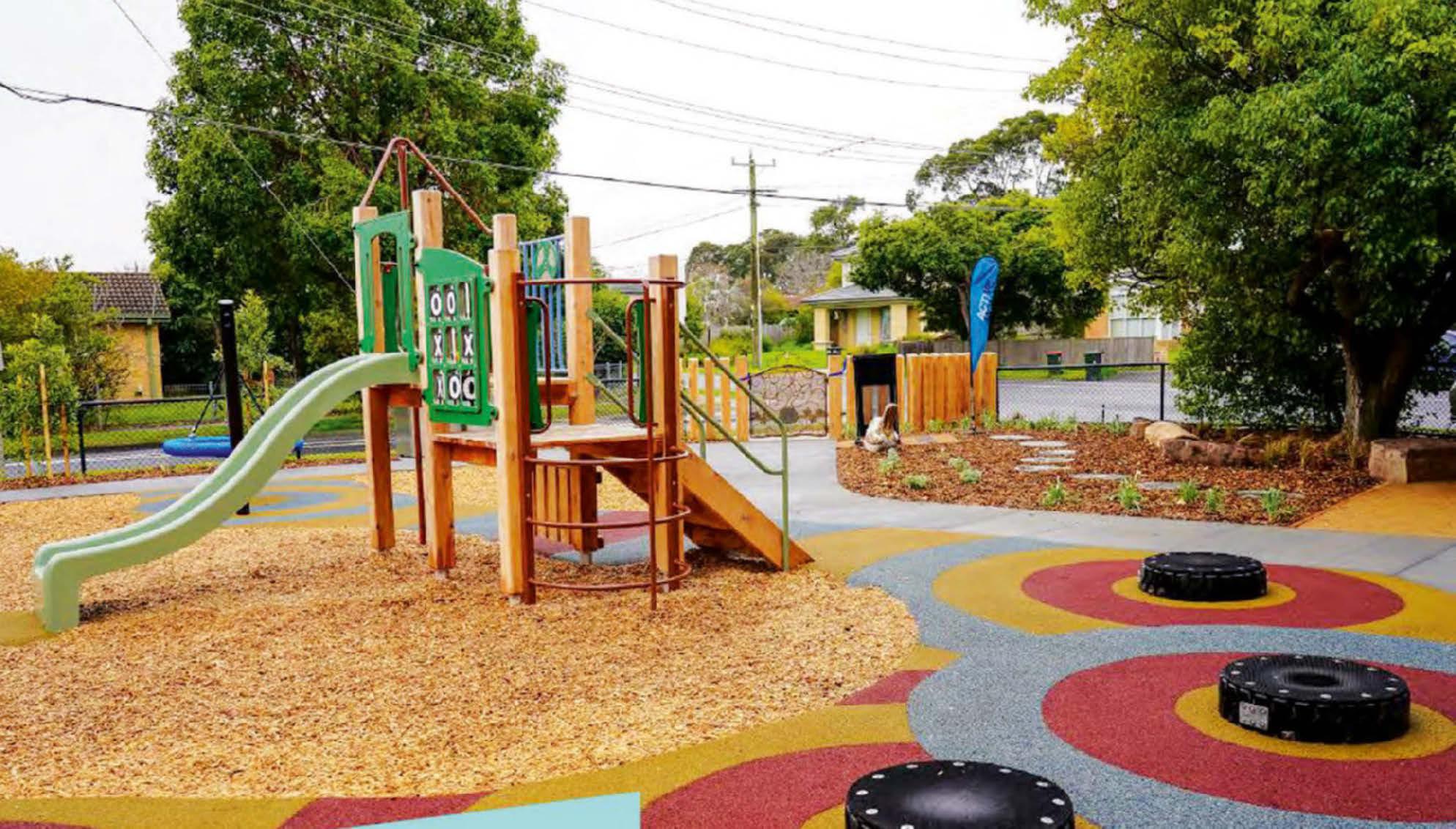
Monash Council’s Westerfield Drive Sensory Playspace in Notting Hill won the Best Playspace in Australia (under $500,000 category) at the Parks and Leisure Australia 2023 National Awards of Excellence. The award recognised the playspace for its dynamic array of play elements that engage children’s sense of sound, sight, touch and smell, which helps them develop their sensory skills. Sensory pieces such as musical items, sculptures, sensory trail and a water pump blend with traditional and nature play elements, including a cubby, trampoline, spinner, slides and swings, insect hotel, chess table and village green.
By working collaboratively with key community stakeholders, Council was able to triple the size of the playspace and enhance play provision in a precinct that experienced a significant undersupply of public open space. By working with the adjacent Notting Hill Neighbourhood House to reduce their leased area and reclaim greenspace previously encumbered by their exclusive-use agreement, Council was able to increase the playspace footprint from 250 square metres to over 750 square metres, significantly expanding play opportunities for families in Notting Hill.
Prior to this project, the Notting Hill precinct experienced the lowest provision of open space per capita in Monash. Monash’s Open Space Strategy assessed the amount of
open space available in Notting Hill at only five square metres per capita (0.5ha per 1,000 people), noting that there is a significant amount of light industry and business parks in the precinct that has contributed to the undersupply of open space. The municipal benchmark is 30 square metres per capita (3.0ha per 1,000 people). In addition to a lack of open space in Notting Hill, there is a growing population and increasing urban densification (built environment) that makes the precinct more vulnerable to urban heat.
With funding support from the State Government’s Pocket Parks Program, the new playspace provides a range of community benefits for the Notting Hill community. Key features, elements and materials that make this project different from other playspaces are wide and varied.
Westerfield Drive Sensory Playspace is a unique, custom-designed playspace. It engages children with additional needs and provides an attractive village green complemented by new trees, artwork and community gardens.
Natural and sustainable elements have been chosen for the equipment of this playspace, providing a natural setting that attracts birds and insects (eg insect hotel and habitat logs). The design materials tended to blend into the space, showing kids just how much
fun is to be had using elements found in nature, and also elements that will intrigue and stimulate their senses Importantly, proprietary equipment was avoided to make the space less prescriptive, delivering one-off customised elements that offer unique play experiences and opportunities for intergenerational participation. Bespoke, customised elements include an artist’s mural, decorative main entrance gate, habitat logs and natural play elements. The net overall increase in green open space and native vegetation (planting trees and shrubs) in the playspace (500m2) also helps reduce urban heat and contributes to carbon off-setting.
The playspace was designed to engage children with additional needs. Sensory play has benefits for all children, particularly those with additional needs. Sight, smell, sound, touch and taste help children’s brain development, as children use their senses to help learn about the world around them. Sensory play helps develop fine and gross motor skills through activities such as splashing, climbing, throwing and shaping — skills that can be transferred to daily life. Sensory features include textured pathways, landscape rocks and logs, an ornamental gate, insect hotel, shrubs, plants and groundcovers of different textures, smells and colours,
musical play equipment (including tyre bouncers and 8-key marimba) and water pump and log channel.
Natural elements such as gardens, rocks and water can also have calming qualities for children who feel overwhelmed in busy traditional playground environments.
This customised accessibility guide details the extensive range of sensory and accessible features in this playspace and highlights the many ways the space can be enjoyed and used to assist balance, coordination, socialisation, core strength, creativity, fine and gross motor skills, proprioception (kinesthesia) and self-regulation.
Access Keys are universally designed for a wide audience, regardless of ability. Access Keys are guides that provide convenient and accurate access information for visitors. They support visitors to understand what to expect from the Westerfield Drive Sensory Playspace before attending, help to determine the suitability of this venue and help users to interpret circumstances while in attendance, and are a great tool for fostering independence.
Access Keys provide information to visitors to best prepare ahead of time to ensure their experiences include a better level of engagement with increased confidence, calmer participation, enjoyment and connectivity.
The Westerfield Drive Sensory Playspace Social Story describes social situations and aims to help prepare individuals for social interaction by providing clear information about specific situations at this playspace, outlining why they happen and what a typical response might be. It is suited for an individual who may live with autism spectrum disorder, specific language disorders, social communication difficulties or cognitive delays and disability. It is also aimed to support parents, carers and educators.
The play equipment is complemented by a vibrant mural codesigned by Hayden Dewar and First Nations artist Ashleigh Pugh.
The artwork features two young children, their appearance reflecting the diverse cultural backgrounds of residents. The children are playing and discovering nature, feeding a rainbow lorikeet and holding a banksia flower

and blue tongue lizard and playing with a eucalyptus branch. They are playing in nature and imagining what the land might have looked like thousands of years ago.
The background features a prewhite settlement landscape with a detailed lyrebird in the centre. The lyrebird’s feathers hold special ceremonial significance to the Bunurong people, the Traditional Owners of the land. The lyrebird is known for its impressive ability to mimic natural and artificial sounds and creating songs that reflect its local environment. Many Aboriginal stories speak of the lyrebird as being gifted the talent to talk to all other creatures.
For more information on the Access Key and the Social Story visit the City of Monash website at monash.vic.gov.au Final Concept
The playspace is situated on a prominent local corner that interfaces with a well-utilised community neighbourhood house. It is also located near a local shopping strip, which includes a café, within a walkable 20-minute neighbourhood catchment. It is fully fenced and provides an inviting and safe space for young children and their families and people of all abilities and their carers to play, rest and socialise.
By listening to the community and effectively collaborating with key stakeholders such as the neighbourhood house and Council’s disability advisory committee, the project design responded to community needs. The inclusion of sensory and nature play elements and improved accessibility has created a unique and safe space for children of special needs and their families and carers to gather and actively participate. This project delivers a genuine local attraction; a place that
feels safe and is inviting for residents of all ages and abilities to visit, rest, play, learn and connect, thus becoming a valued part of the local environment.
This project had strong strategic support and delivered a new park in an open space and playspace gap area, enhancing play provision and providing more equitable access to play opportunities in Monash.



When natural disasters and emergencies strike, many feel the urge to help, both in the immediate aftermath and as part of the long-term recovery. However, many people are unsure of what will make a positive difference.
In 2022, the Parks & Leisure Australia NSW/ACT (PLA NSW/ACT) Region Council, its members and the wider industry were confronted with this very scenario when its annual Region Conference was scheduled to be held in Lismore following the catastrophic and unprecedented natural disaster.
PLA NSW/ACT recognised the immense challenge Lismore faced in rebuilding local infrastructure and community resilience, and understood the conference alone would only provide a short-term boost to the local economy and community. It also knew that the transformation of public spaces would play a pivotal role in enhancing community wellbeing and resilience, as well as fostering a sense of belonging. That was when the Lismore Legacy Project was born.
In consultation with Lismore City Council, the Wade Park Masterplan was identified as a way the parks and leisure industry could contribute to a lasting positive impact for this community. Expressions of interest were sought from conference attendees and members
within the industry to be a part of delivering a legacy for the area.
The preparation of the Wade Park Masterplan represents a significant undertaking to revitalise a beloved, though somewhat dilapidated, park in East Lismore. Set on five hectares of parkland, Wade Park is one of very few social/family recreation spaces servicing East Lismore — one of Lismore’s highest density suburbs. Popular with families, walkers and cyclists, Wade Park’s existing features include a range of play equipment, a perimeter footpath, barbecue facilities, grassed open space and plenty of trees and habitat for local wildlife, including koalas. However, like many public spaces, the park faces challenges such as aging infrastructure, inadequate amenities and poor drainage. In addition, the park and the surrounding streets and homes were inundated by the 2022 flood — the worst in the nation’s recorded history.
The vision for the Masterplan was to create an all-accessible, resilient and inclusive park for East Lismore that would contribute to community wellbeing by providing high-quality relaxation and recreation experiences, while improving resilience to future flooding events.
Among those answering the call to be part of the Lismore Legacy
Project was award-winning landscape architecture practice CONTEXT. CONTEXT offered to provide the critical element of landscape architecture services; an expertise that many regional and rural councils, including Lismore, do not have. Cred Consulting also offered support through the provision of community engagement services and capacity building services using an inclusive, collaborative and codesign approach.
Peak Water and Soil AgEnviro Solutions contributed by providing a soil assessment and recommendations to improve the condition of the park. Custom signage specialists Armsign also joined the team, with a commitment to support the project through the provision of creative signage.
Following initiation of the project, PLA NSW/ACT maintained involvement by coordinating and managing the project team. Working closely with the staff at Lismore City Council, this dedicated team of industry professionals provided their services pro bono to work towards delivering this valuable Masterplan for an appreciative Lismore community.
The community engagement process, which was led by Cred Consulting,
WORDS LISMORE CITY COUNCIL
consisted of online surveys, followed by two events at the park. These in-person sessions were imperative to understanding the needs of the community and further exploring the priorities identified in the survey.
A series of “dotmocracy” boards were used to assess ideas from the initial survey in a visual format. Participants placed sticky dots on the concepts they supported the most and were also given the opportunity to provide further comment and engage in discussions.
The consultations confirmed that Wade Park is one of Lismore’s most important parks with many people expressing their strong connection to the space. There were existing elements of the park the community didn’t want to lose, such as the footpath networks and some of the play equipment, however there was strong support for improved accessibility and play equipment for all ages and abilities, especially older children.
The location and condition of the existing toilets were flagged for review. Improved drainage across the park was also identified as a priority. There was also a strong desire for off-leash dog areas, separate from the children’s play areas. Sustainability and floodresilience were understandably a key priority.
Using feedback from the community consultation, CONTEXT prepared a detailed Draft Masterplan Report, designed to complement existing park features and landscape as much as possible while improving the function and offerings of the park. The Masterplan
includes upgrades to play zones such as a fully fenced all-abilities playspace and adventure play for older children, as well as seniors exercise equipment, ensuring all ages and abilities are catered for. A multisport court is proposed, along with a kid’s learn-to-ride bike track. Improved pathways, picnic shelters, barbecues, wayfinding signage and furniture are all key features of the plan. The Masterplan also changed the location of the toilets and carparks to improve safety and increase functionality.
To mitigate the impacts of future floods, understanding the site’s natural and historic context has been critical. Wade Park sits within what was once Australia’s largest expanse of lowland subtropical rainforest, which has subsequently been used for a variety of agricultural purposes. Past land uses continue to influence the landscape and how it responds to weather and climatic events. With a number of creeks feeding into Wilsons River and Leycester Creek, future floods are inevitable.
Design measures for flood resilience include upgrading the stormwater drainage network, positioning infrastructure investment away from the 1:20-year flood risk area, incorporating durable materials and finishes impervious to water inundation, and soil improvement and stabilisation of the existing drainage channel. The design also includes expansion of existing vegetation, aimed at strengthening ecological connectivity and supporting the development of micro-climates through creating shade zones.
The Wade Park Masterplan exemplifies the power of collaborative design in developing a comprehensive plan that addresses community needs, environmental challenges and the
desire for inclusive recreational spaces. By leveraging the expertise of PLA NSW/ ACT and its supporting partners, as well as the active participation of local community and stakeholders, the project has provided a vision for Wade Park as a vibrant and inclusive destination for generations to come.
Following a public exhibition period, the final Masterplan was adopted unanimously by Lismore City Council in March 2024.
Developing and adopting the Masterplan is just the beginning for the Lismore Legacy Project. The next steps are to secure funding and government grants to deliver the works.
Council will take a staged approach to the redevelopment, as recommended in the Masterplan. Some industry suppliers have already expressed interest in being involved in the implementation of the phased project. Industry suppliers interested in supporting the project are encouraged to contact PLA NSW/ACT at plansw@ parksleisure.com.au
This Masterplan would not have been possible without the support of all who participated in this project under the leadership of PLA NSW/ACT. Lismore City Council expresses its deepest gratitude to PLA NSW/ACT, CONTEXT, Cred Consulting, Peak Water, Armsign and all active community participants. We look forward to a bright future for East Lismore.

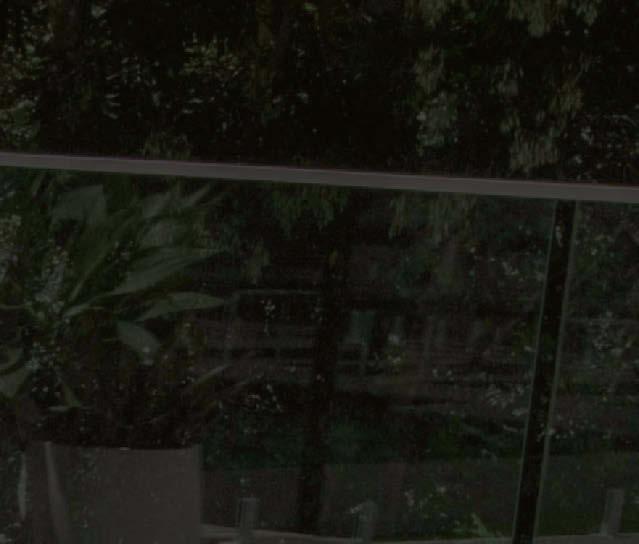
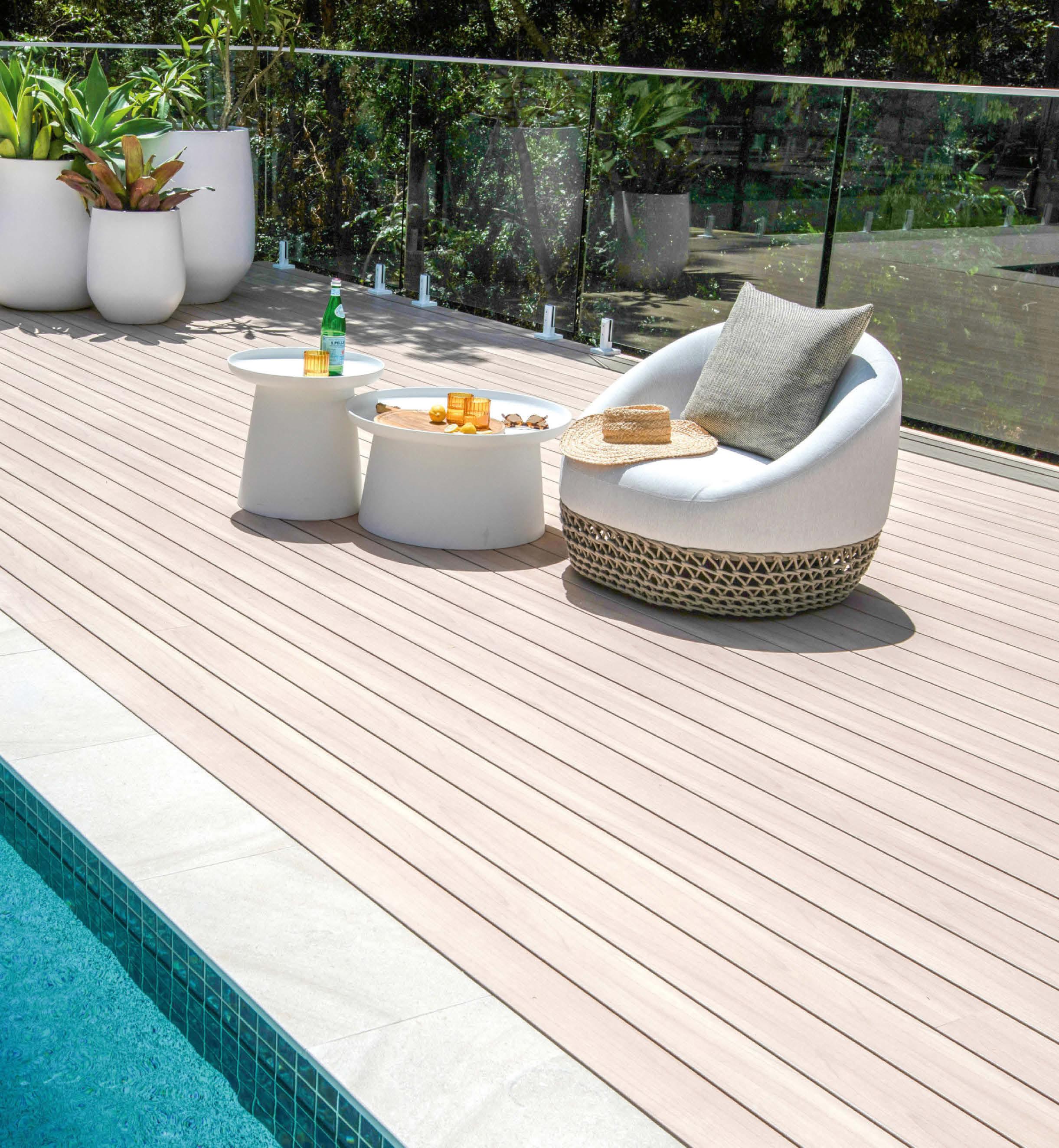


DecoDeck




With the increased use of sports fields, turf managers are being challenged to do more with less. Seasonal challenges like pests and weeds limit the quality, resilience and subsequently the durability of sports fields.

BARRICADE® pre-emergent herbicide and ACELEPRYN® insecticide provide seasonlong control of weeds and pests, which will help increase sports field durability.


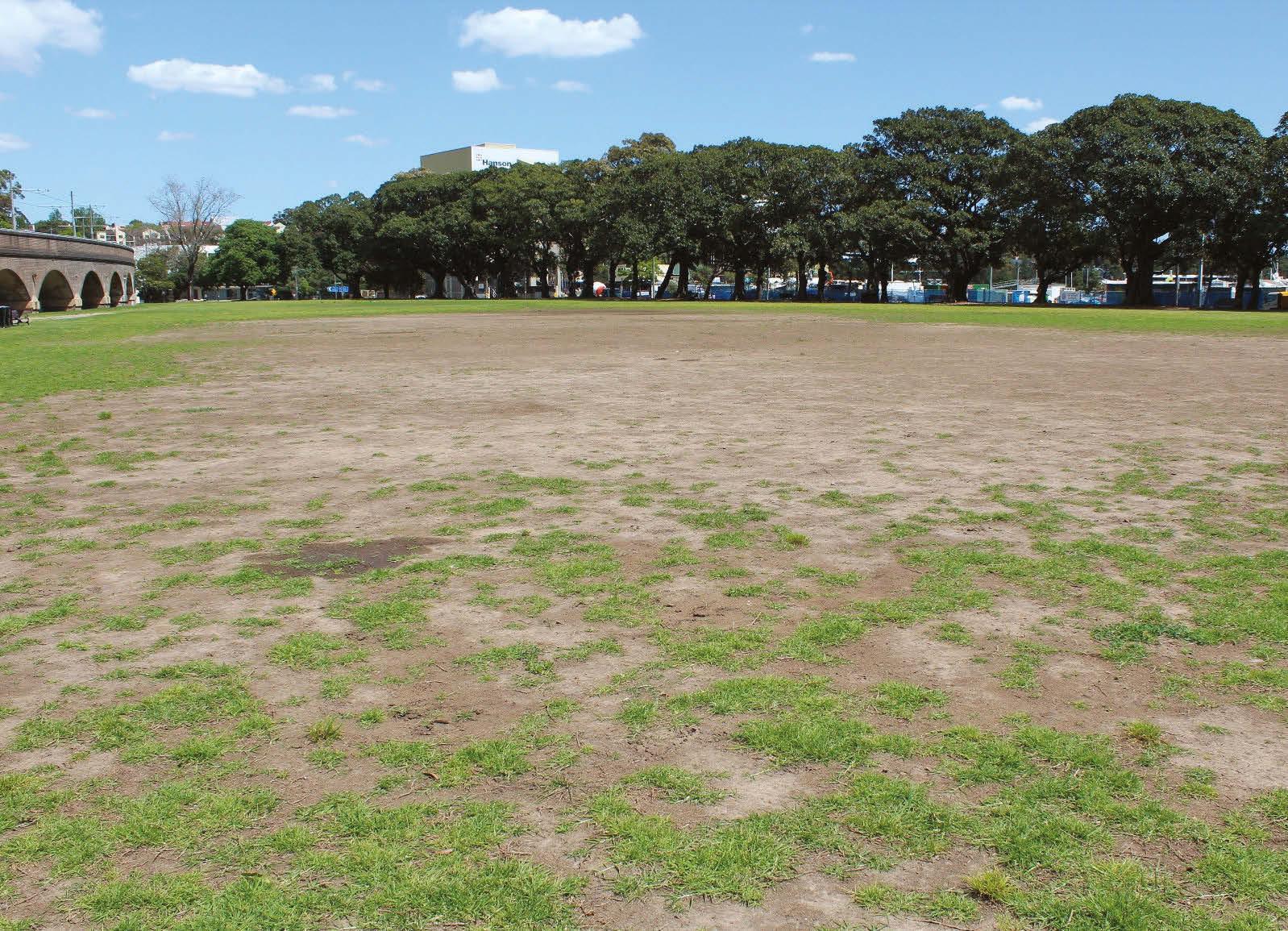



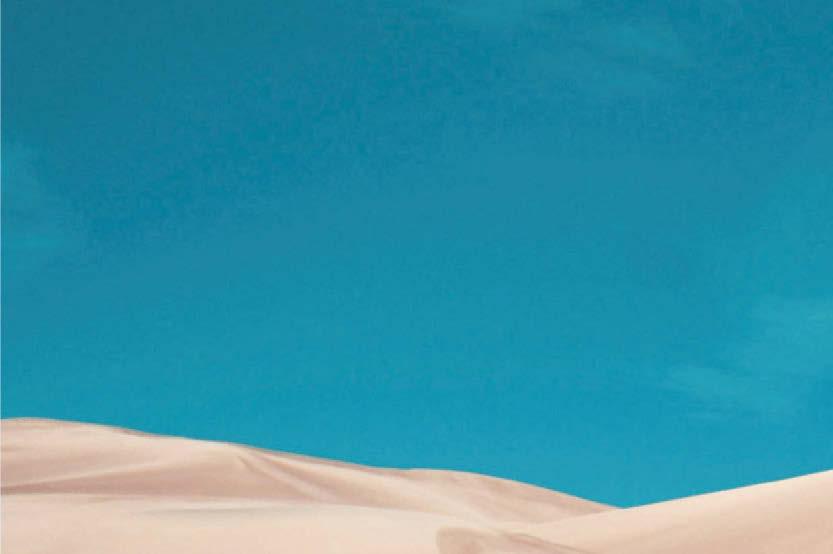



WORDS IUCN NATURE 2030


With a focus on preserving biodiversity and promoting sustainable practices, the National Trust of Fiji (NTF) Kiwa Initiative Project is leading the way in ensuring the climate resilience of the Sigatoka Sand Dunes ecosystem in Fiji. Through a combination of collaboration, awareness campaigns and community participation, the project aims to create a relationship between people and nature.

invasive management actions, and the Heritage in Young Hands Programme — of the Sigatoka Sand Dunes ecosystems, has set several objectives to strengthen the climate resilience of the Sigatoka Sand Dunes ecosystem by 2025.
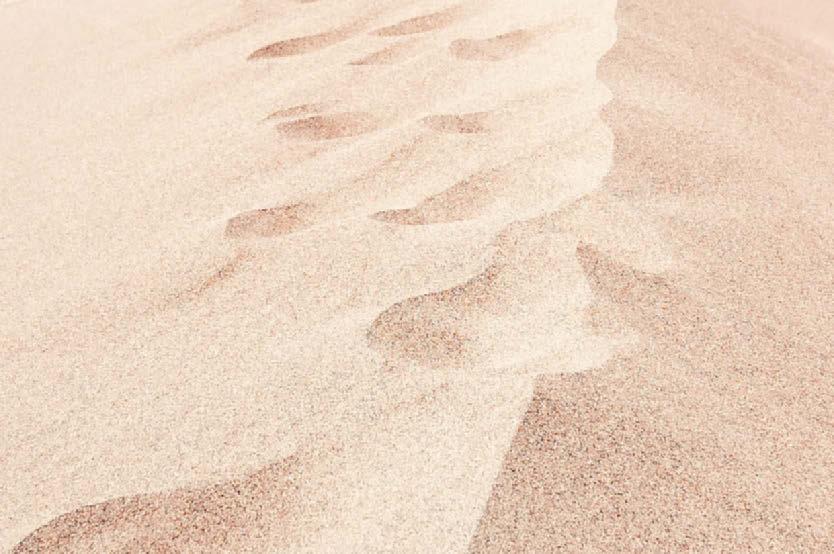
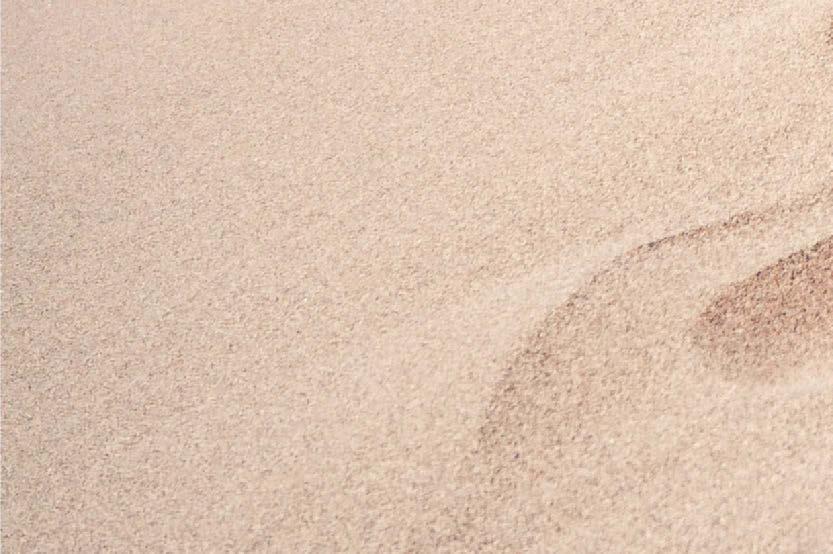
The NTF is empowering communities to deal with climate change impacts by managing Sigatoka Sand Dunes National Park sustainably. This park is important to the overall health of the Sigatoka Sand Dunes ecosystem. The project aims to establish areas where forests can grow back near the National Park with the help of both the local communities and park rangers. At these spots, they will be planting different types of trees (agroforestry), removing non-native plants (invasive species control), and preventing damage to land that hasn’t been harmed yet (avoided degradation).
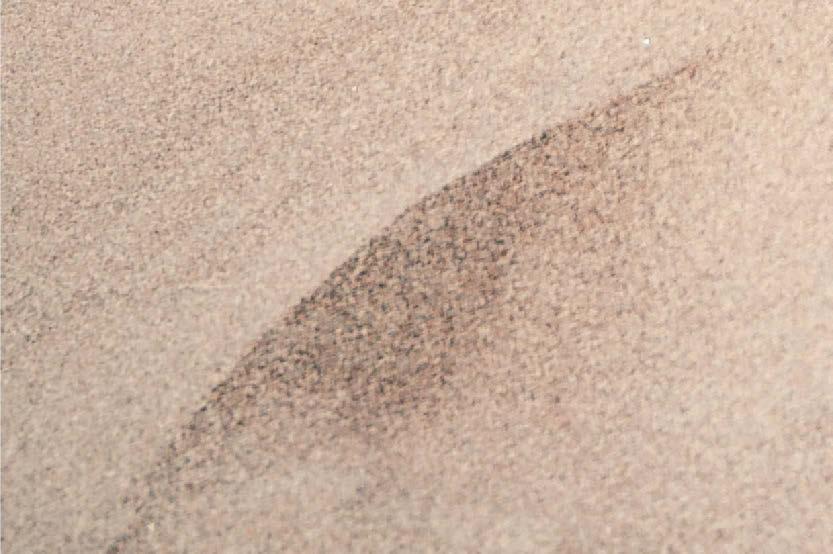
These examples set up by the community will be used for various educational activities related to nature, such as teaching about useful native plants (ethnobotany) and waste management. They will also learn about creating nutrient-rich soil using organic materials (compost projects).
The NTF project, titled Building coastal resilience — forest restoration,
One of the objectives consists of establishing three forest restoration demonstration sites, achieving 80 percent community engagement in agroforestry, and reducing the five identified invasive species throughout the Sigatoka Sand Dunes ecosystem. To achieve this, the project has been working with stakeholders to choose suitable locations for forest restoration in the National Park and Kulukulu Project areas. Activities include setting up a nursery in the National Park, managing planting stock, and developing an invasive species action plan for the selected priority invasive species.


in the agri-nursery, waste management, and carrying out Health Parks and Healthy Peoples Campaign events by the Heritage in Young Hands (HIYH) Programme. The HIYH is a five-year environmental education programme that provides an opportunity for primary school students to make a real difference in their lives and surroundings.
The project has made a lot of progress during the first reporting period, with a focus on supporting the Kiwa Initiative team and donors on visits to the project sites. Moving forward, the project aims to finalise training and awareness materials, commence replanting activities, and conduct team training in drone surveys using a multispectral camera.
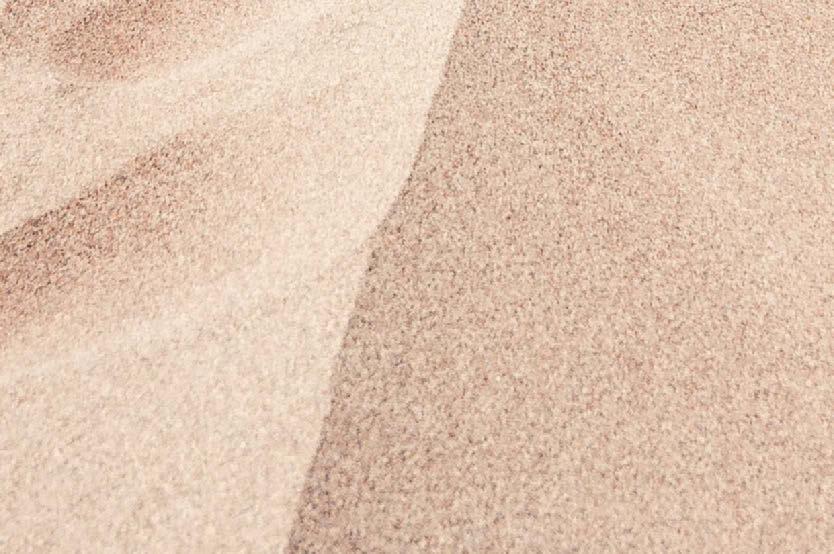
Another objective is to prevent damage to the Sigatoka Sand Dunes ecosystem due to fires. This will be done by setting up three protective barriers around it called “natural fire buffer zones”, and another barrier to its west. A fire management plan will determine priorities and species for these zones.
Lastly, the goal is to raise community awareness and encourage climate adaptation action through the publication of an ethnobotany research study on the Sigatoka Sand Dunes ecosystem, community participation



The NTF Kiwa Initiative project is a local project under the Kiwa Initiative. The initiative is funded by the European Union (EU), Agence Française de Développement (AFD), Global Affairs Canada (GAC), the Australian Government Department of Foreign Affairs (DFAT), and the New Zealand Ministry of Foreign Affairs and Trade (MFAT).
The Kiwa Initiative has established partnerships with the Pacific Community (SPC), the Secretariat of the Pacific Regional Environment Programme (SPREP), as well as the Oceania Regional Office of the International Union for Conservation of Nature (IUCN).

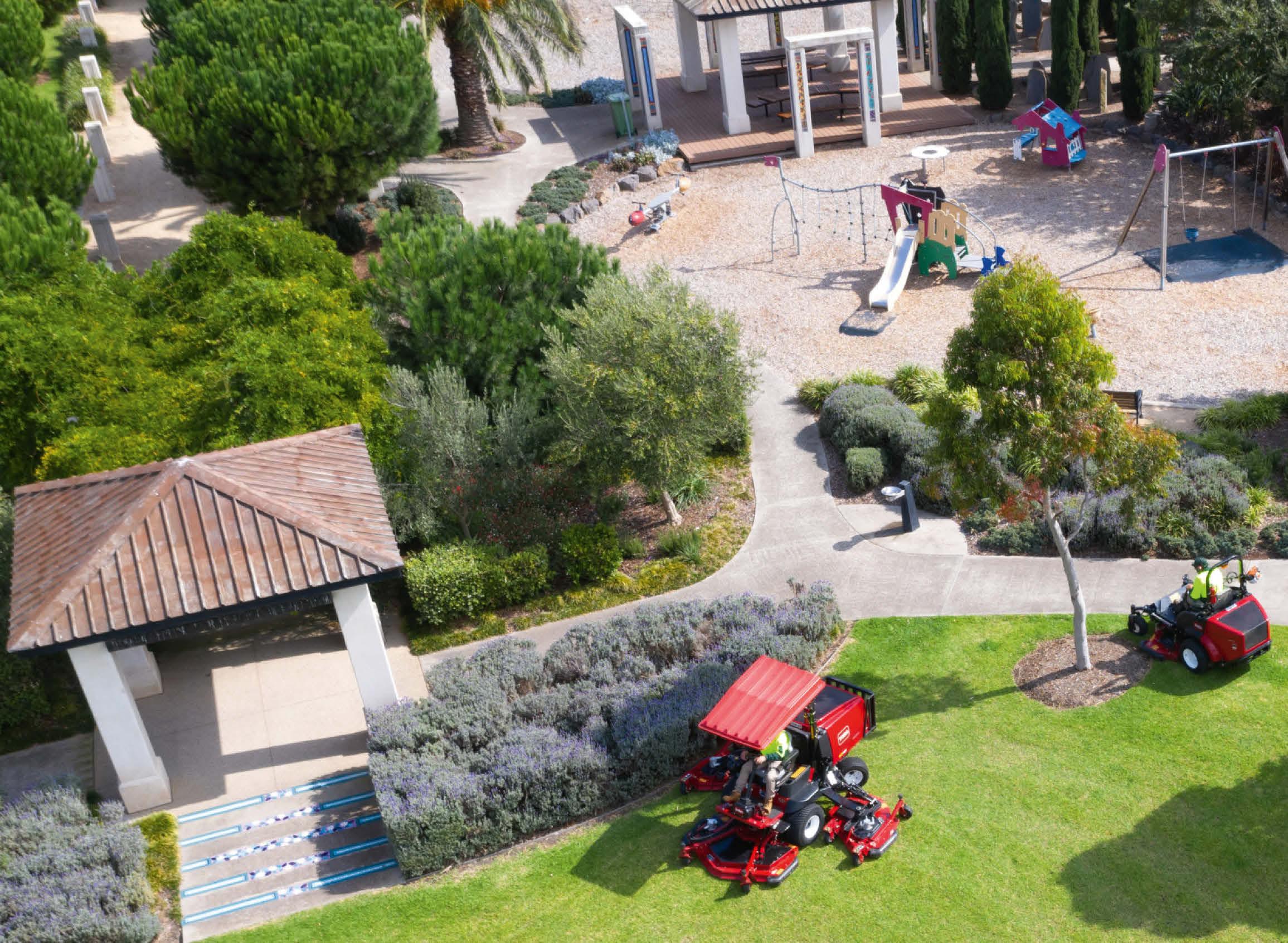

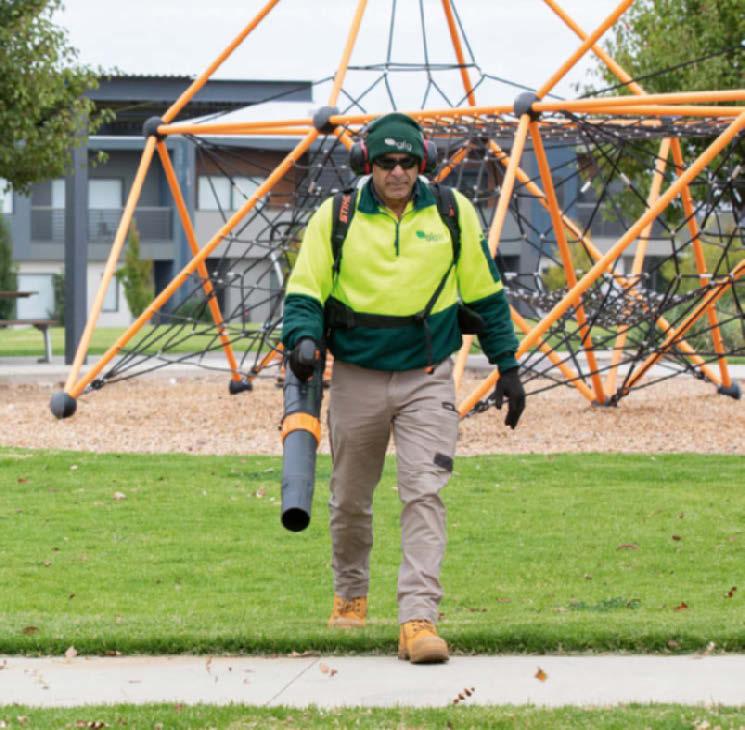
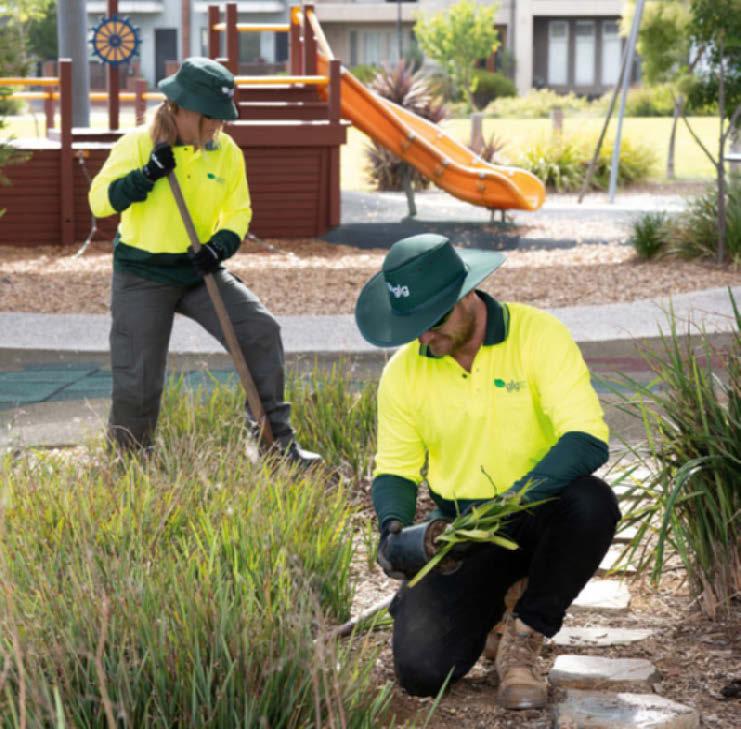



We all have bias, because bias comes from our environment. Our characters (personality) are different, they are more complex with more inputs, but bias is by and large developed by our environment. Growing up in Australia we have a full set of biases related to this country. If you grew up on the coast then your life is about surfing and the surf culture, or at least constantly seeing the coast. If you grew up in the country then you probably have a strong football or even equestrian bias. When you spend a lifetime in one place its environment is hardwired into your brain.
Working in the parks and recreation sector is no different. We see sports fields, parks and playspaces wherever we go. But because we live and work in this environment, we don’t realise that there can be different environments. We know it intellectually, but we don’t experience it.
In Australia, we are heavily biased towards sport, even if you don’t play it, you still know that it dominates our culture. This is not just sport as a physical activity but also as a psychological and societal meme. Likewise, we are surrounded by parks and green and blue infrastructure, so this influences our lifestyle, the way we build our cities and towns, and the way that
we recreate. Our brains see green and blue as our background, we just don’t realise it.
When we travel overseas, and we travel overseas more than any other people per population, we understand that other places are just that, other. But do we allow for our biases?
Recently, I undertook a two-month tour of western Europe. I did it by train, 90 percent, in fact. Seventeen different countries, 35 different cities, most of them capitals, and this whole concept of experiential and industry bias hit me square between the eyes. I travelled expecting to see parks and playspaces, sports facilities and green everywhere. Why wouldn’t I? Europe is the best. Isn’t it? I expected to learn new things, to get new insights that I could bring back. to improve our planning. Then reality hit.
In most of the cities I visited there were very few parks. The few I found were inadequately outfitted and poorly maintained. Where I could find a playground, they were unplanned and lacked even basic play value. I struggled to find sports facilities, and when I did find them, they were in weird locations — like the synthetic field perched on the side of a mountain in Barcelona.
These facilities lacked what we would classify as basic provision here in Australia, no amenity buildings, no toilets, poor surfaces. That is not to say

that I didn’t find good examples, but after a while I started to project onto facilities. What in Australia would be a very basic local playspace became a good example of inner-city provision in Europe. I was desperate to find good examples. Ninety nine percent of what I saw sucked.
The more I travelled the less I saw, and the more I realised how far ahead we are. Our playspaces are planned, contemporary and amazing, even our smallest, most basic playspaces are planned. We have more parks, more sports facilities, more GREEN. And, by and large, they are well maintained.
A couple of exceptions to this rather grim impression stood out. One was Toulouse in southern France. The city has numerous inner-city parks, as well as a major riverine park that runs along both banks of the Garonne River. One small park of note was Jardin Pierre Goudouli. This park had no real attractors, but the day that I visited there were hundreds of people in it, sitting and enjoying the sun.
Toulouse presents itself as a wellplanned vibrant, green city. Its parks are beautiful, well planned and full of people. Its tree-lined streets are a pleasure to walk down, while being clean and well maintained. Because of this, the people are open and engaging. Does the built space create this or is
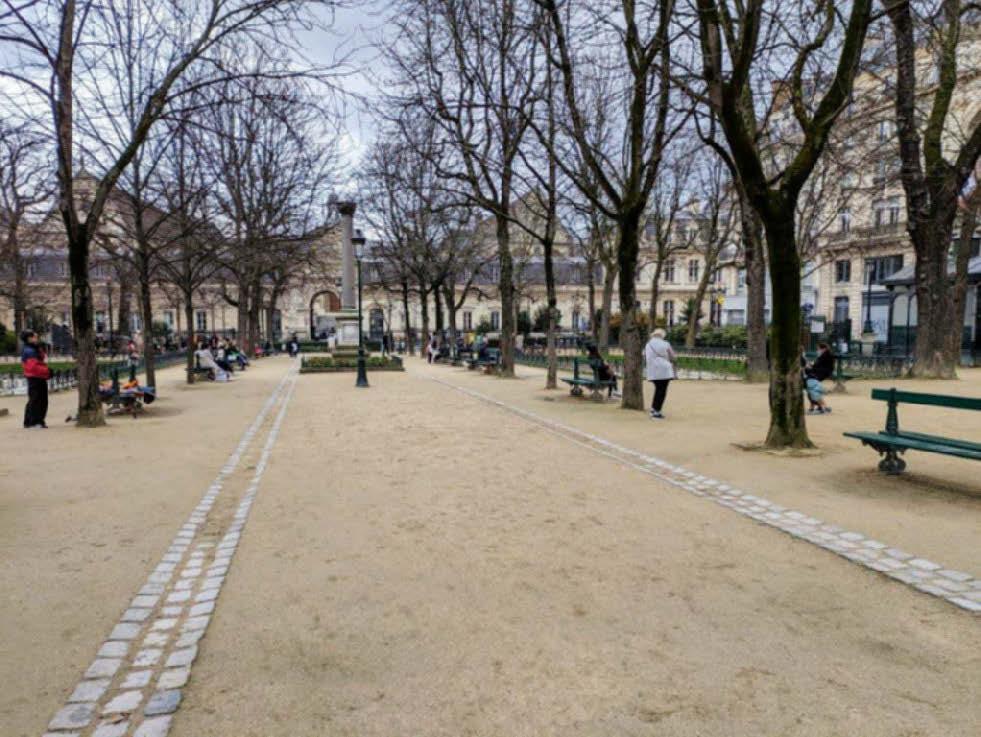

the built space, including the parks, a reflection of the people? I would say the latter.
Another standout city is Madrid. On the way into the city the abundance of trees and green stands out. They even plant trees in their industrial estates. As you can see by the summary at the end of this article it was a clear winner of the 35 cities for its provision of public open space (POS).
Madrid’s city centre is effectively ringed by large green parks. The standout is Casa de Campo park. At 2300ha it is, as far as I can tell, the largest inner-city park in the world. Set aside when the city was being formed hundreds of years ago, it is a true gift to the residents of Madrid, who use it much like residents of Sydney and Melbourne use their major parks, for walking, running and passive recreation. As you walk the tree-lined streets of Madrid the feeling of wellness and a sense of calm that comes from being surrounded by green makes the city an enjoyment.
One thing I did learn was there are two main types of parks, French and English. French parks are highly formalised, with long straight paths made from crushed granite and very formal plantings with deciduous trees. The Jardin Des Tuileries on the Seine in Paris is a good example. English parks and gardens are free-growing, likewise their paths are flowing, they have large trees, often with creeks and even rivers flowing through them. For those that have been to Hyde Park in London, this is the classic English design, and Casa de Campo is also in the English style.
Back to my bias. Once I had experienced this juxtaposition in parks enough times, I became aware of my confirmation bias towards sport, play, parks and green, and the planning of such, and how this affected how I was seeing other types of places. I then saw

these things in Europe in a whole new way. I saw them as being part of a larger whole that expressed the respective city’s history and their values. I wanted to understand this more, so I did what I always do, I put it into a table and rated all the cities that I had visited based on what I thought were indicative criteria — understanding as I did this that these criteria are what I think is important, such as how much POS, how historic the buildings, how well maintained, how much active transport was apparent, and how friendly and engaging the people appeared to me.
I came to realise that these criteria are actually symbiotically linked. A city with a historic appreciation is also a city that thinks about public open space, which also keeps the city well maintained and provides opportunities for active transport. Berlin was a good example of this.
Berlin probably has the highest percentage of POS of any city that I visited. It has the second largest innercity park that I came across, the Grober Teirgarten. Its parks are well maintained and they reflect the German appreciation for form. But at the same time, they appeared to lack approachability. They were not welcoming and I saw very few people in them. Almost as though they were going through the motions. At the same time, the city appeared too formalised. When I found a playspace, it was not new and I wouldn’t describe it as planned, but it did have good play value — Berlin is a paradox.
I know that Europe is not the world, but if anyone was going to project a world-leading example for our industry it would be them. I know that America is comparable to us, so I would imagine that I would have a different experience in the USA. Likewise Britain is comparable, and their large POS portfolio, especially in London, was
impressive. However, I walked many kilometres of London’s streets and did not see one tree. I personally think they could do better.
Therefore, my bias bubble burst. I learnt some new things, but not a lot, and certainly not what I expected. I did learn that our approach to POS is superior. Not only are our parks better and more plentiful, our play facilities are also better. Most importantly, it is obvious that we are better planners. Most of our parks are better planned, and we are planning for the future of our parks in a more holistic way. All that means the most important thing, our community outcomes are world leading.
Every one of our capital cities would be at the top of my list, based on the criteria. Well done, Australia, and our land planners and managers.
For those that are interested, and want to plan your next trip, the winner by a clear margin was Madrid. It is a standout. Their parks are plentiful, well planned and well maintained. However, it was a close thing with Prague, who also have an amazing city. The percentage of POS in the end tipped the scales to Madrid. In Prague’s favour, their historic buildings are fabulous and their active transport is comparable to most advanced cities. The loser (still thinking with a sports brain) was Marseille in France. I walked and ran most of the inner city and did not see ONE park, not even a micro park. There is NO green, very few street trees, the city is dirty, it is poorly maintained. It leaves an impression that does not reflect well on its managers. Like I said, these are just my impressions, but I do have just a little experience.
Note: The above observations relate to the inner city of each of the cities I visited. It does not consider the outer or suburban areas of these cities.
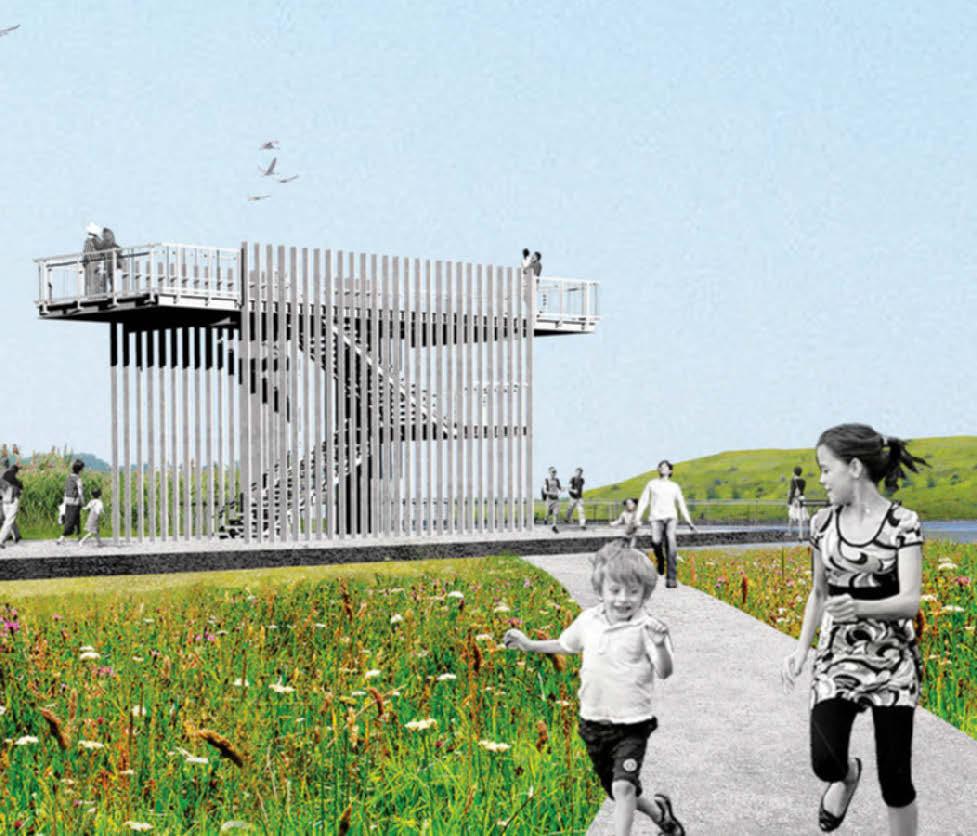
At 2,200 acres (890 hectares), Freshkills Park is almost three times the size of Central Park and the largest park to be developed in New York City in over 100 years. It also has a significant history as the site of the Fresh Kills Landfill, which was the largest landfill in the world before closing in 2001. Since then, the landscape has been engineered with layers of soil and infrastructure, and the area has become a place for wildlife, recreation, science, education and art.
The transformation of what was once the world’s largest landfill into a sustainable park makes the project a symbol of renewal and an expression of how we can reimagine reclaimed landscapes. Landfill infrastructure is essential to the park’s design, but also adds to the project’s complexity. The park’s design, engineering and ecological restoration emphasise environmental sustainability and public concern for human impact.
The Freshkills Park Alliance is working in partnership with the City of New York to transform the former Fresh Kills Landfill site into Freshkills Park. The nonprofit serves as the park’s primary advocate, championing its completion and increasing public access and engagement alongside government, civic and community stakeholders.

With a focus on sustainability and environmental reclamation, the Alliance continuously works to make the park a destination for all.
The Alliance promotes environmental research and ecological restoration and sponsors a broad range of recreational, cultural and educational programs for the public. In 2006, New York City Parks (NYCP) assumed responsibility for implementing the project using the draft Master Plan as a conceptual guide.
The Fresh Kills Landfill stopped accepting household garbage in 2001. By then, the New York State Department of Sanitation (DSNY) had already installed systems for containing and collecting landfill byproducts and started closing sections of the landfill. With the decision to shut down Fresh Kills, the Municipal Art Society (MAS) collaborated with the City of New York to sponsor an international design competition, run by the Department of City Planning. The process resulted in an illustrative park plan, known as the Draft Master Plan, designed by landscape architecture firm Field Operations. The basic framework of the plan integrates 2,200 acres of open grasslands, waterways and engineered structures into one cohesive and dynamic unit.
Freshkills Park hosts a variety of public spaces and facilities for social, cultural
and physical activity, learning and play. The site is large enough to support many activities and programs, including nature hikes, kayaking and large-scale public art, among many others.
Freshkills Park is home to a variety of habitats with a diverse array of wildlife. As a reclaimed landscape in a densely urban region, the site holds great potential for providing habitat needs to vulnerable species. Since landfill closure, a variety of plants and animals have been thriving. Native grasses were planted on the capped landfill mounds and rare grassland birds now make their home in what has become one of the largest grassland habitats in the region.
Freshkills Park presents unique opportunities to study the processes of developing ecosystems in an urban setting and to adaptively manage the reclaimed landscape to encourage species productivity.
The landfill is maintained by the Department of Sanitation (DSNY) and overseen by the (DEC). The landfill mounds have been sealed with a cap, which includes layers of soil and geotextiles. A system of wells, trenches and pipes collects landfill byproducts underground and sends them to nearby treatment plants. Air, surface water and groundwater monitoring are conducted on a regular basis.
Freshkills is defined by four landfill mounds, with tidal creeks running through the centre of the landscape. An expansive network of paths, recreational waterways and enhanced access through a system of park drives help create an animated, interconnected park.
Freshkills Park is being built out in phases. The park’s edges were opened first so that people could enjoy new parkland as soon as possible. Projects that provide direct connection to the communities surrounding the park have been given the highest priority.
The stages of the park plan include:
Schmul Park (redesigned in 2012)
Owl Hollow Soccer Fields (opened in 2013)
New Springville Greenway (opened in 2015)
North Park Phase 1 (opened in 2023)
South Park Anchor Park (currently in design)
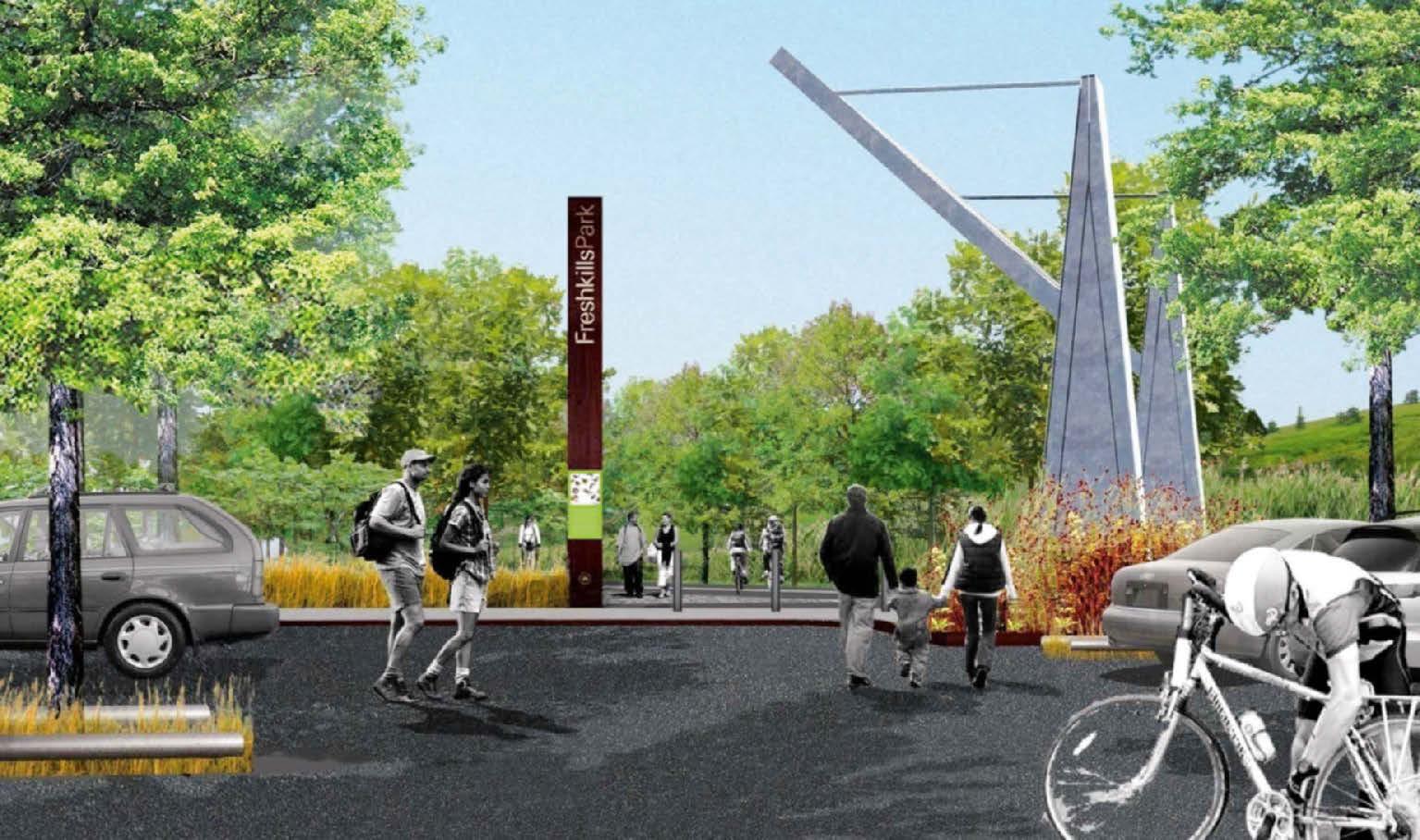
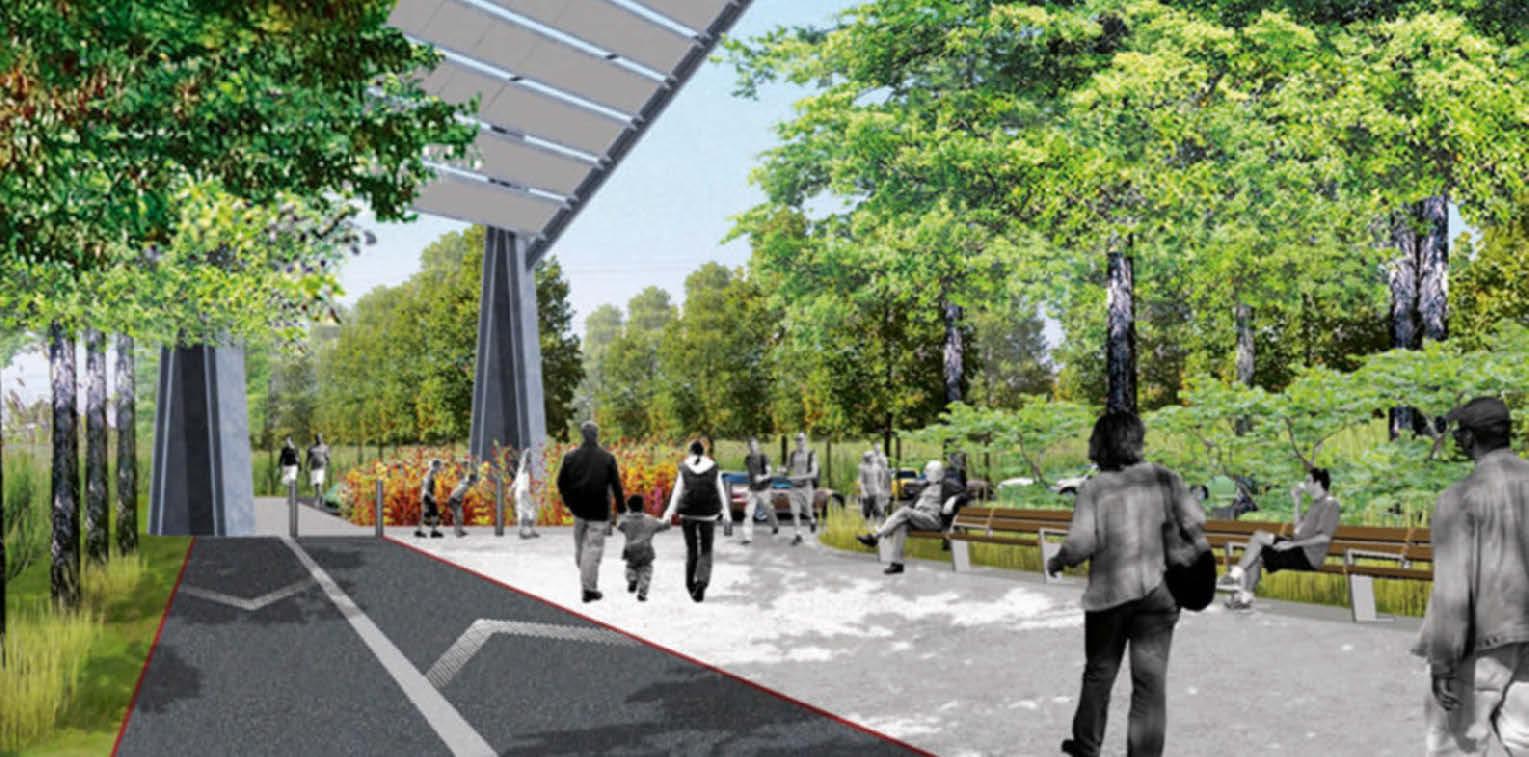


rainbowshade.com.au (07) 5580 5366 | email@rainbowshade.com.au

WORDS UNITED NATIONS ENVIRONMENT PROGRAMME (UNEP)
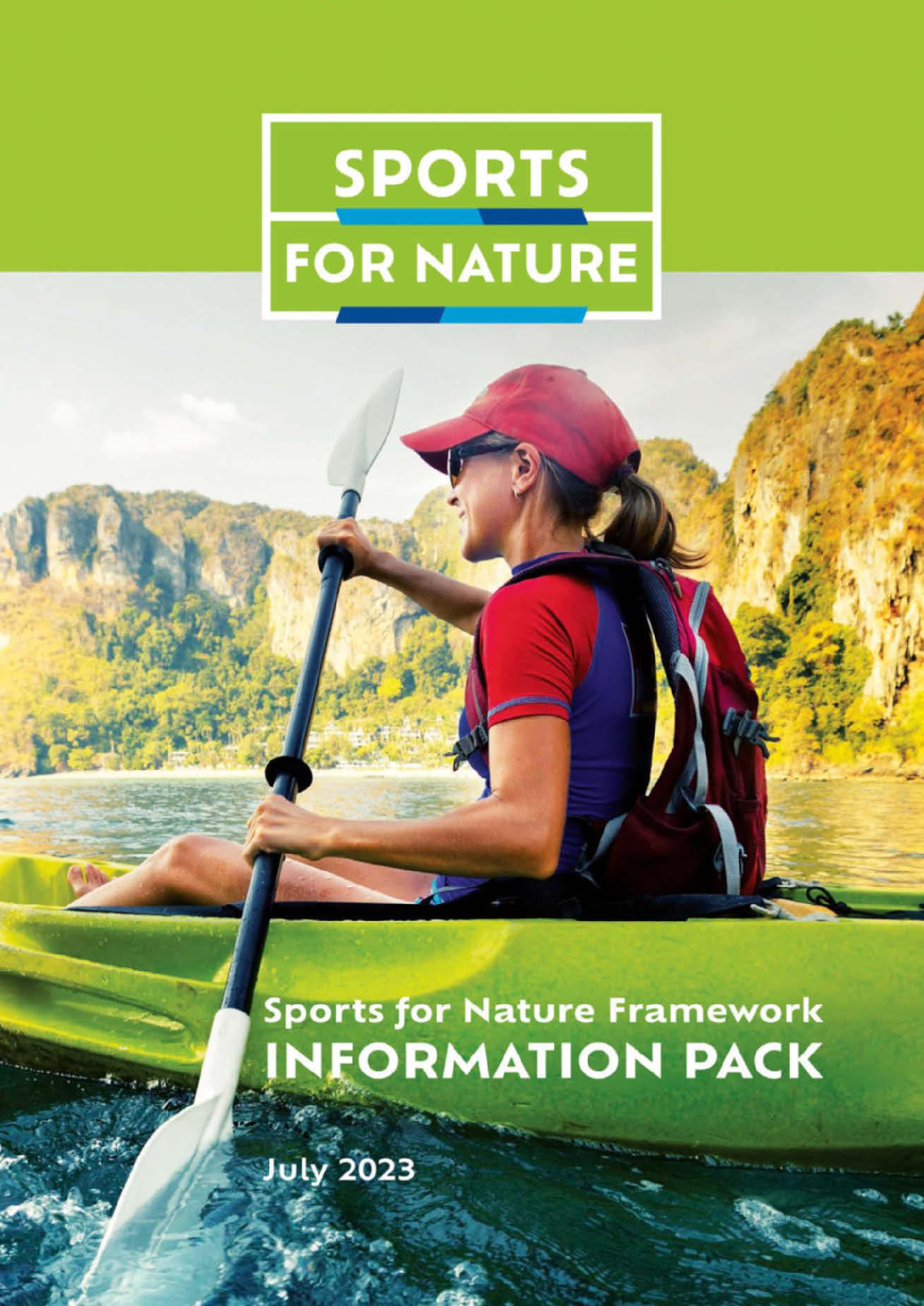
While there is an urgent need to act across all parts of society, sports have a unique opportunity to address the nature crisis. IUCN has been working with key partners on developing a Sports for Nature Framework to contribute to global efforts to halt and reverse biodiversity loss by 2030 by engaging with the sports community.
Urgent action is needed by all of society, including the sports community, to halt and reverse the loss of biodiversity and the damage to the natural world on which we all depend to sustain our health and wellbeing, and provide clean air, fresh water and food. By protecting and restoring nature, sports organisations can play a vital role in climate mitigation and adaptation both in the outdoor and
indoor environments where they play and through their enormous influence with the wider public.
Sports for Nature is a joint initiative of the International Union for Conservation of Nature (IUCN), International Olympic Committee (IOC), United Nations Environment Programme (UNEP), the Secretariat of the Convention on Biological Diversity (CBD) and Sails of Change. It aims to deliver transformative action for nature across sports by 2030 and beyond, enabling sports to champion nature and contribute to its protection and restoration. It provides a game plan for sports, at all levels, to accelerate and inspire others to take action for nature.
World renowned athletes and sports organisations joined forces recently with the governments of France and Kenya to host the first Sports for Nature event in Africa.
The dialogue, led by the United Nations Environment Programme (UNEP), together with the governments of France and Kenya and the Sports for Nature partners, explored how sports and governments can up their game to protect the environment that sports depend on.
“Without nature, sport has nothing to play on. Whether it is the snow on the slopes, the water in the rivers or the clean air in our cities, sport relies on a healthy planet. But right now, nature is not being given a chance to win,” said Ms Susan Gardner, Director of UNEP’s Ecosystem Division. “That’s why we think that Sports for Nature is critical to tap sports’ enormous potential to support the achievement of the UN’s biodiversity and restoration goals.”
Launched in late 2022, the Sports for Nature Framework brings together sports organisations from all levels, from local clubs to global sport federations that are committed to taking measurable action for nature under its four principles: protect nature, restore nature, green supply chains, and educate and inspire others to act for nature.
Ms Tegla Loroupe, the first African women to hold the marathon World Record and founder of The Tegla Loroupe Peace Foundation, said that increasing climate change and nature loss were directly affecting the performance of athletes in the region. “I can surely confirm that it is unbearable here and we need to take urgent action. A healthy planet is key to peaceful competitions and conservation.”
Mr Paul K Tergat, President of the National Olympic Committee of Kenya, also spoke about the growing threat to Kenya’s forests and urban biodiversity, which athletes depend on to practice and compete. “The trails we use can’t be exchanged with anything else. “Everything we do is intertwined or connected to nature.”
During the event on 20 March, the National Olympic Committee of Kenya became the 56th signatory, and first from Africa, to join the Sports for Nature Framework. Other signatories, including Paris 2024 and World Rugby, also shared how they are advancing their sustainability efforts.
With the Paris 2024 Olympic Games just months away, and the Africa Cup of Nations in Kenya in 2027, the governments highlighted the
SPORTSPEOPLE REQUIRE CLEAR WATER AND CLEAN AIR TO PERFORM. AS SUCH, THEY HAVE A NATURAL INTEREST IN PROTECTING THE ENVIRONMENT AND BIODIVERSITY.” YANN GUICHARD, SAILS OF CHANGE CO-FOUNDER AND IUCN PATRON OF NATURE
challenges and opportunities for major sporting events to leave a sustainable legacy for sports and the host cities.
HE Samuel Ducroquet, Ambassador for Sports for the French Foreign Ministry, said: “As hosts of the Rugby World Cup last year and the Olympic and Paralympic Games this year, we are determined to seize this opportunity to set up new criteria and new benchmarks. But sports have a global responsibility and all stakeholders involved in sports have a role to play.”
“The Sports for Nature initiative offers training and tools to sports that want to advance their nature journey,” added Mr Innocent Kabenga, IUCN’s Regional Head for Land Systems and Country Representative for Kenya.
“We hope sports teams, whatever their size, will join us and that the governments here and around the world will support sports in their mission to safeguard the environment.”
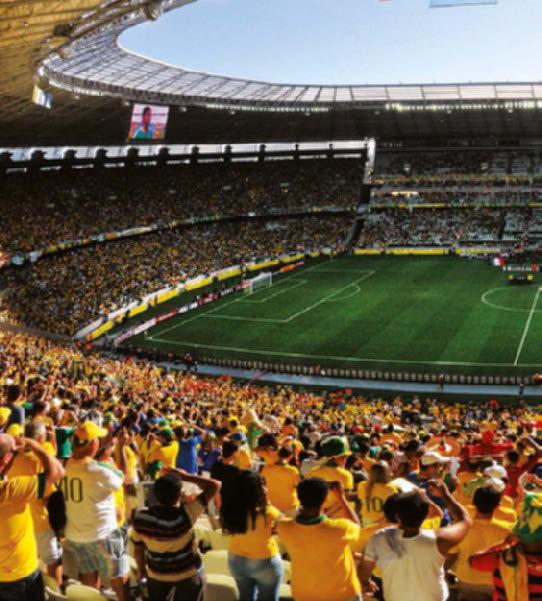
Sports for Nature is an initiative of IUCN, the International Olympic Committee, UNEP, the Secretariat of the Convention on Biological Diversity and Sails of Change. For more information visit sportsfornature@iucn.org

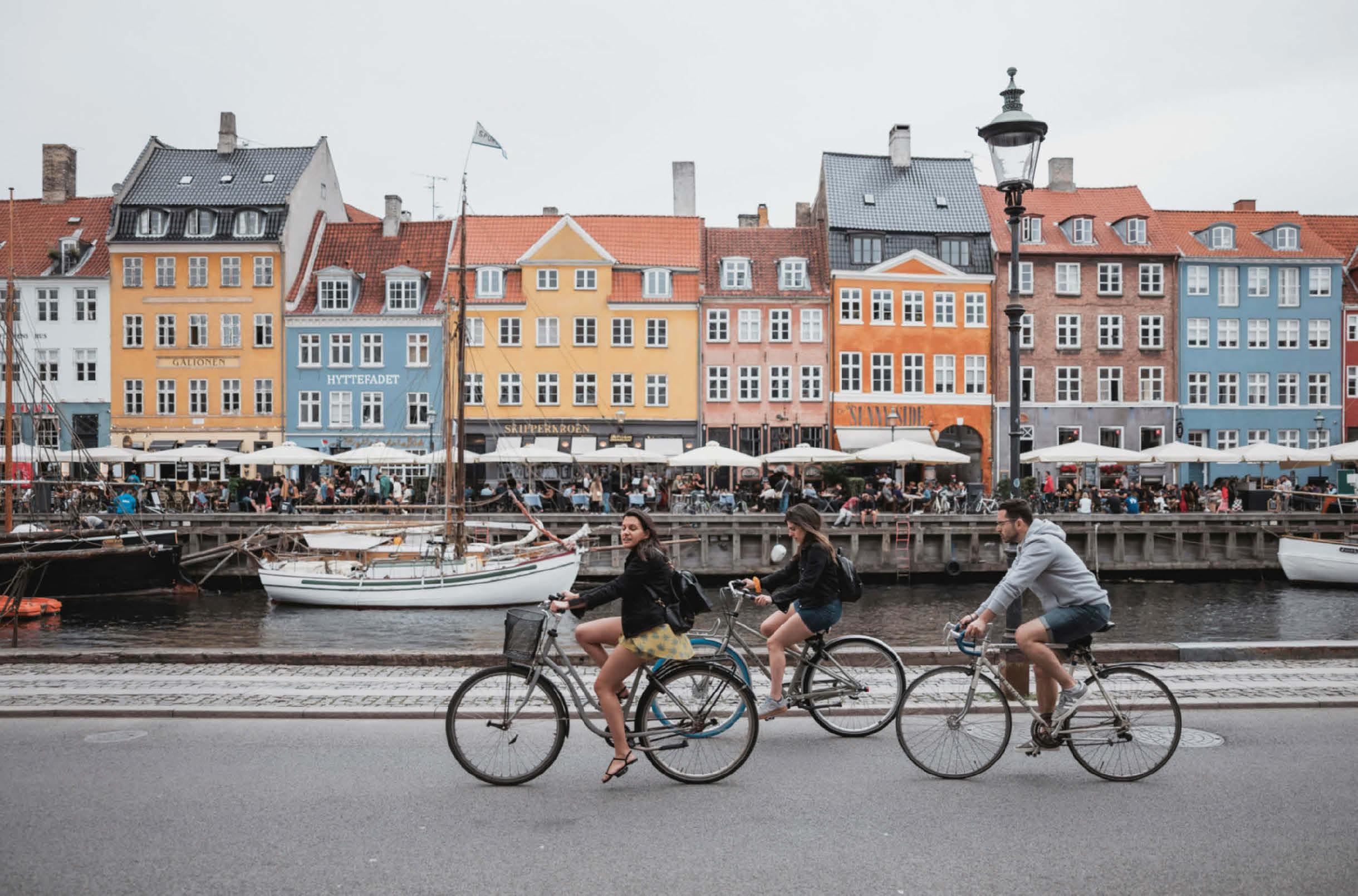
Those of us who work in road safety and transportation are deeply aware of the day-today struggles, challenges and dangers that our current transportation environment in Canada presents. Across Canada, researchers, advocates and public servants are grappling with how to address high rates of collision-related injuries and deaths on our roads, a public health crisis due to a culture of sedentary lifestyles, and designing infrastructure to make cycling and walking safer and more connected.
Now imagine you can step out of your daily routine for a moment and into someone else’s shoes in another city, another country, on another continent. Four municipal teams from across Canada, (Brandon, Saskatoon, Oshawa and Guelph) were able to do just that through a federal grant-funded research workshop (hosted by the renowned 8-80 Cities organisation) in Copenhagen, Denmark. Through
the Healthy Cities Research Initiative of the Canadian Institutes for Health Research (CIHR), these cities sent teams of five to experience, observe and learn what makes Copenhagen one of the happiest and healthiest cities in the world through street design and transportation planning measures.
The Guelph team, represented by the Mayor, Medical Officer of Health, research lead Dr Linda Rothman and staff from the City and the public health units, travelled to find out how Copenhagen designs healthy and equitable urban spaces that facilitate active transportation. The City of Guelph was specifically looking for innovative ways to use data-informed decision making in improving service delivery and infrastructure to equitydeserving neighbourhoods.
The intersection of equity, active transportation and road safety is particularly important to consider in transportation planning. Existing
research suggests that there is less road safety infrastructure (eg traffic calming measures, protected bike facilities, dedicated sidewalks) in Canada in areas with higher levels of social marginalisation.
The City of Guelph has done its own analyses of whether there are correlations between collisions involving VRUs and the degree of marginalisation of a neighbourhood. On average, the most marginalised areas of the city saw double the number of collisions involving pedestrians or cyclists compared to least marginalised areas of the city.
While cycling and walking offer many health and environmental benefits, the safety of active transportation continues to be a major public health concern for all people in Guelph, and in Canada generally, but more so in more marginalised communities. It is essential to examine the impacts of sustainable transportation interventions on
marginalised communities to determine whether their voices are being heard and their needs are being met. Important considerations include the quality of infrastructure, the connectedness of the network and the level of service provided.
Copenhagen provided a different perspective. Known for its playful public plazas, world-class architecture, pastries and bicycles, the city’s revitalisation in the 90s was supported by a new vision and path for its reinvention, the national government’s initiation of some major infrastructure projects and the refinancing of the city’s debt. The population has continued to grow since then, and Copenhagen has tackled its development challenges by adopting many sustainable urban strategies to become a regenerative city and a world leader in sustainability and health.
Part of the city’s strategic plan was to make the city less car dependent and more accessible to pedestrians and cyclists. Since the 1980s, Copenhagen has transformed from a post-war car-dominated landscape to one that is regularly in the top three best cities for cycling in the world. Recent figures indicate that more than a third of all trips to work and school are made by bike in Copenhagen and there are five times more bikes than cars in the city. The city is targeting a goal of 75 percent of trips in Copenhagen by foot, bike or public transit by 2025.
Busy boardwalks along the harbour are unencumbered with railings or safety mechanisms to prevent a fall into the frigid waters. These are all observations that the typical risk-averse North American visitor may find surprising. Much of the public space, including parks, squares and streets, is designed to encourage social interaction. When you create a city that encourages interaction, the result appears to be a higher degree of social trust.
Copenhagen clearly embodies the concept of “Cycling for All” that is emphasised by the Cycling Embassy of Denmark. That emphasis is on starting to build a safe, sustainable transportation culture with youth. The tour provided by the Danish Cycling Embassy during the workshop, informed us that as early as kindergarten, children are given balance bikes and play games in the schoolyard to gain confidence on two wheels. As they progress through their schooling, the curriculum covers technical skills, etiquette and rules of the road. The result is that cyclists in Copenhagen are very consistent in following the rules, and their predictable behaviour is easier for
other road users to anticipate and react to. The consistency can arguably prevent many collisions from happening.
This education program has been in place for decades; as such multigenerational families now encourage seniors to stay engaged and active by bike. Seniors are frequently seen riding alongside people of all other ages — there is no pressure related to speed as long as bicyclists follow the rules! Cargo bikes are growing in popularity and are used to carry children, friends and people with disabilities who are unable to independently cycle (as well as groceries and even small furniture!). In addition, organisations like Cycling Without Age provide services for the elderly and mobility-compromised to get around by trike-shaw.
What also was notable was that cyclists did not appear to be overrepresented by men, as we find in Canada. Recent studies in Copenhagen report an almost perfect gender balance in cycling when considering the numbers of kilometre ridden. This is a contrast to the Canadian situation, where a study found that there were twice as many men as women observed.
In Copenhagen, there was a need to get around, with no need for speed, in the downtown core. People dress in street clothes and use their rain gear. Bikes are basic with few speeds and with convenient baskets for storage. There are many cargo bikes, and locking up is easy with a built-in rear caliper lock that requires no bike parking.
• Asking people what they need is important to make cycling and walking accessible to all cultures, genders, income brackets and communities.
• Collecting more observational data to accompany traditional data sources can reveal how people are currently using their community and where to focus efforts on implementing infrastructure improvements and/or safety measures.
• Data is important to set targets, monitor progress and make a strong case for active transportation.
• Cycling should not just be about recreational riding on expensive carbon frames that we are afraid to lock up. We need to focus less on speed and more on practical commuting, dressing for our weather and riding comfortably.
• Bringing the benefits down to the individual level (less talk about
emissions — although we all know how important that is!) and more talk about convenience, mental and physical health benefits and reduced cost.
• Considering opportunities for shared space, social interaction and eye contact to help build more engagement within our communities.
• Integrating active transportation into elementary school physical education programs to normalise it and provide some skills training. Once a child cycles for purposes beyond just play, they are more likely to be an adult cyclist, which can lead to a cultural change in attitudes to active transportation.
• There is a culture of social responsibility evident, in terms of how people using different transportation modes interact with each other in Copenhagen. There is a sense that cyclists and pedestrians have priority over cars and, considering the destructive impact that cars can have on vulnerable road users, a transportation culture that seems to value speed over safety.
• We need to focus on optimising our built environment to encourage safe cycling and walking for all people, including children, women and seniors.


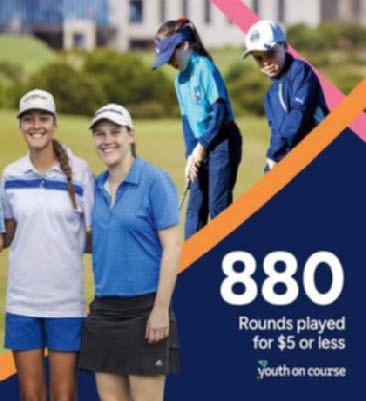
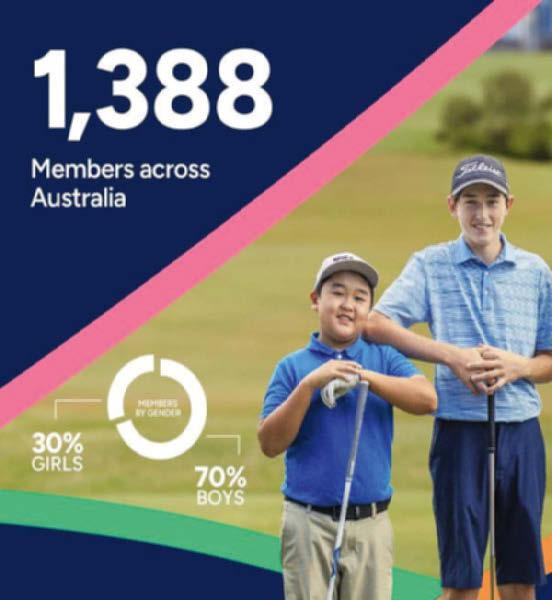


Happy Birthday TeeMates!!
What a year it has been for Australia’s newest virtual golf club for kids. With just under 1400 current members, Aussie kids are loving the connection TeeMates provides. Get in contact with Golf Australia to bring TeeMates to your local golf venues Info@golfAustralia.org.au
This edition of Research Connections provides nine articles that have been assessed as being of value for the delivery of park and leisure experiences. The four Australian articles explore issues related to sport management graduate learning, social return on investment (SROI), club-based sport and value/ benefits of sport. The international articles explain issues including life-long learning, leisure for all, diversity training, blue spaces and fee assistance program delivery.
THE EXPERIENTIAL LEARNING OF SPORT MANAGEMENT GRADUATES INTO TRANSFERABLE EMPLOYABILITY SIGNALS (2024)
Authors Grant, M T; Hanlon, C & Young, J A
Abstract Graduate employability plays a critical role during job recruitment and selection. Practical experience provides a strong foundation from which sport management graduates can signal their employability. Our Australian-based mixed-method study explored signals that managers seek from sport management graduate-entry applicants during job recruitment and selection. Semistructured interviews were conducted with 10 sport managers. Interview transcripts were deductively coded using the Experiential Learning Cycle and thematically analysed. An online employability survey, guided by Employability Dimensions, was distributed and gained responses from 166 sport managers. Analysis was conducted using non-parametric statistics. Findings revealed 10 observed signals: to assist sport management graduates indicate their employability during job recruitment and selection and for sport managers to recognise employable graduates. The observed signals comprise multiple signal indicators, developed to guide theoretical knowledge and practical application of the employability signals for graduate job applicants.
Published Transforming the experiential learning of sport management graduates into transferable employability signals. Journal of Education and Work, 1–18 Download doi.org/10.1080/13639080. 2024.2335474
Cost FREE
Authors Nieto, I; Mayo, X; Davies, L; Reece, L; Strafford, B W & Jimenez, A Abstract Background Physical activity and sport (PAS) have been related to many health outcomes and social benefits. The main aim of this research is to build a Social Return on Investment (SROI) model of PAS based on experts’ opinion to clarify the domains of impact and how to measure and value them. Methods and Analysis A Delphi method will be employed with a systematic review on the SROI framework applied to PAS and initial interviews with experts informing the design of the Delphi survey statements. Three iterative rounds of communication with the expert panel will be carried out. Participants will indicate their level of agreement with each statement on a fi ve-point Likert scale. During the second and third iterative rounds, experts will reappraise the statements and will be provided with a summary of the group responses from the panel. A statement will have reached consensus if ≥70% of the panel agree/strongly agree or disagree/ strongly disagree after round 3. Finally, group meetings (3–4 experts) will be conducted to ask about the measurement and valuation methods for each domain. Discussion The fi nal goal of this project will result in the design of a toolkit for organisations, professionals and policymakers on how to measure the social benefi ts of PAS.
Published Consensus on a social return on investment model of physical activity and sport: A Delphi study. Frontiers in Sports and Active Living. Vol 6. 5 April 2024
Download doi.org/10.3389/fspor .2024.1334805
Cost FREE
Authors Eime, R; Westerbeek, H; Pill, S & Reece, L
Abstract The traditional model of community club-based sport is fi ne for those, particularly children and youth, who enjoy the competitive focus and have the skills and commitment to play. But societal preferences during leisure time have changed dramatically over recent decades. However, sport organisations have made limited progress in response to these changes in providing ways in which children and youth can participate outside the traditional competitive structures and environments. In this paper the context of community club-based structures is reviewed leading into an assessment of the associated impact of these structures on sport participation. Children and youth’s current motivations to play sport including what makes sport fun to play, are considered. It is then demonstrated that the associations between motivations to play sport and the factors that contribute to fun and enjoyment, are often misaligned for many individuals, with a primary focus on competition-based structures to deliver community club sport. In the final part of the paper a model for community sport organisations where people are put fi rst is proposed — Sport4Me. Sport4Me is about flexible, inclusive, equitable sporting opportunities that focus on friends, fun, physical literacy and play. The model would complement the traditional competitive club-based model and afford participants more choice whilst fostering an environment that promotes lifelong involvement in sport. This model will require structural and cultural changes to the sporting environment and include coaching practices. Sport4Me is an evidencebased model, but it is not radical in its conceptualisation but rather, builds on previously proposed approaches, considers the needs and wants of
potential sport participants and widens the scope of sport delivery.
Published Sport4Me: A people focused approach to engaging Australians in sport. Frontiers in Sports and Active Living. Vol 4. January 2023. Download doi.org/10.3389/ fspor.2022.1087182
Cost FREE
Author Clearinghouse for Sport
Abstract The measurement of the sport sector’s economic contribution to the Australian economy is multilayered, including direct, indirect, and induced economic activities, increased workforce productivity, and the value of volunteers. Outside of standard economic value categories there can also be a notional sense of ‘value’ related to personal and community wellbeing and national pride derived from sport participation or perceived affiliation with sport. It is also worth sharing the closing statement: The adoption of consistent methodology and improved data currency and availability would help to address these challenges and strengthen the evidence base for the return-of-investment of sport for individuals, the community and the broader Australian economy.
Published The Value and Benefits of Sport: Economic. Australian Sport Commission. 8 April 2024
Download clearinghouseforsport.gov. au/kb/vb-economic
Cost FREE
Authors Lee, K E; Lee, K; Min, H Y; Park, S H & Heo, J
Abstract Lifelong learning is an activity undertaken throughout one’s life to gain knowledge, skills, and values. Lifelong learning plays a signifi cant role in society as well as in the lives of older adults. This study aimed to explore the concept of lifelong learning as leisure and the lifelong learning experiences of middle-aged and older adults. We recruited 14 lifelong
learning students (male: 7, female: 7), whose ages ranged from 50 to 78years (mean age = 54.9years). We conducted in-depth interviews and used interpretive phenomenological analysis (IPA) to derive fi ve central themes, namely, from leisure to work, challenges of learning, the joy of efforts, interpersonal and intrapersonal benefits, and student identity. The findings demonstrate the value of lifelong learning in later life and the benefits of lifelong learning as leisure. Published Learning is Like a Preservative: Lifelong Learning as Leisure. Leisure Sciences, 1–17 Download doi.org/10.1080/01490400. 2024.2335924
Cost $53 (USD)
Authors Demirbas, G; Tomlinson, A & Turner, M
Abstract This special issue seeks to unpack the signifi cance of leisure as a public good and a form of human/ citizenship rights. This, we argue, is a relatively neglected topic across the multi- disciplinary fi elds of social sciences, including leisure studies (see Veal 2015). Although leisure has been subject to the interrogation of important issues such as inequality, social justice, socio-spatial belonging, wellbeing and many more, limited attention has been paid to its political/ ideological nature and its importance as a fundamental human/citizenship right. Following Veal’s (2015) critique of the literature on the lack of attention on leisure as a universal human right, the fi eld has to some extent put the topic on its agenda (Caudwell and McGee 2018; McGrath, Young, and Adams 2017). Yet, the human right dimension is only one aspect that deserves attention, and there is also another line of thinking that has always been present but never been dominant in the fi eld: we refer to the question of citizenship and democracy. At times, scholars have reflected on the role of leisure in contributing to a democratic citizenship (Hemingway 1999, 150); in transforming individual characterization from ‘consumer’ to ‘active citizen’ (Glover 2004); and in
its ‘constitution as a public, collective realm where discussions about society can take place’ (Mair 2002, 213). Indeed, at a critical juncture produced by pressing global issues, such as the worldwide financial crisis of 2008, the Covid-19 pan- demic, and the climate crisis, the importance of treating leisure as a public good and a fundamental right has perhaps never been so critical. The Covid-19 pandemic, for instance, is certainly a rupturing moment and transformative event in the sphere of leisure and leisure policymaking. It brought forth how every aspect of our lives, including our access to leisure space and time, is shaped through political decisions, and demonstrated the extent to which human/citizenship rights matter in such moments of common threads and collective responsibilities. Leisure is, thus, inherently political.
Published Leisure for all: reclaiming the right to leisure. Annals of Leisure Research, 1–10
Download doi.org/10.1080/11745398.2 024.2333278
Cost $53 (USD)
I
Authors Meerts-Brandsma, L; Legg, E & Lackey, N Q
Abstract As a public leisure service, parks and recreation is philosophically oriented and legally obligated to be accessible. However, a misalignment between who works for agencies and the communities they serve can perpetuate existing power dynamics where decision-makers refl ect the mainstream population. In some cases, this dynamic may slow the rate at which agencies become more inclusive and equitable. This study used a socio-ecological framework to qualitatively investigate the experiences of diverse parks and recreation professionals (N = 20) with the aim of identifying supports and challenges they have experienced. The fi ndings were largely consistent with workforce diversity literature but also offered
unique considerations. For instance, as a public service, diverse employees manage biases from coworkers but also from the community members they serve. Additionally, the recreation workforce is often recruited from former participants, emphasising the importance of promoting leadership that can advance policies and practices focused on equity and inclusion. Published I Am Not Diversity Training: Exploring the Experiences of Diverse Parks and Recreation Professionals Through Socio-Ecological Systems Theory. Leisure Sciences, 1–22 Download doi.org/10.1080/01490400. 2024.2335940
Cost $53 (USD)
PHENOMENOLOGICAL
INTO THE WELLBEING BENEFITS FOR CHILDREN ENGAGING IN PHYSICALLY ACTIVE PLAY IN COASTAL ENVIRONMENTS (2024)
Authors Rouse, E & Wishart, L
Abstract Increasingly early years education recognises the value of engaging in natural play environments for young children’s health and wellbeing. Whilst the focus of nature-play usually centres around children’s engagement in bush settings, this paper examines the connections between children’s health and wellbeing, when beach settings become the play and learning environment. A case study of an outside school hours program operating in Coastal Victoria, Australia, was undertaken examining the lived experiences of the children participating in the program as well as the reflections of the educators regarding the way the children are connecting with place, and how this is impacting their wellbeing, spiritual and physical development. Drawing from van Manen’s life world existential of lived space, preliminary findings show that coastal settings afford children authentic and intrinsic opportunities through which their emotional, spiritual and physical wellbeing is enhanced in ways that may not always be afforded
through more organised or structured physical activities.
Published What does it feel like to be in a blue space nature play program? A phenomenological investigation into the wellbeing benefits for children engaging in physically active play in coastal environments. Journal of Adventure Education and Outdoor Learning, 1–14
Download doi.org/10.1080/14729679
.2024.2335553
Cost FREE
Authors Fortune, M & Oncescu, J
Abstract Rationale To critically examine fee assistance programs (FAPs) through the lens of responsibilisation and discuss the implications of creating access to sport for low-income families. Method Semi-structured interviews were conducted with 12 volunteers and administrative staff from community sport organizations in New Brunswick who facilitated FAPs for their organisations. Findings Four themes were constructed and discussed, illuminating how FAPs responsibilise low-income families: (1) Don’t advertise, don’t share: Applicants do all the work; (2) Passive but efficient: Processes of FAPs; (3) It’s always the parent: Communication of FAPs; and (4) You have to take ownership: Families need to be accountable. Practical Implications This study is valuable to practitioners interested in understanding how FAPs may cause harm by excluding low-income families. Research
Contribution This study demonstrates how responsibilisation is evident in facilitating FAPs in community sport organisations in New Brunswick and the consequences of creating access to community sport.
Published Hands off: Responsibilising low-income citizens through fee assistance programs. Managing Sport and Leisure, 1–15
Download doi.org/10.1080/23750472. 2024.2332673
Cost $53 (USD)
CALL FOR ARTICLE ABSTRACTS AND REPORTS
AAbstracts of research projects and reports of interest to PLA members are always welcome. Please forward material or enquiries to PLA Advisory Research research@parksleisure.com.au
Have you completed a report that may be of interest to your Australian parks and leisure colleagues? You can share it via PLA’s PaRC platform at parksleisure.com. au/library/. For more information contact PLA Advisory Research at research@ parksleisure.com.au
This edition was compiled by Steph McCallum-Keily and John Tower of PLA Advisory.
The worlds of academic research and those that deliver recreation, sport and other leisure opportunities have largely existed side by side but relatively separately for a long time. Both sectors have continued to flourish as we increasingly see the value of our industry gain recognition as a critical part of our communities and our daily lives. While it certainly wasn’t the start of the increasing recognition of the importance of physical activity and the places that facilitate it, the Covid-19 pandemic brought its importance to our lives into sharper focus. Physical activity opportunities, even in their simplest form, such as going for a walk outside, and appreciation of our parks and open spaces took on a special significance for most of us during the pandemic. Physical activity outdoors became a vital tonic to relieve some of the stress and uncertainty that flowed from the global pandemic.
Being considered the remedy or part of the remedy for the various issues within our communities is not new territory for the parks and leisure industry. That we receive positive physical and mental health benefits from regular participation in physical activity is now indisputable. Increasingly, recreation, sport and other leisurerelated pursuits are being viewed as part of the solution to the growing epidemic of loneliness and social isolation sweeping across many nations and communities. Similarly, the industry is seen as a potential solution to tackling
youth crime, facilitating inclusion of marginalised or excluded groups, developing civic pride, generating economic activity (through building infrastructure or organising events) and even as a way to build relationships between communities and nations. Public sector funding agencies are now even providing dedicated funding opportunities to tackle some of these specific issues. It seems the potential for our industry to have a positive effect on the lives of many parts of our communities is limitless.
While this is definitely a positive for the industry, when we consider that it is set against a backdrop of increasingly sedentary lifestyles, a spike in the amount of time we spend working (particularly since the pandemic) and increasing competition for public funds, there are certainly a range of challenges that also need to be negotiated. Given the large slice of the industry funding pie that comes from the public sector, the increasing requirement to articulate the cost-to-social-benefit ratio of funded initiatives is another challenge. Being able to take advantage of the many opportunities for the broader industry to make significant impacts on our lives and communities, while simultaneously being able to understand the impact of global trends and significant shifts in our ways of living, is probably beyond any individual sector of the parks and leisure industry. The ability to understand then respond to the wicked problems that face us will require collaboration across the industry, at a greater level than ever before.
Greater collaboration between academia and practitioners needs to be at the forefront of this. We need a better understanding of the forces driving change, a better evidence base so we can advocate with the confidence that comes from certainty and the ability to continually improve our offerings to communities we serve. At the 2023 National Conference in Adelaide, the PLA Advisory team hosted a workshop of academics and industry practitioners to explore the potential for greater collaboration and collate the thoughts of participants on potential areas for that collaboration. The results from a well-attended workshop showed the most popular theme raised was the opportunities for collaboration, which was more than twice as popular in a thematic analysis than any other theme.
PLA Advisory has now established a working group to explore how we can work together to better connect academic researchers and PLA members.
Is there an opportunity for your organisation to reach out to a government organisation, local council, service provider or researcher to bring different views to solving a common issue?
It’s only through genuine collaboration that we will be able to tackle some of the wicked problems facing the industry.
If you are interested in joining the PLA Advisory working group please contact plaadvisory@parksleisure. com.au
THE AUSTRALIAN SPORTS TURF MANAGEMENT CONFERENCE
17 June 2024
Brisbane Convention and Exhibition Centre astma.com.au/conference
NATIONAL SPORTS AND PHYSICAL ACTIVITY CONVENTION
27-28 June 2024
Melbourne Convention and Exhibition Centre nationalsportsconvention.com.au/
MINISTRY OF SPORT WOMEN IN SPORT SUMMIT
24 July 2024
Gold Coast ministryofsport.com/womeninsport
NEW ZEALAND
GREEN PAVLOVA
29-31 May 2024
Christchurch, New Zealand nzrecreation.org.nz/Site/events/ greenpavlova.aspx
WAVES CONFERENCE
28-31 Aug 2024
Wellington nzrecreation.org.nz/events
RECREATION CONFERENCE
13-15 November 2024
Auckland nzrecreation.org.nz/events INTERNATIONAL
GREATER & GREENER
21-25 June 2024
Seattle, USA greatergreener.org
FUTURE GREEN CITY WORLD CONGRESS, WORLD URBAN PARKS
23-26 September 2024
Utrecht (Netherlands) fgc2024.com/
NPRA ANNUAL CONFERENCE 8-10 October 2024
Atlanta conference.nrpa.org
PLA EVENTS
PLA NATIONAL CONFERENCE 13-16 October 2024
BCEC, Brisbane, QLD parksleisure.com.au
PLA WA STATE CONFERENCE
19-20 November 2024
Hyatt Regency Perth, WA parksleisure.com.au
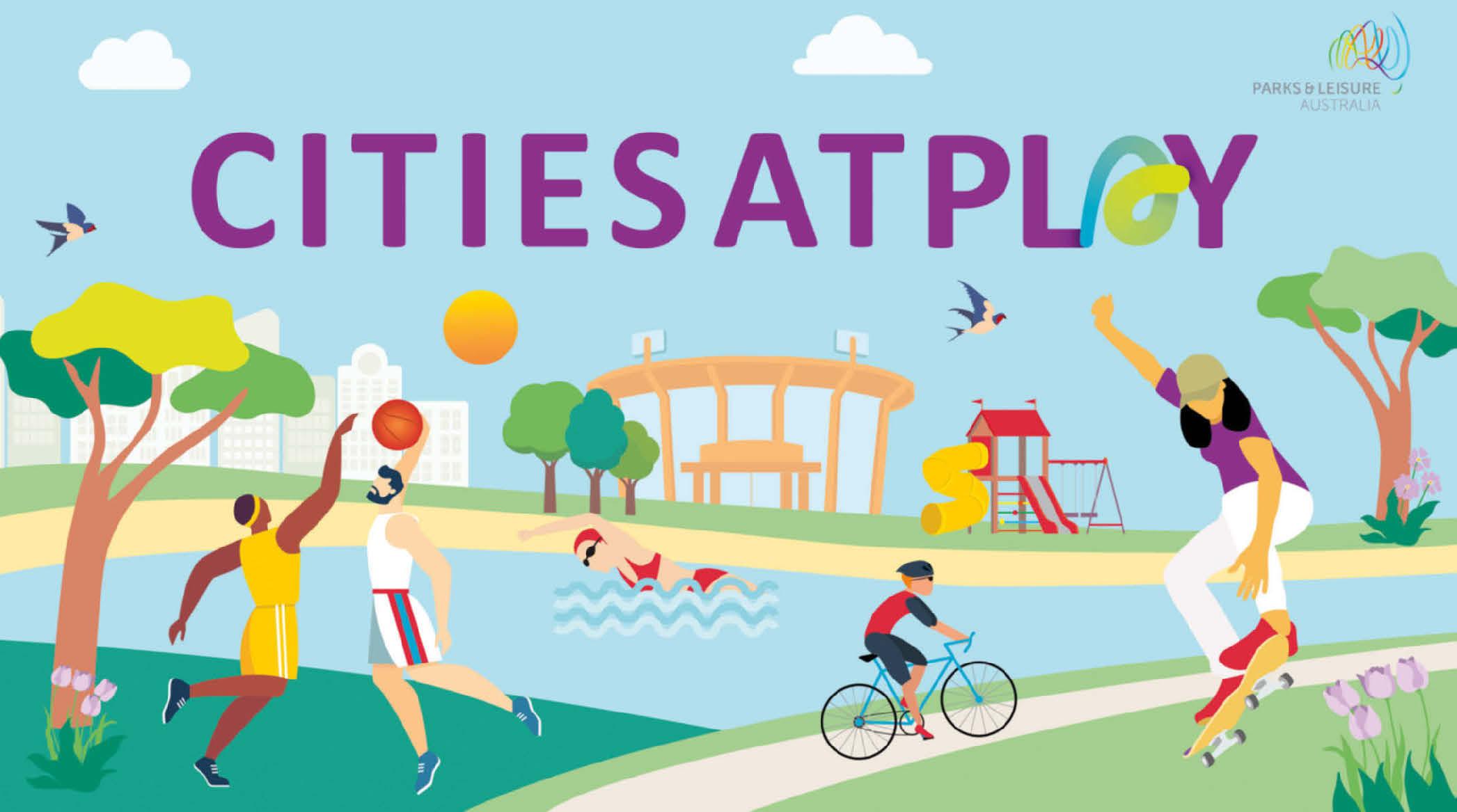
Join our Facebook community to:
• Get the best bits of the quarterly Australasian Parks & Leisure journal
• See photos of regional and national award winners and guests
• Read about topical industry news
• Stay abreast of national conference activity before, during and after the conference
• Discover what seminars and events are going on in your area
• Receive news and live updates from official PLA events
• Access quick, up-to-the-minute conference news
• Speak one-on-one to managers in your PLA community about your organisation’s projects
• Discover and network with like-minded people in your industry
• Unearth industry seminars and events going on in your area
• Read hand-picked articles from the quarterly Australasian Parks & Leisure journal that matter to you, your organisation and your industry


















